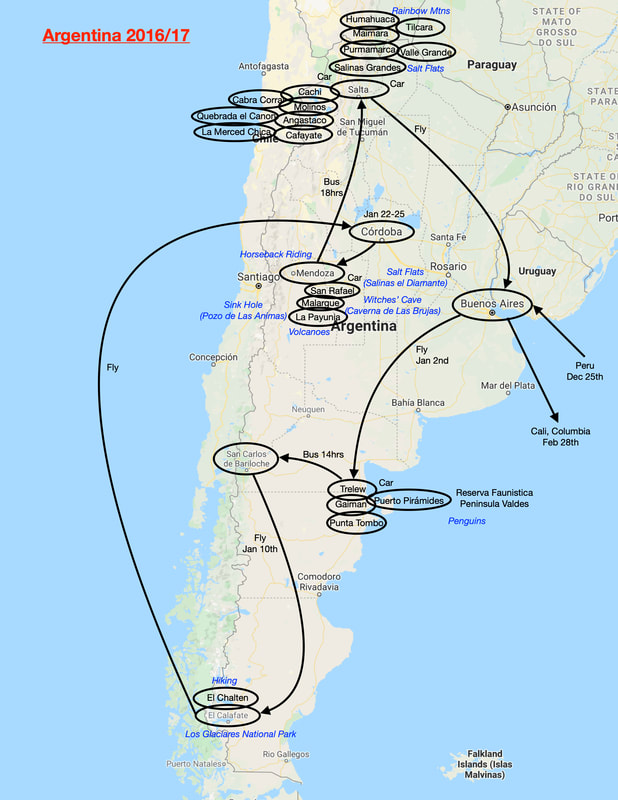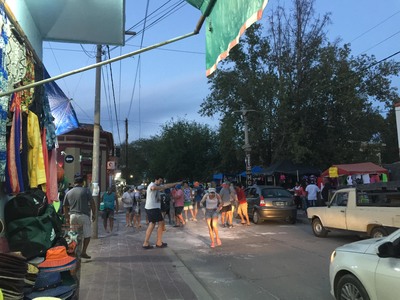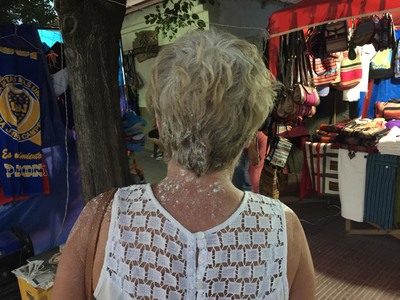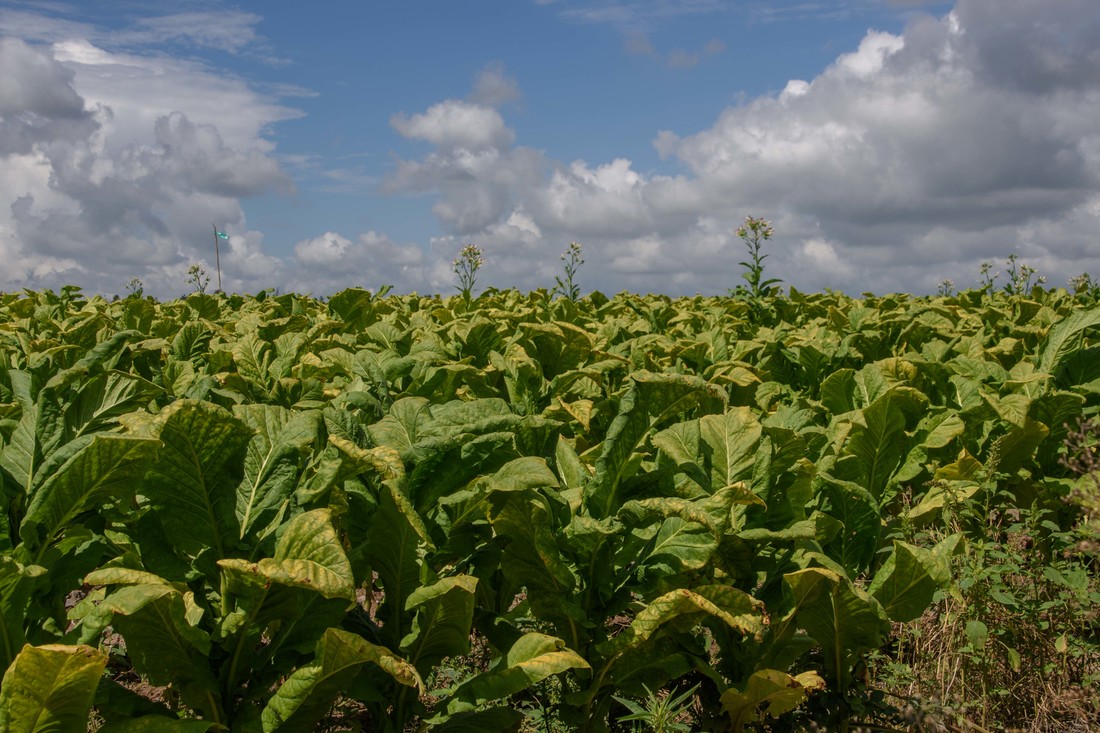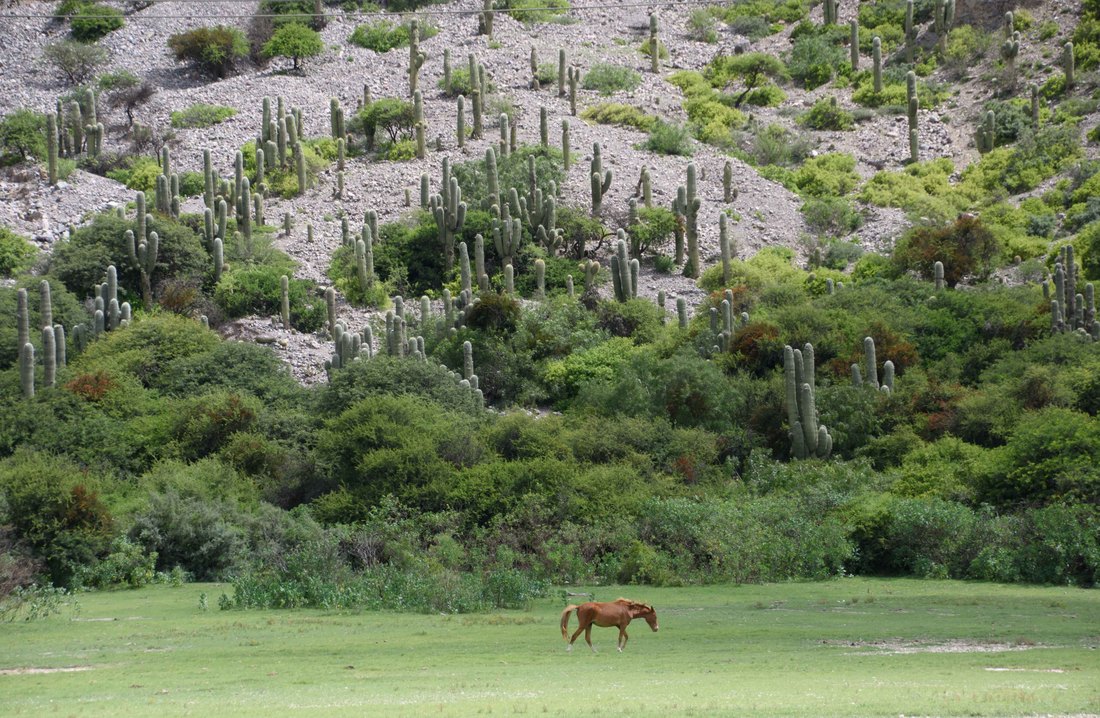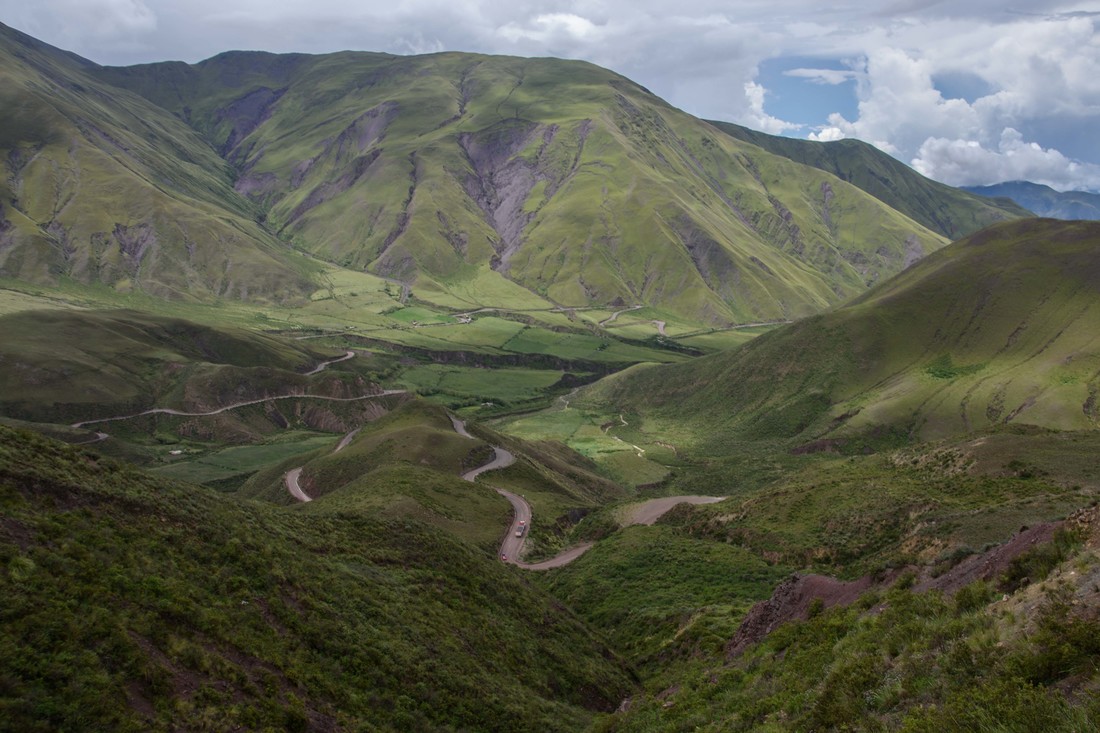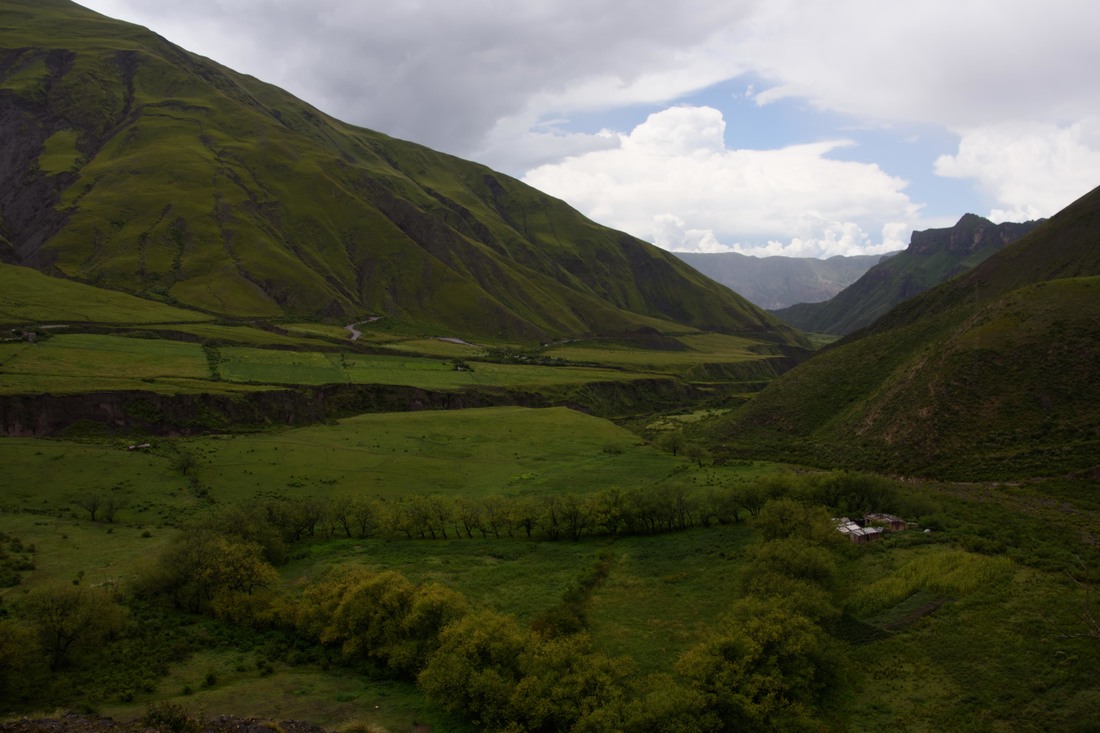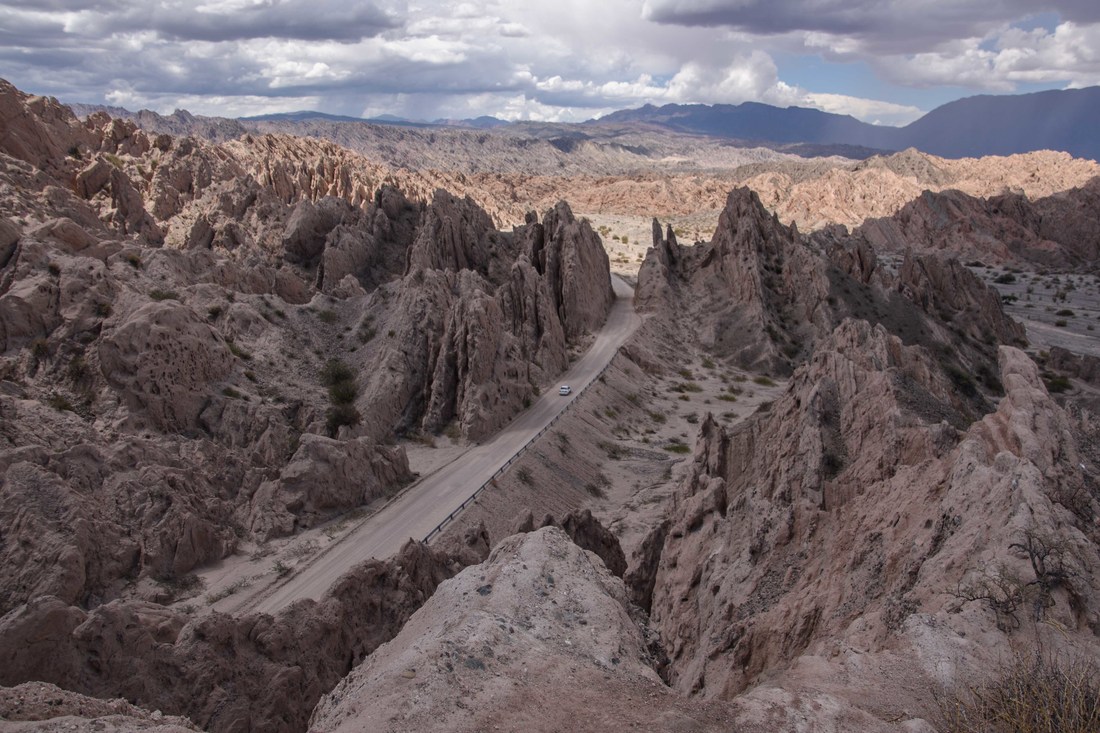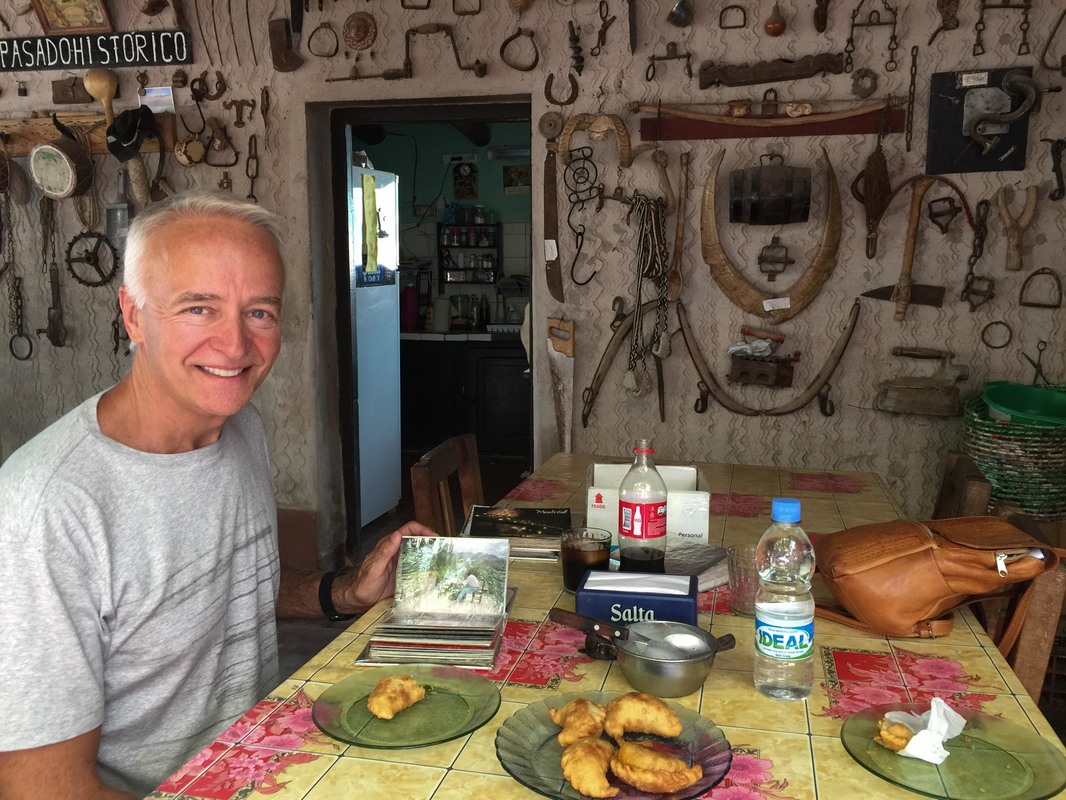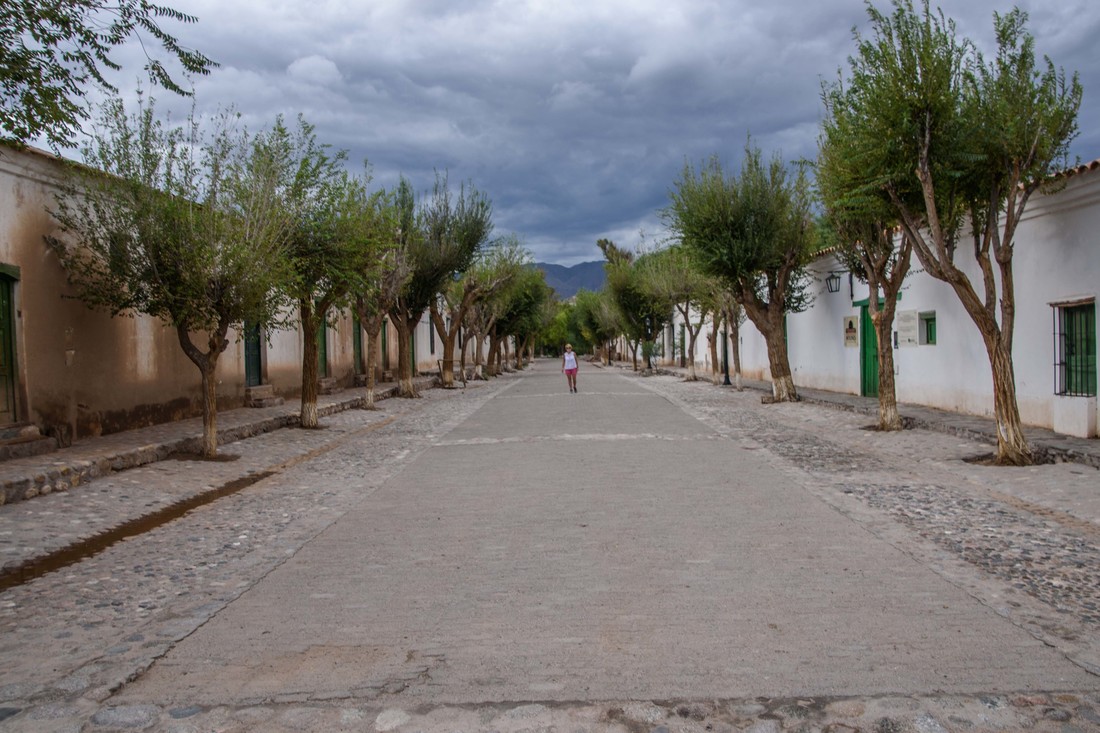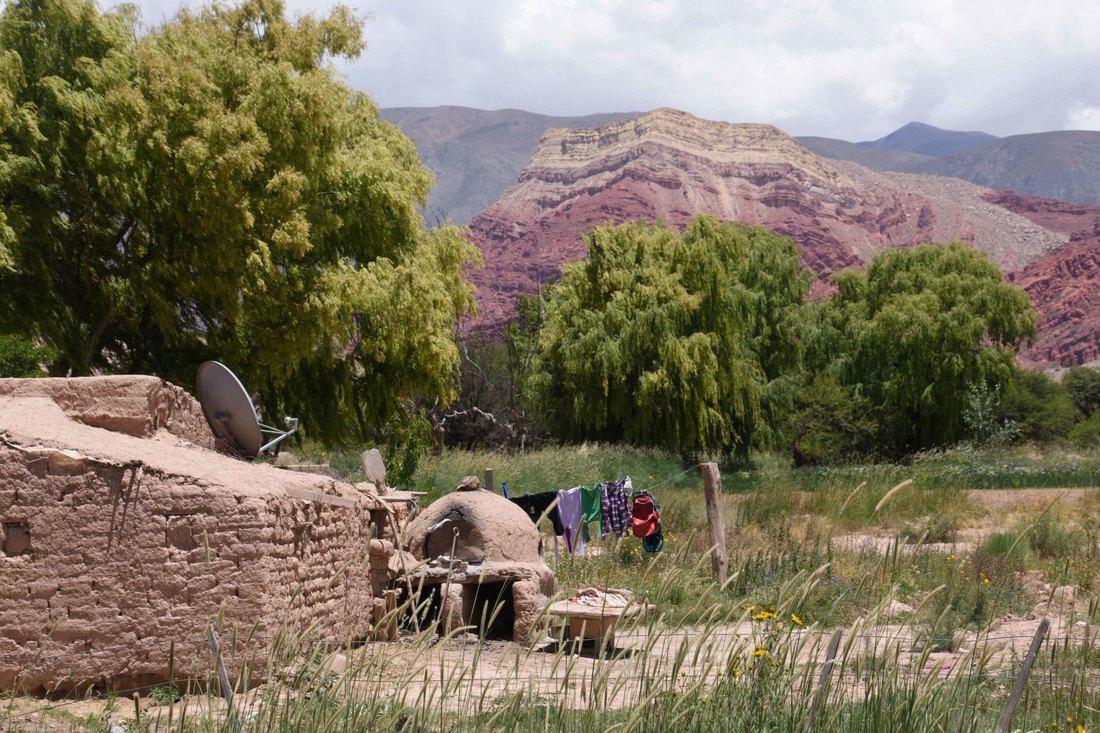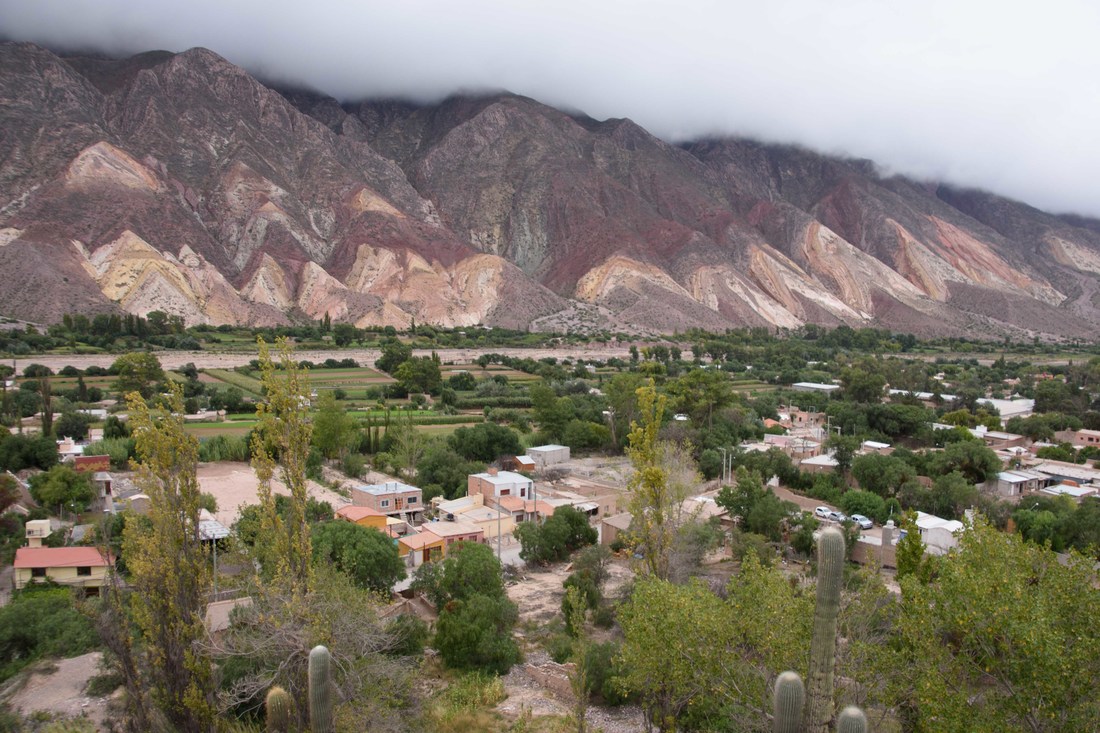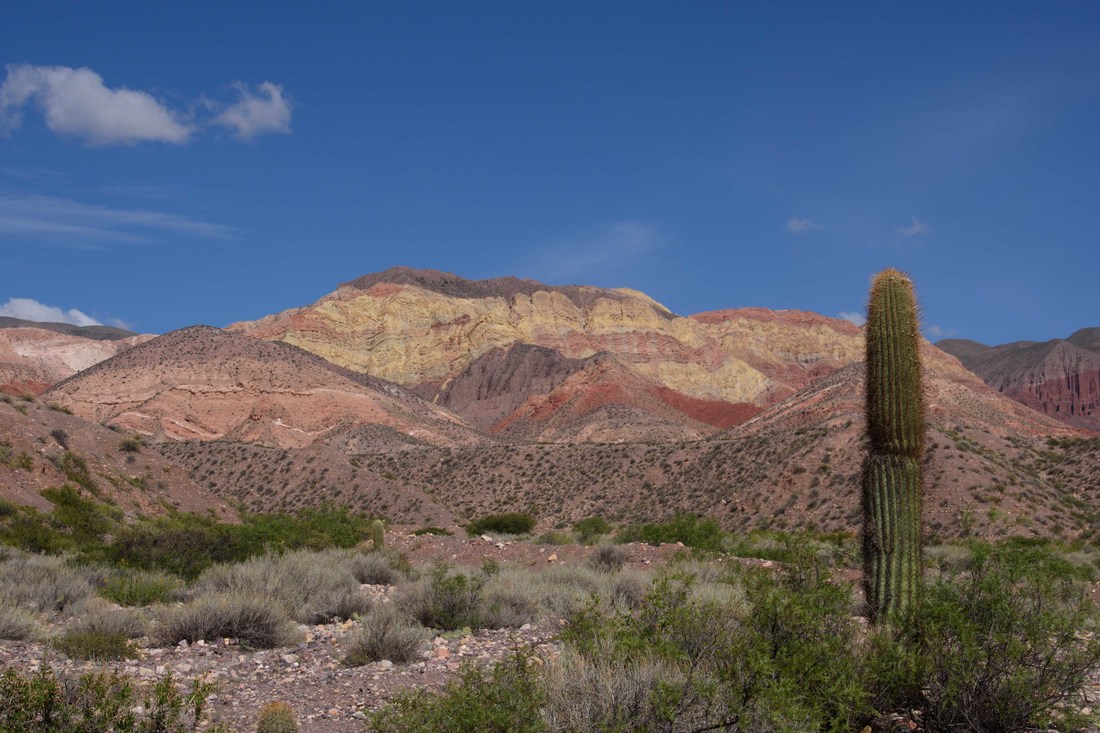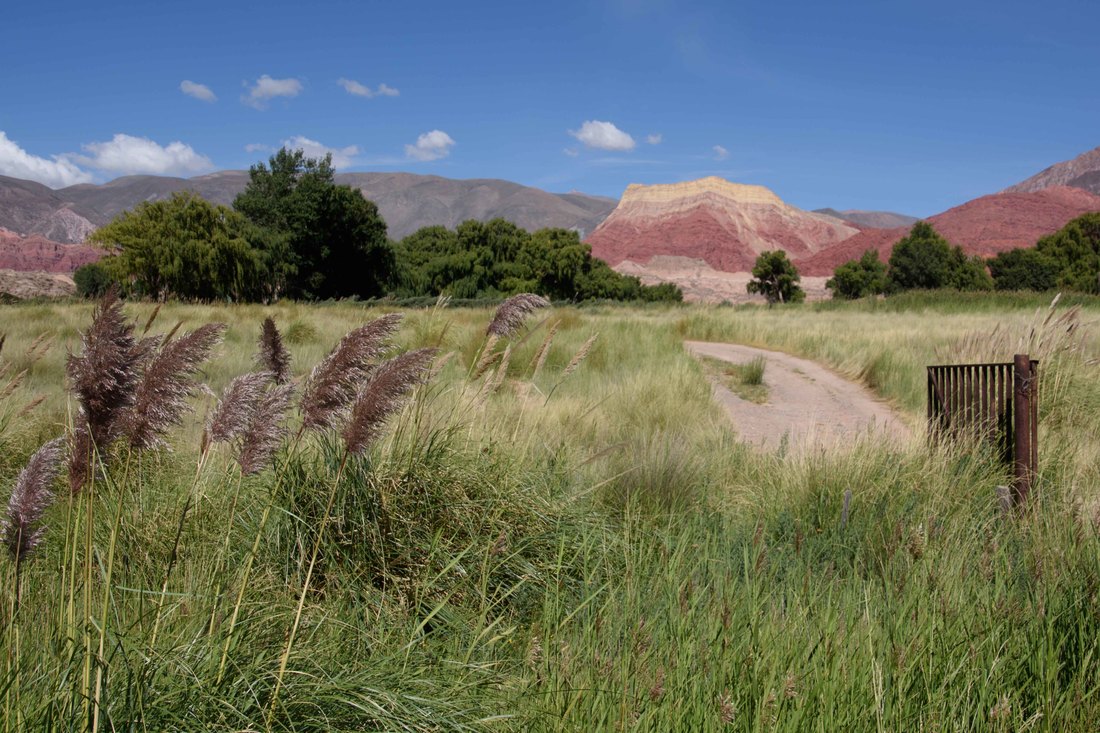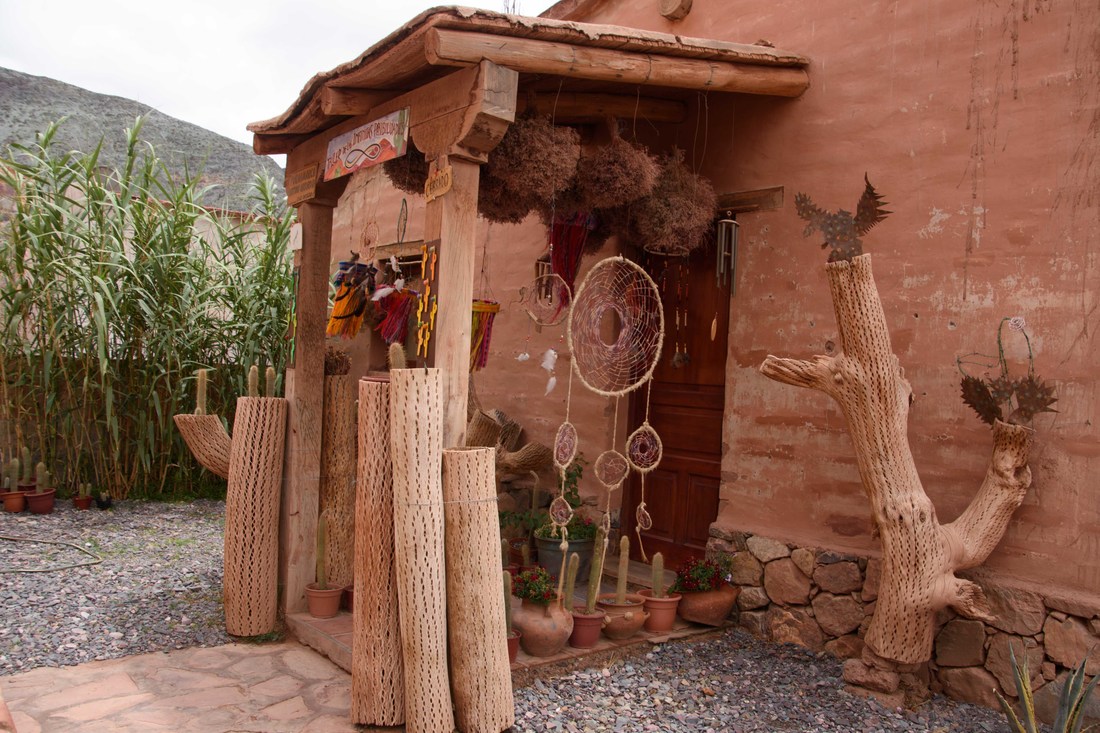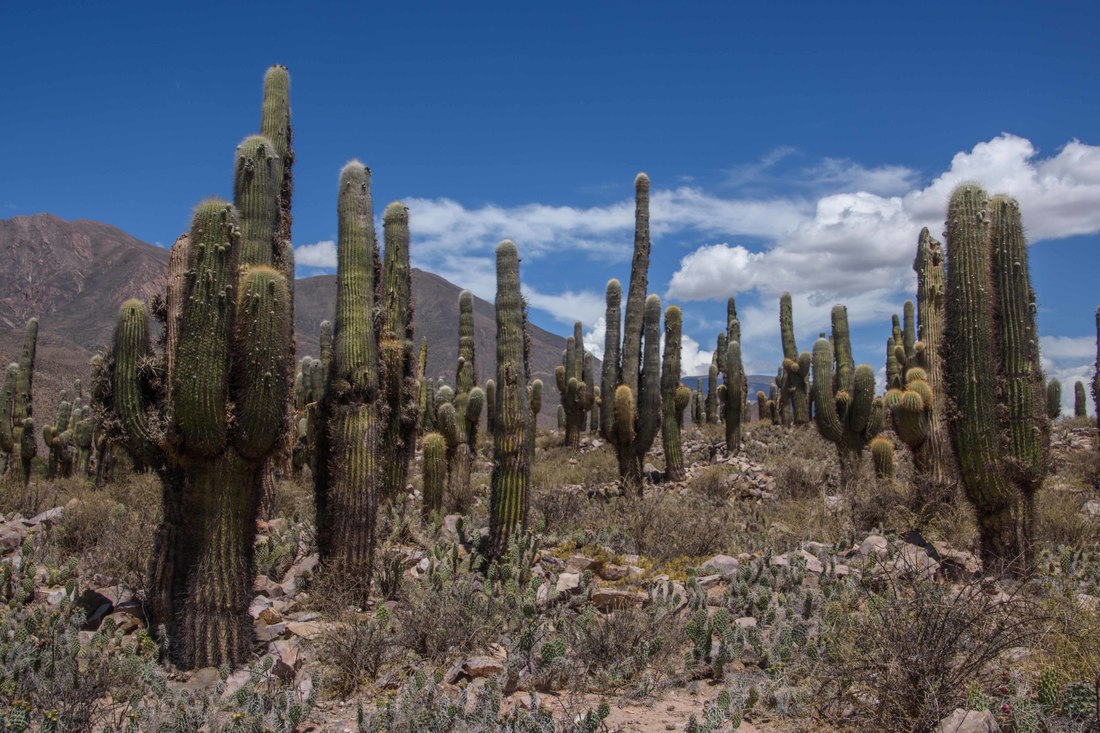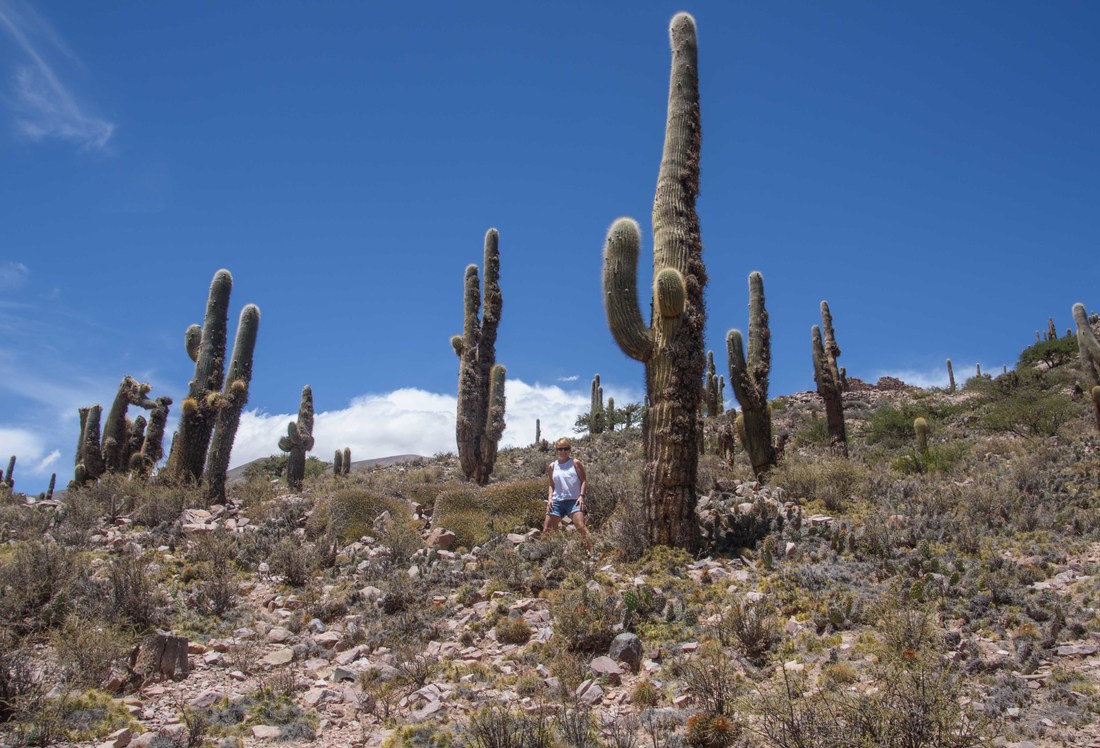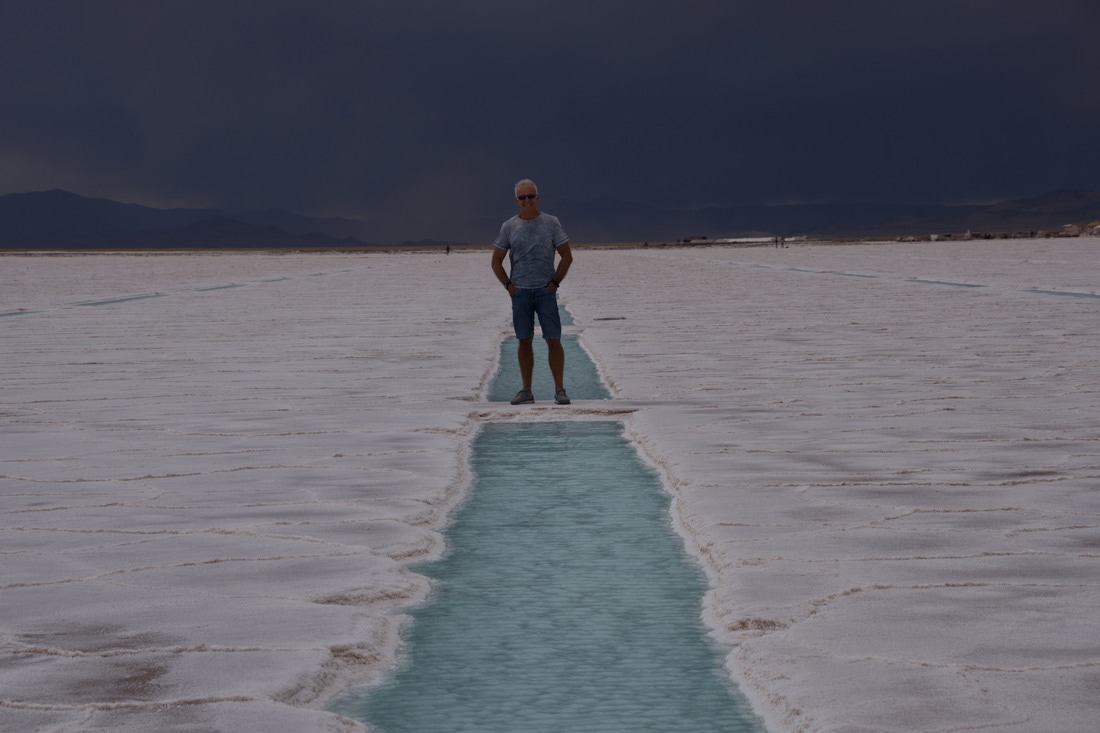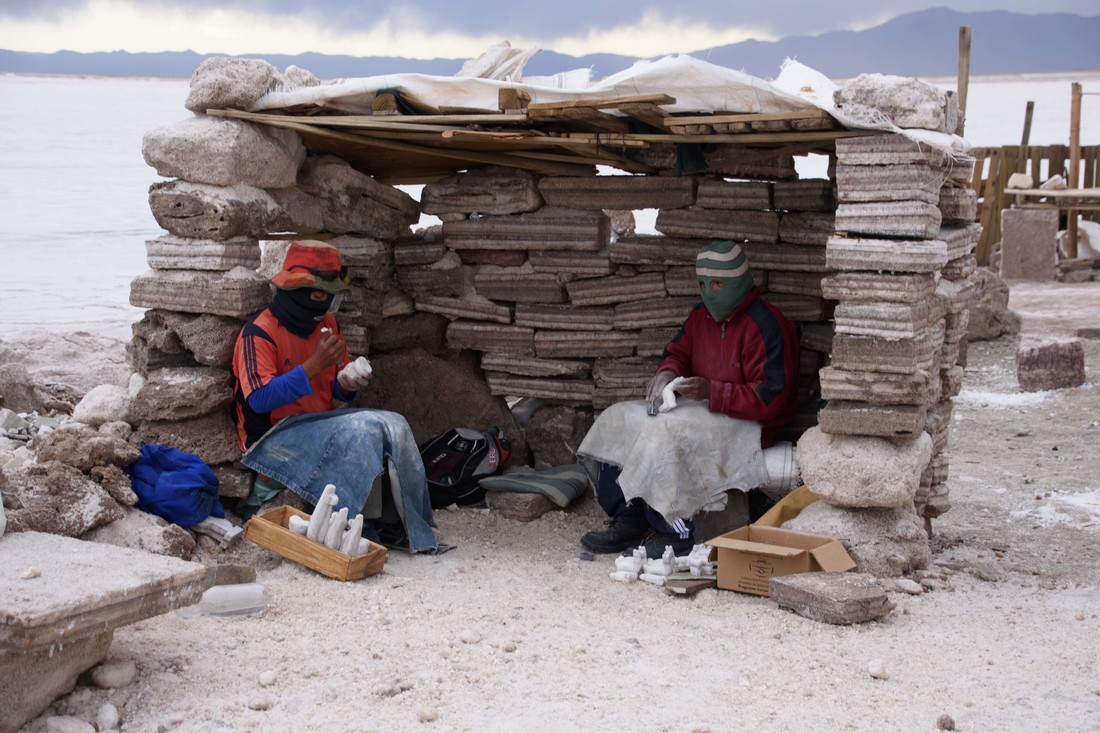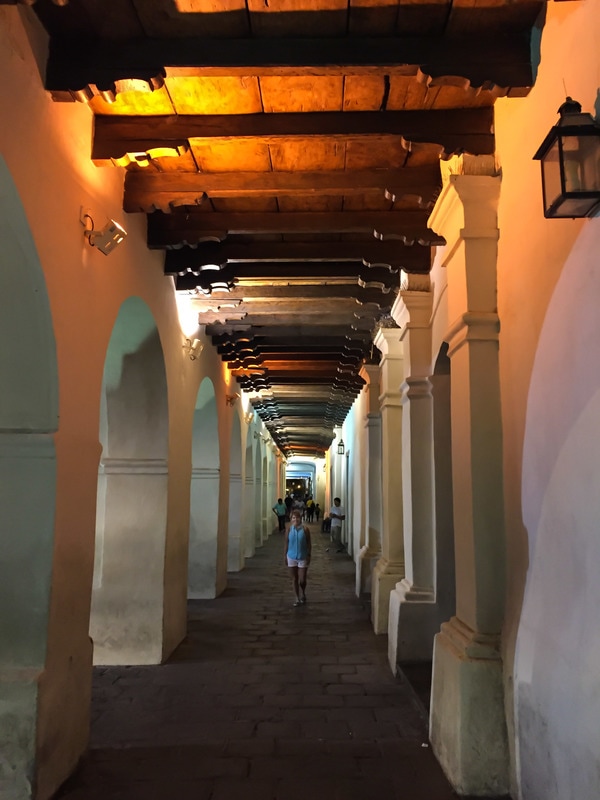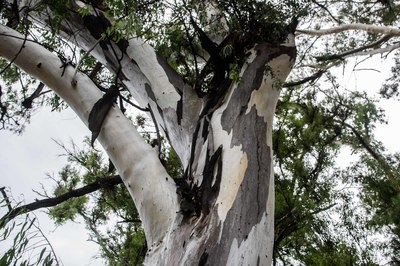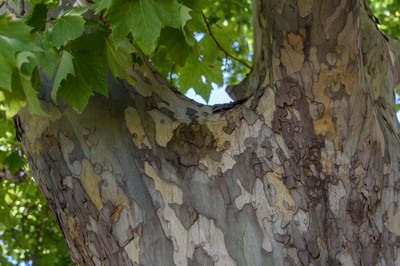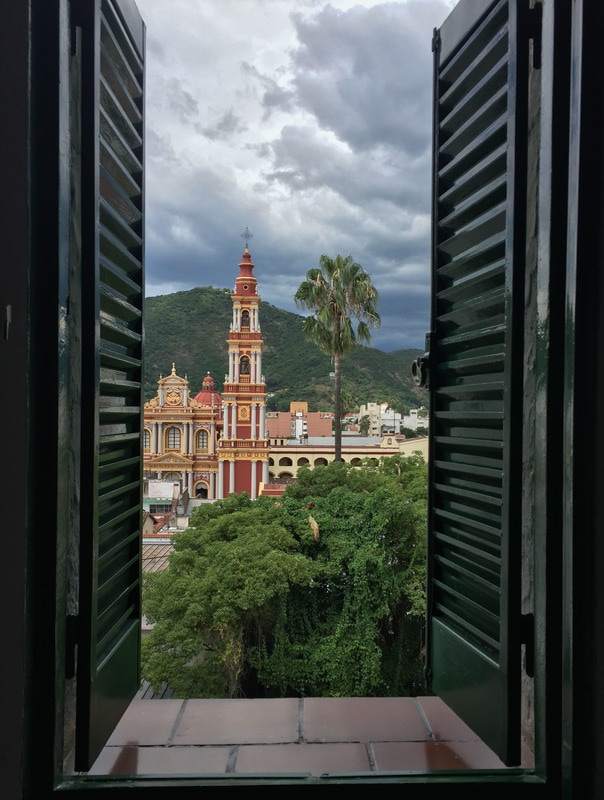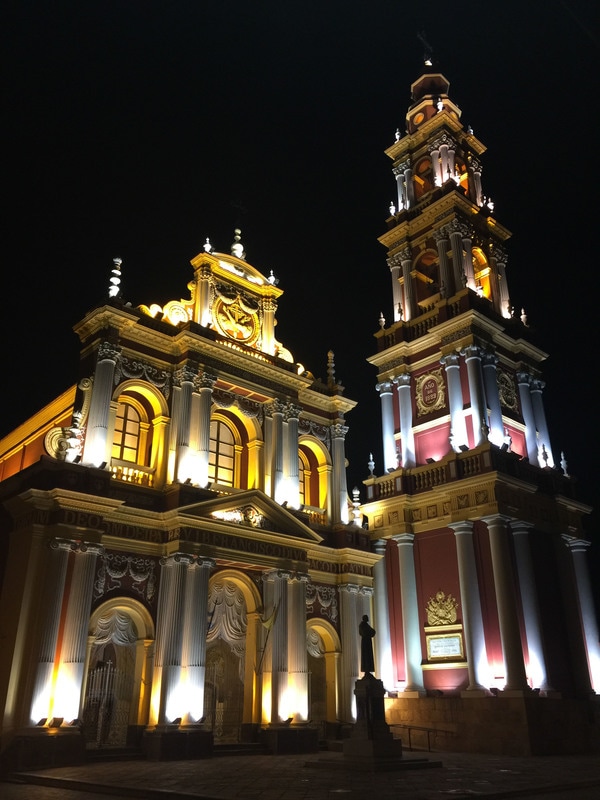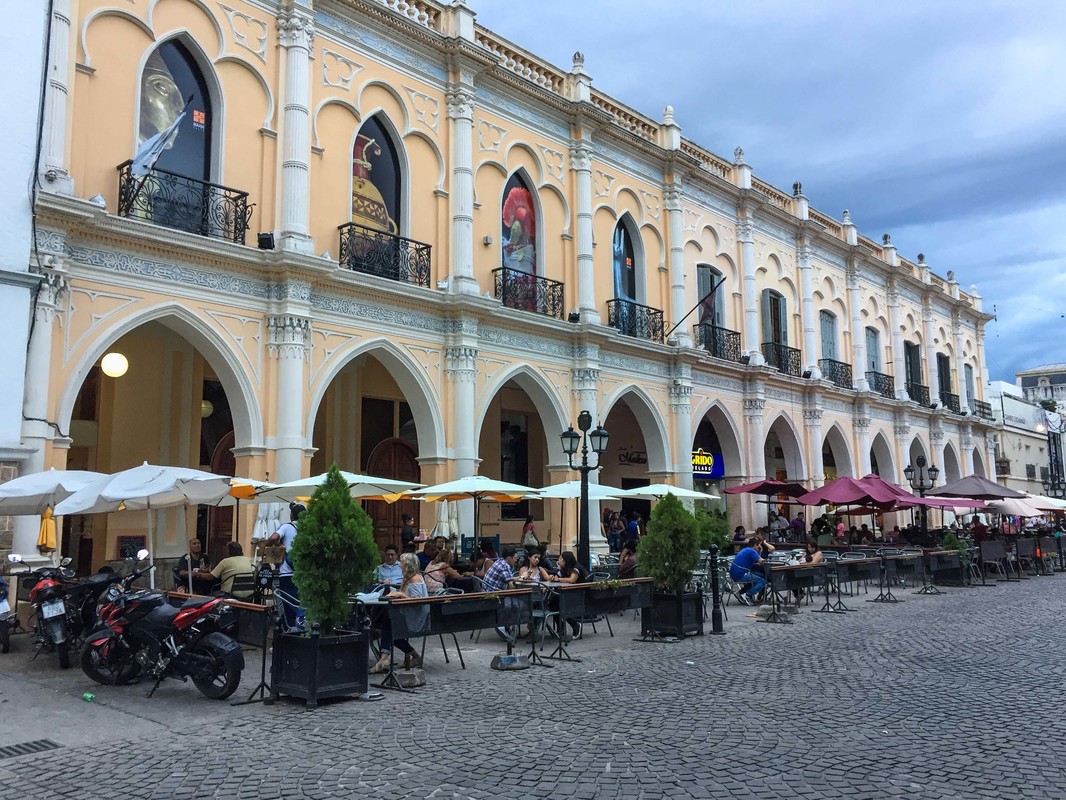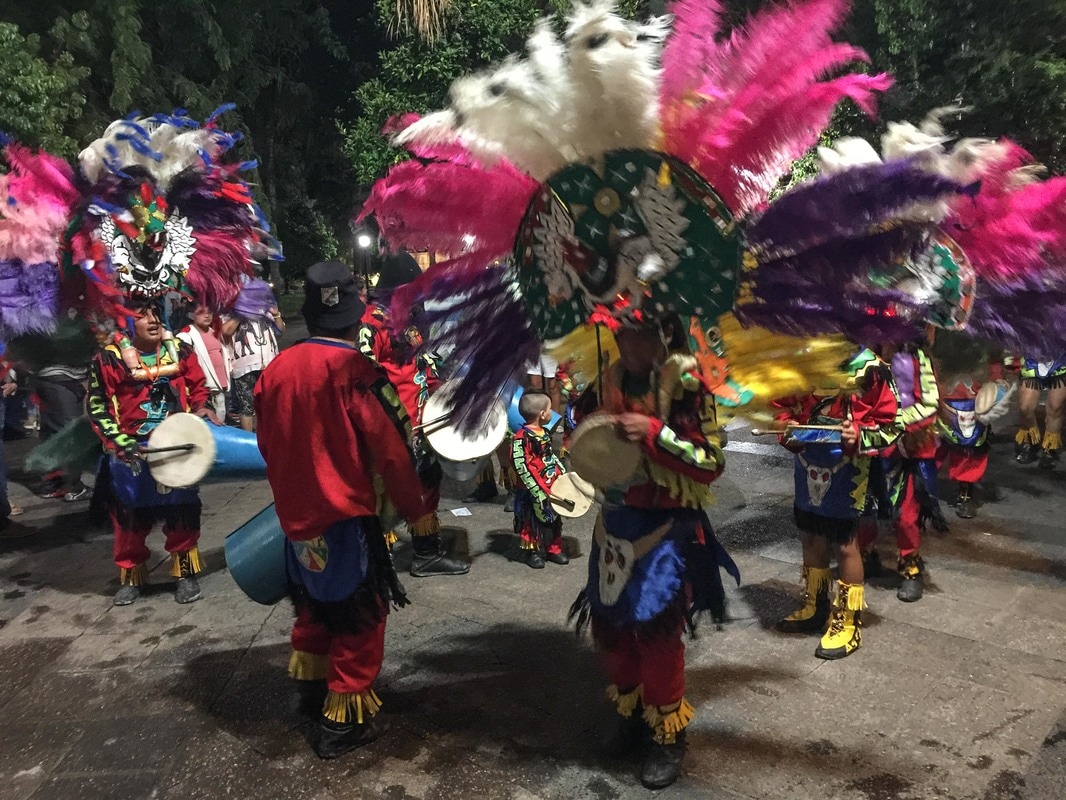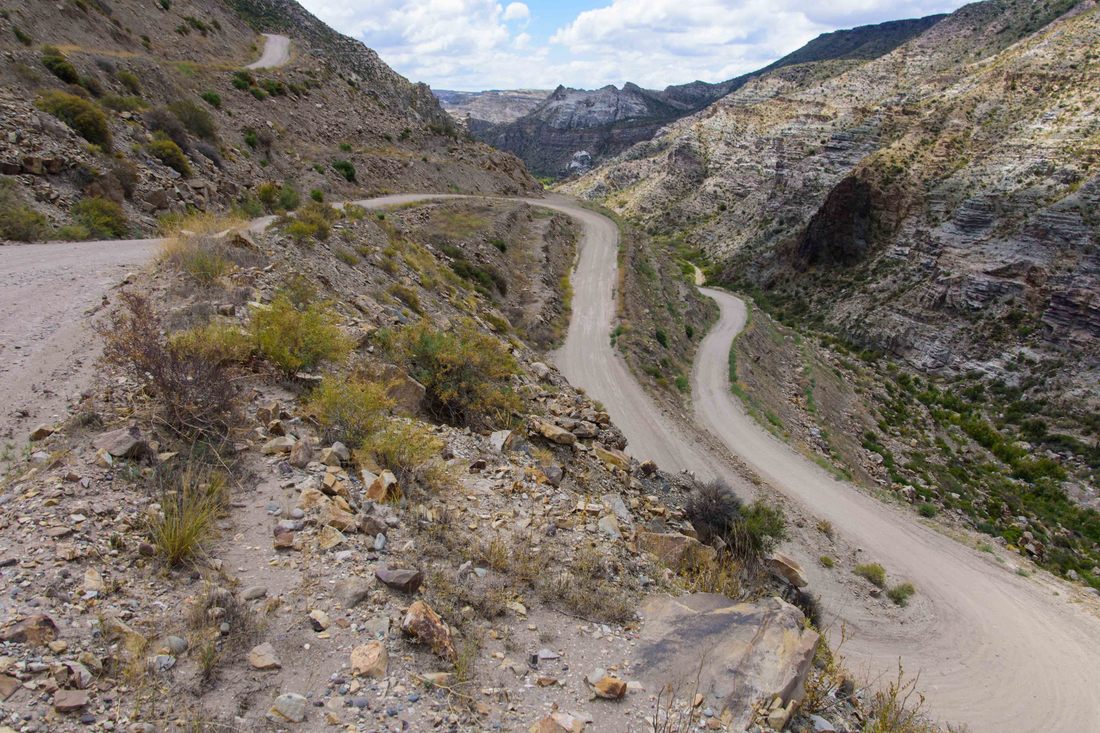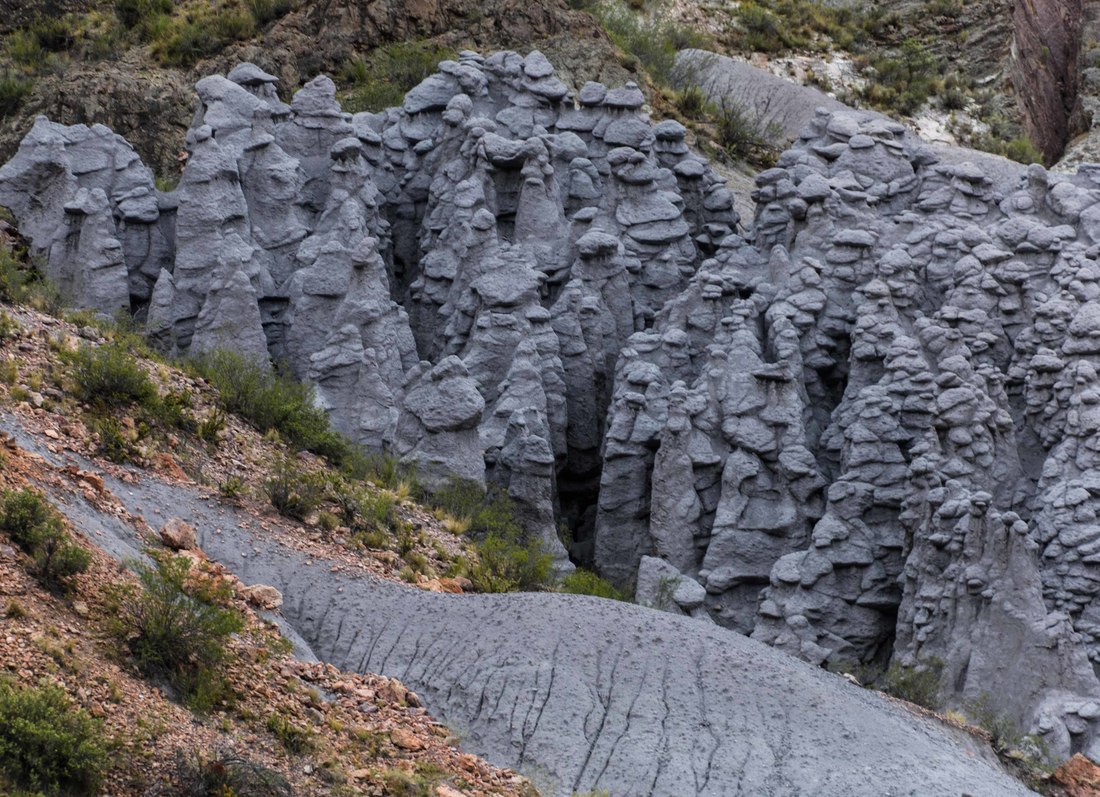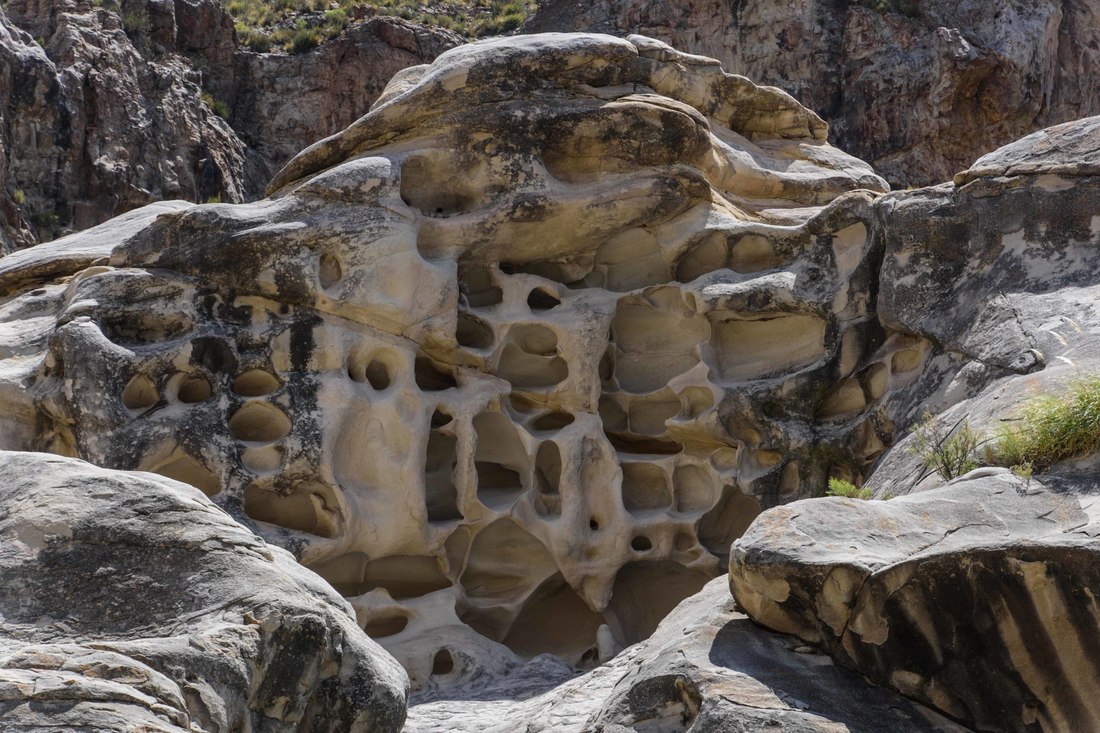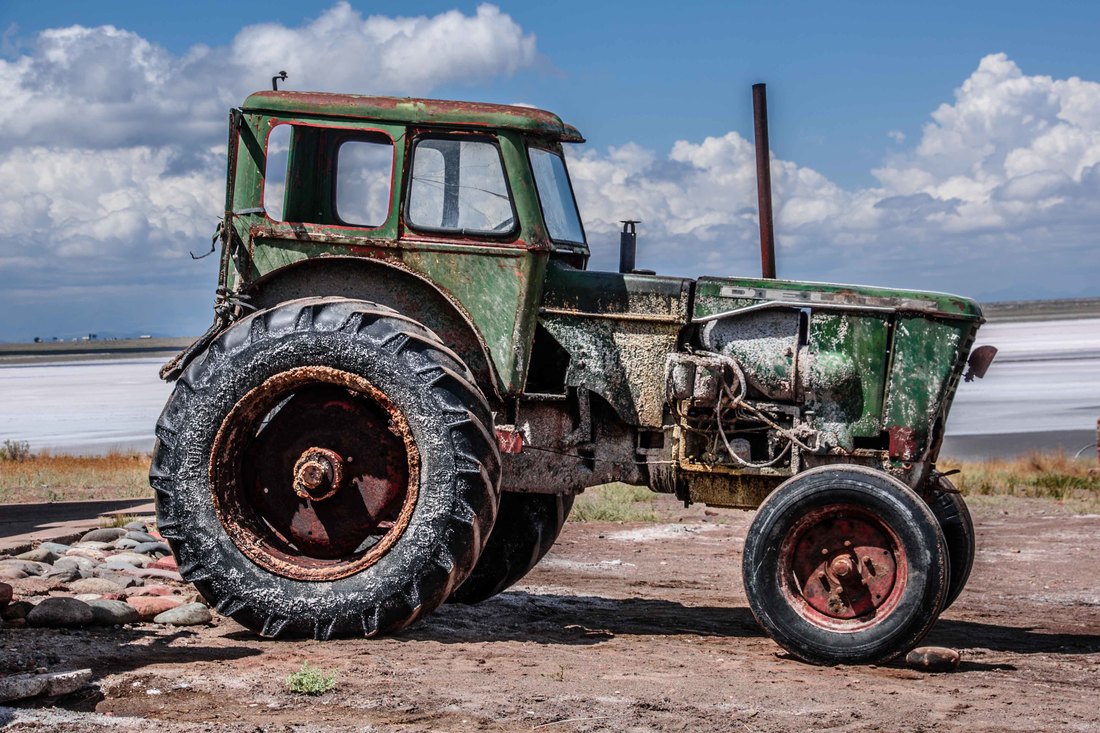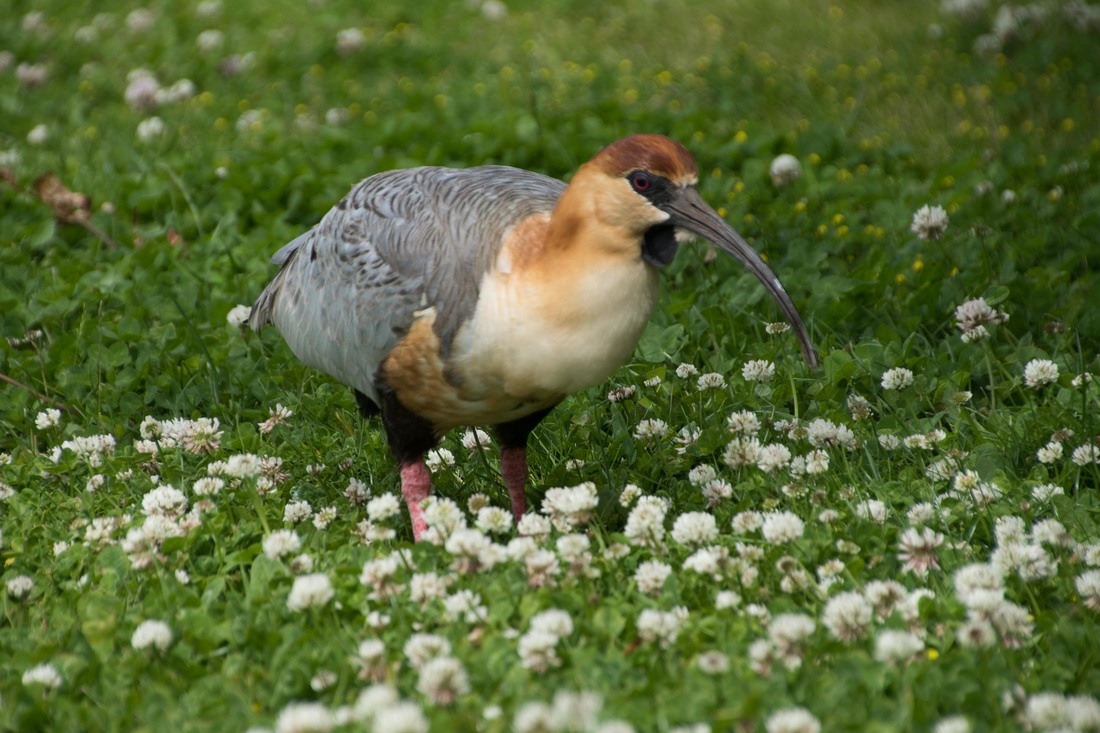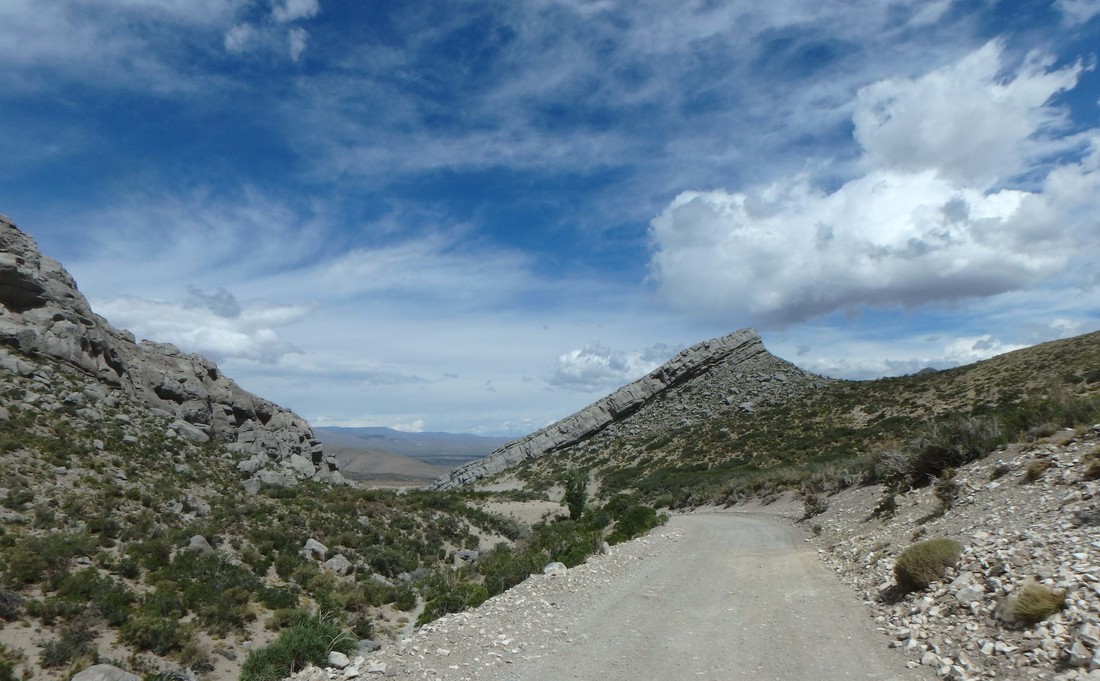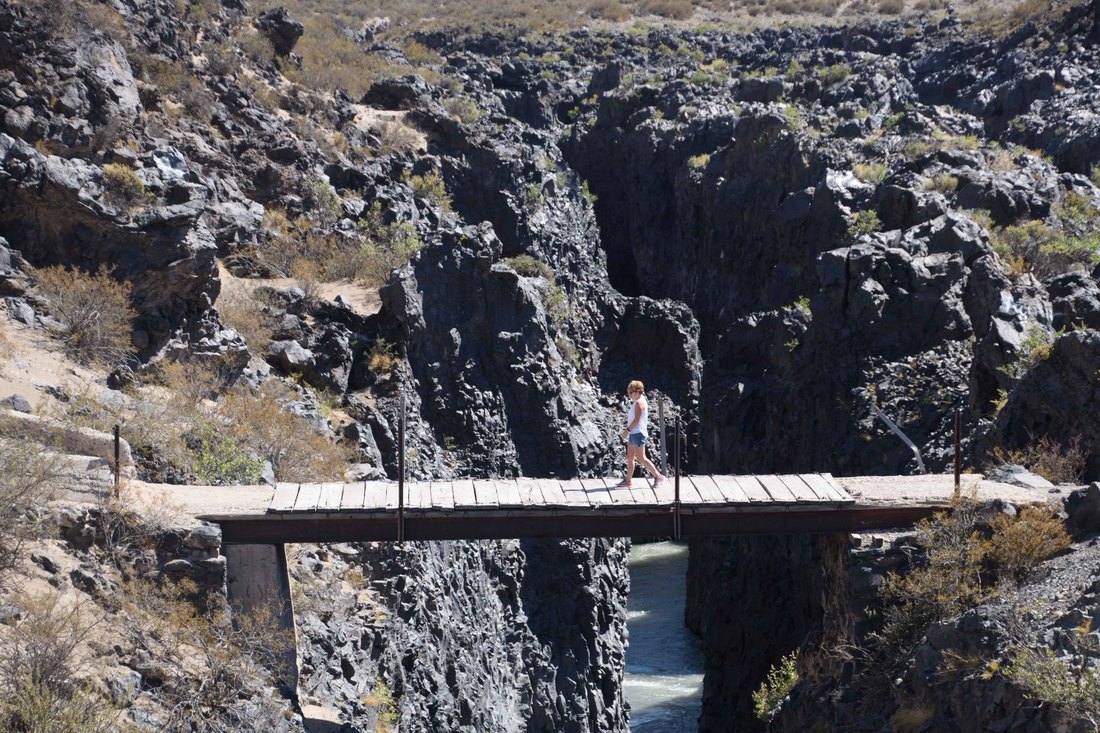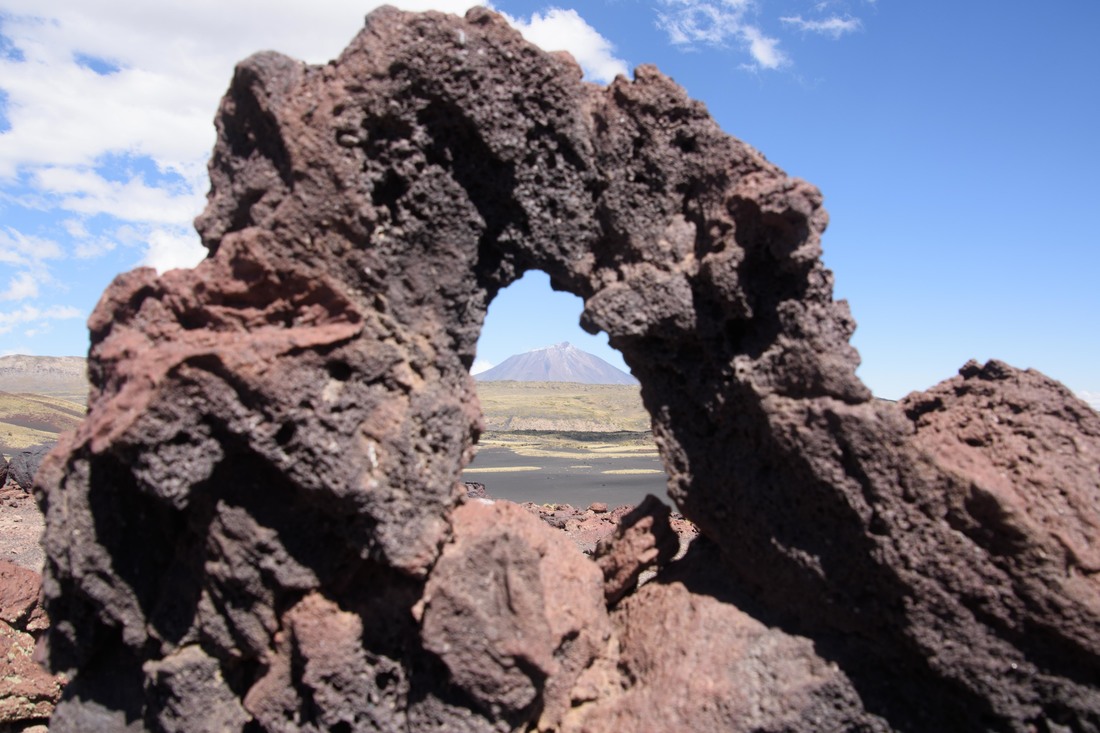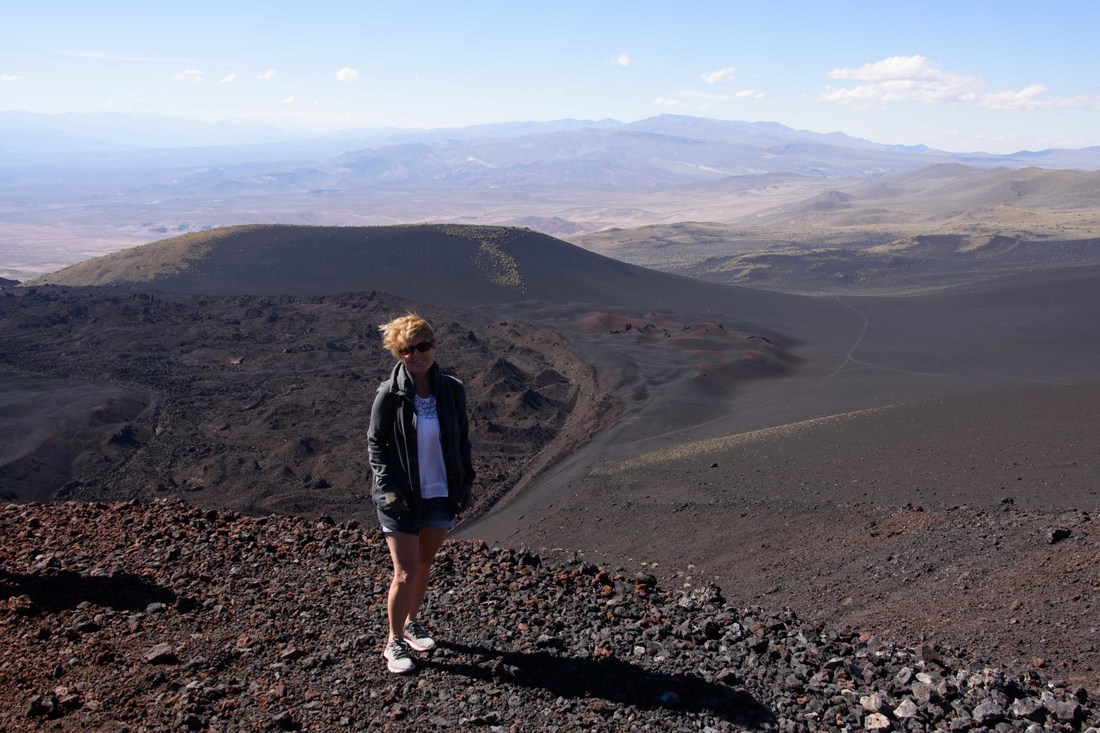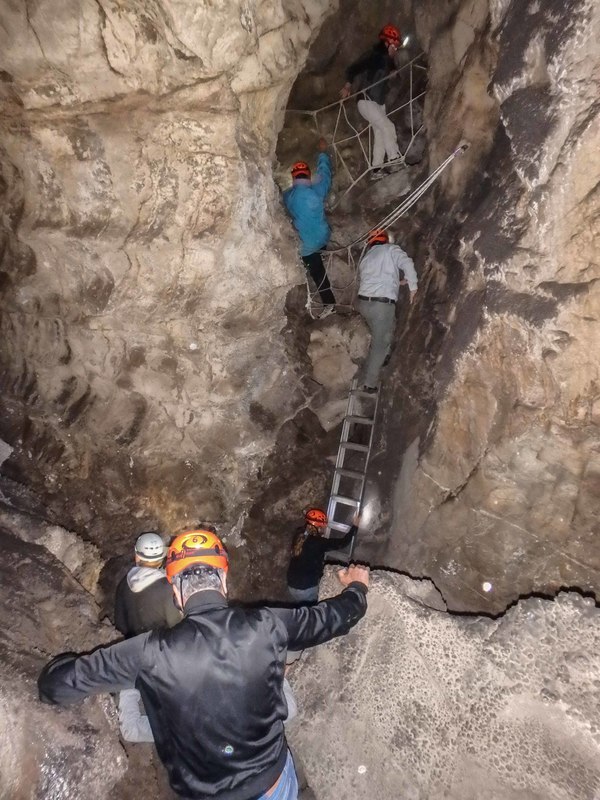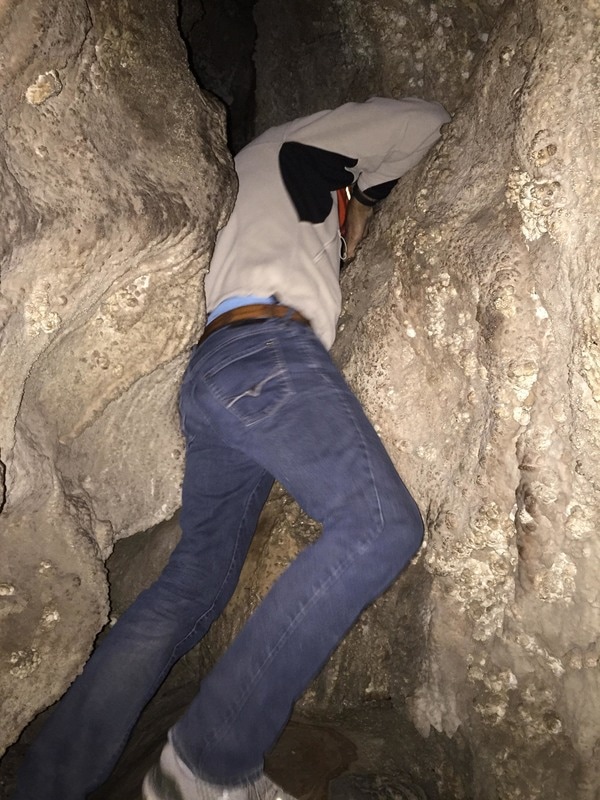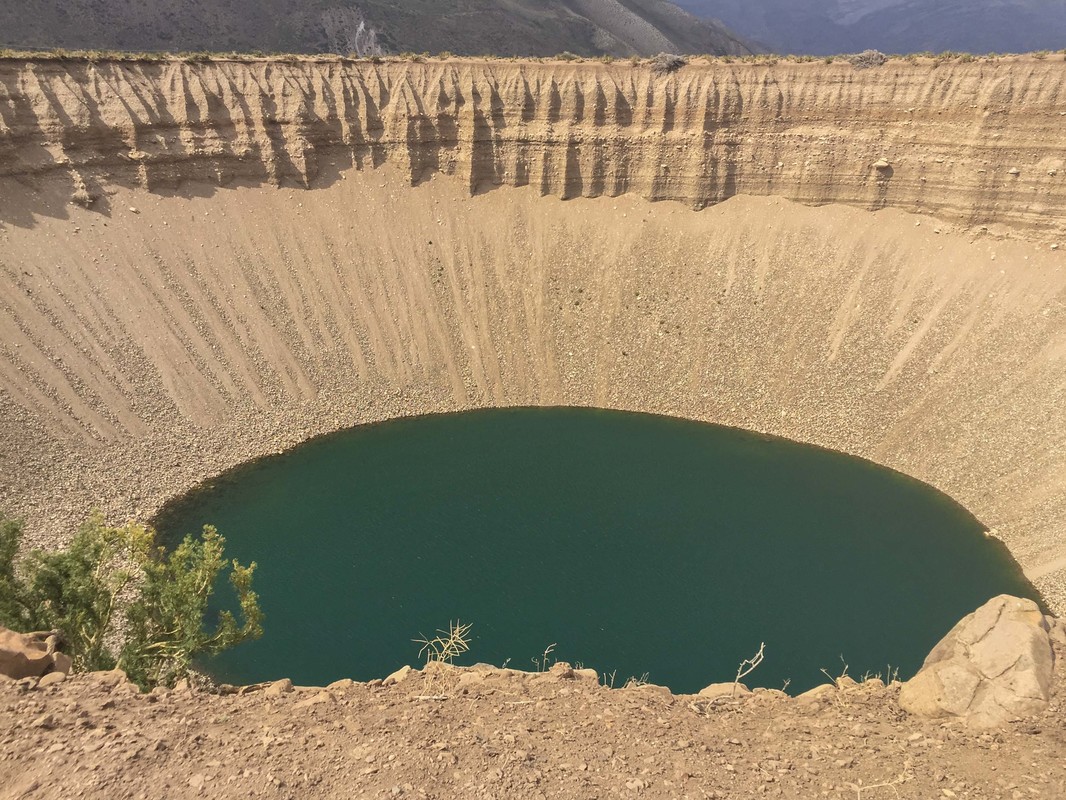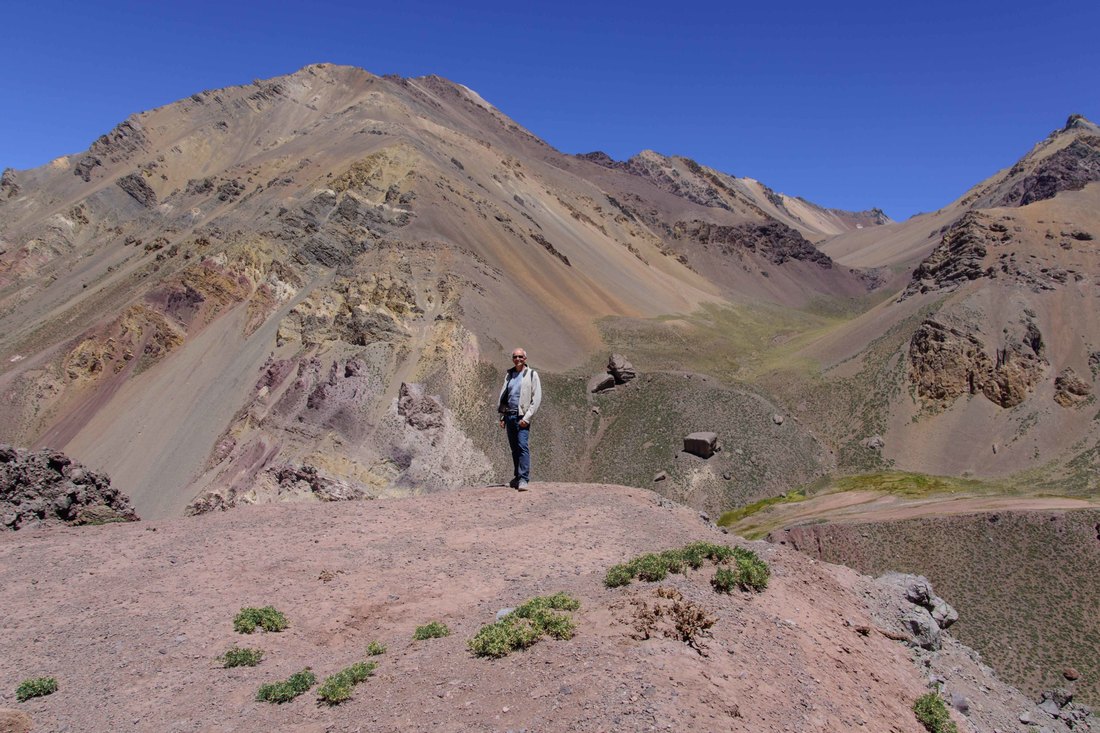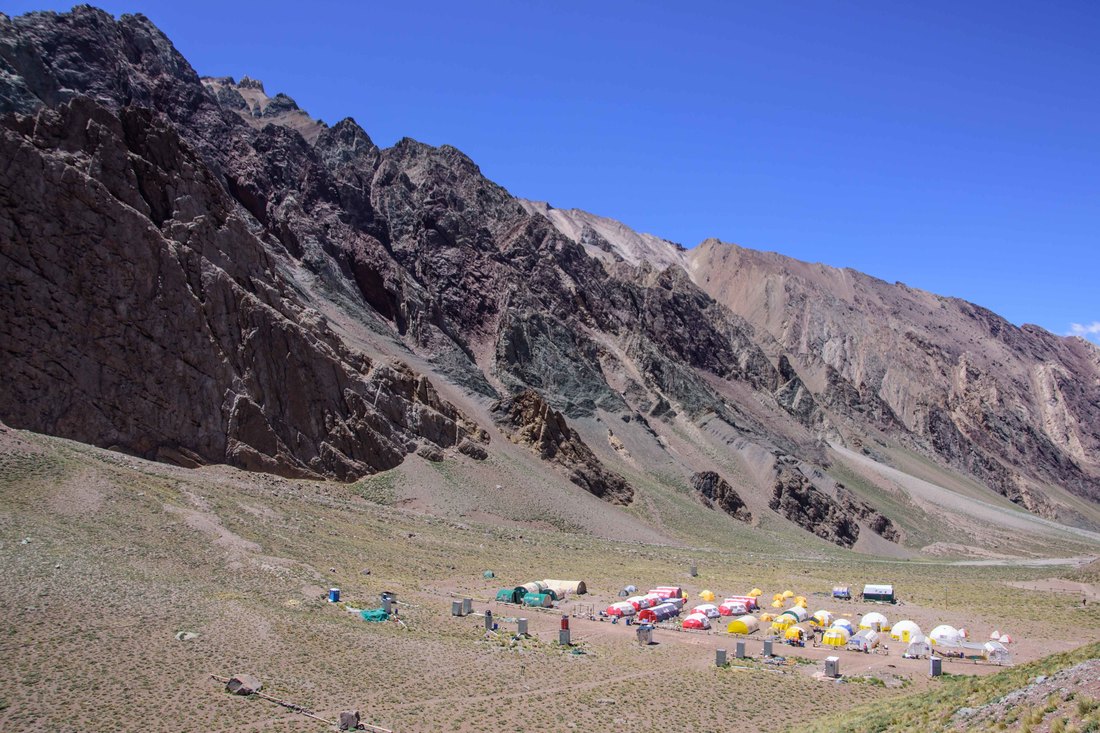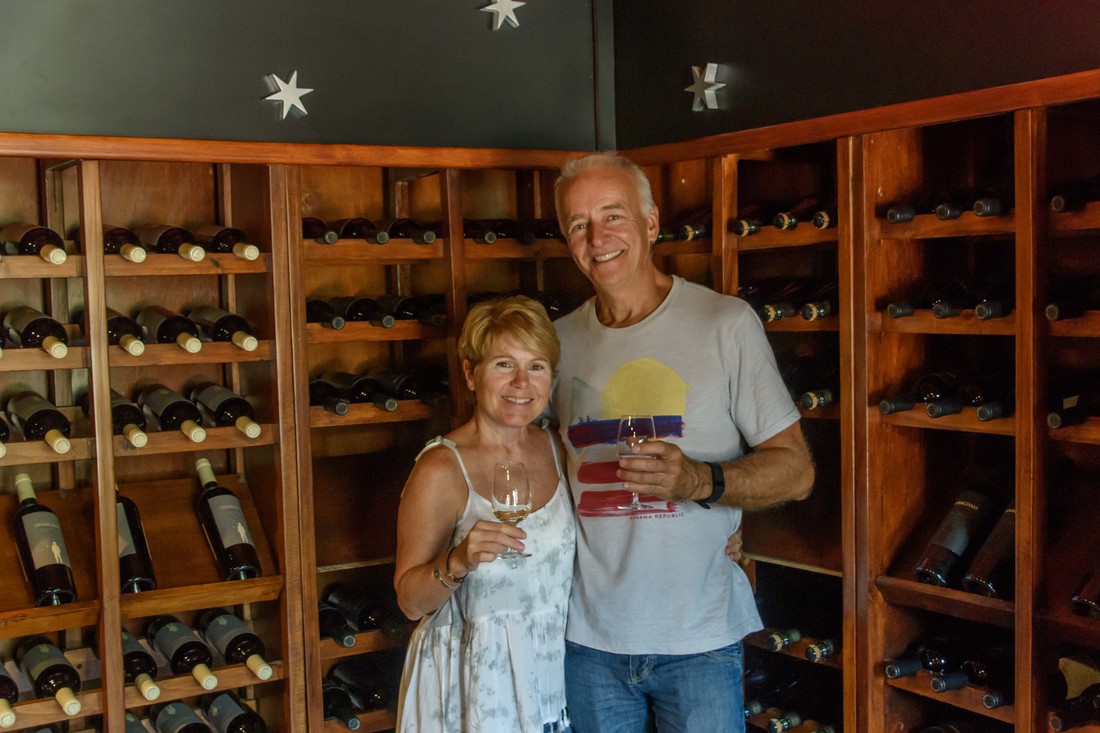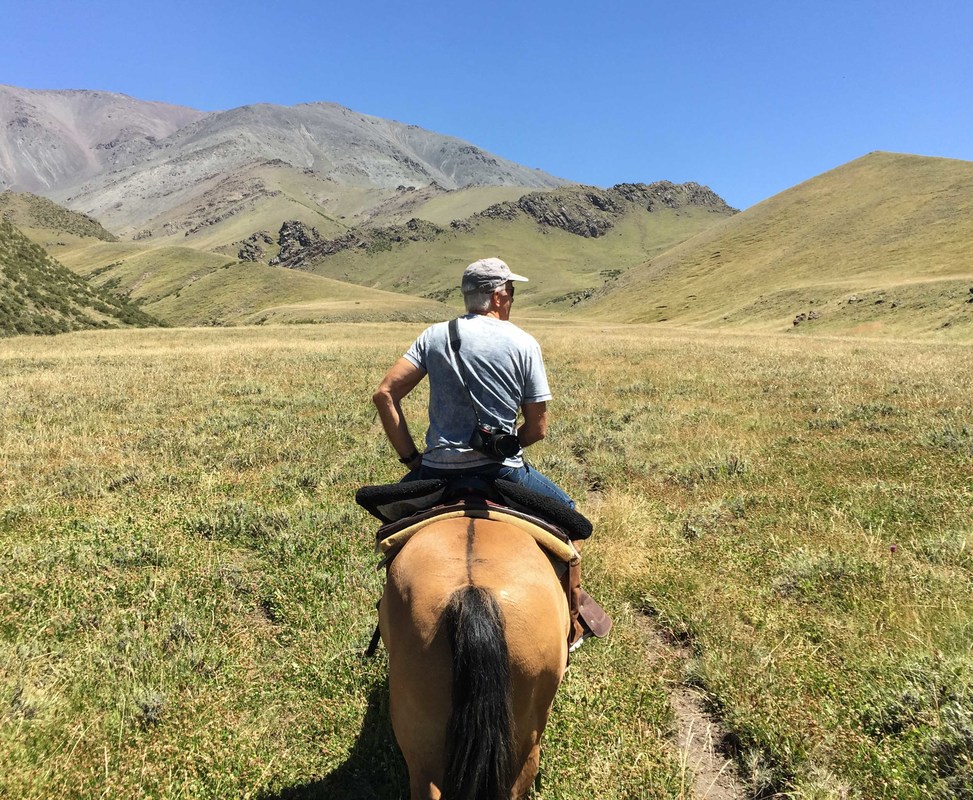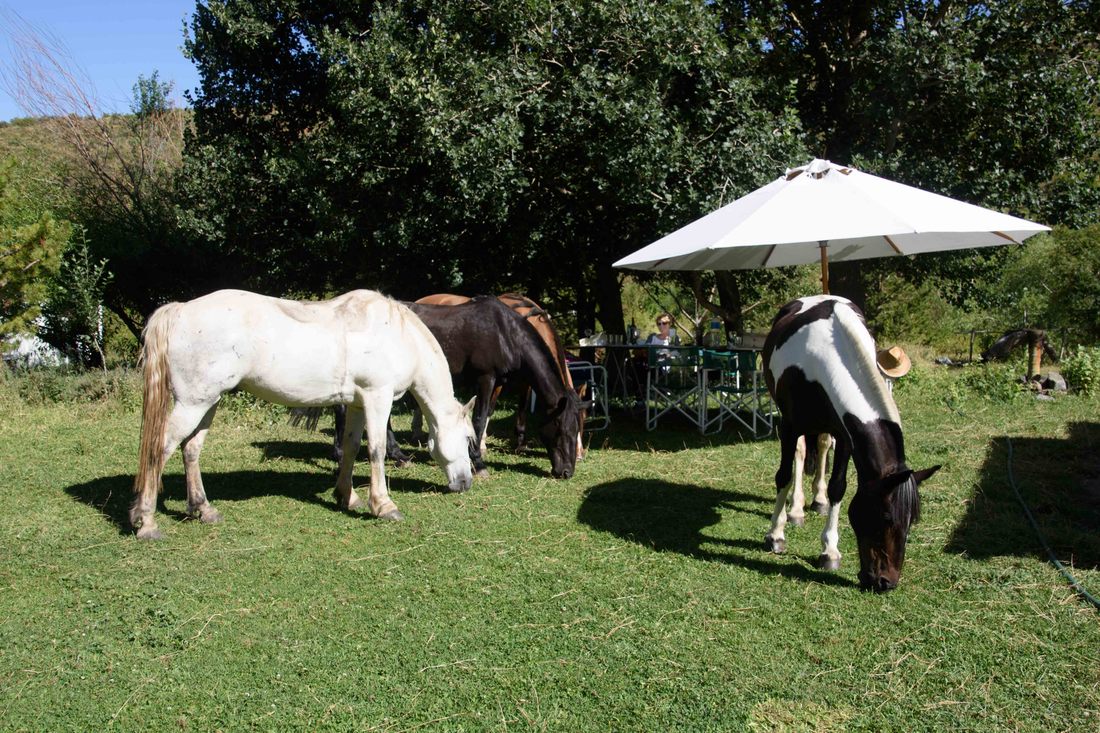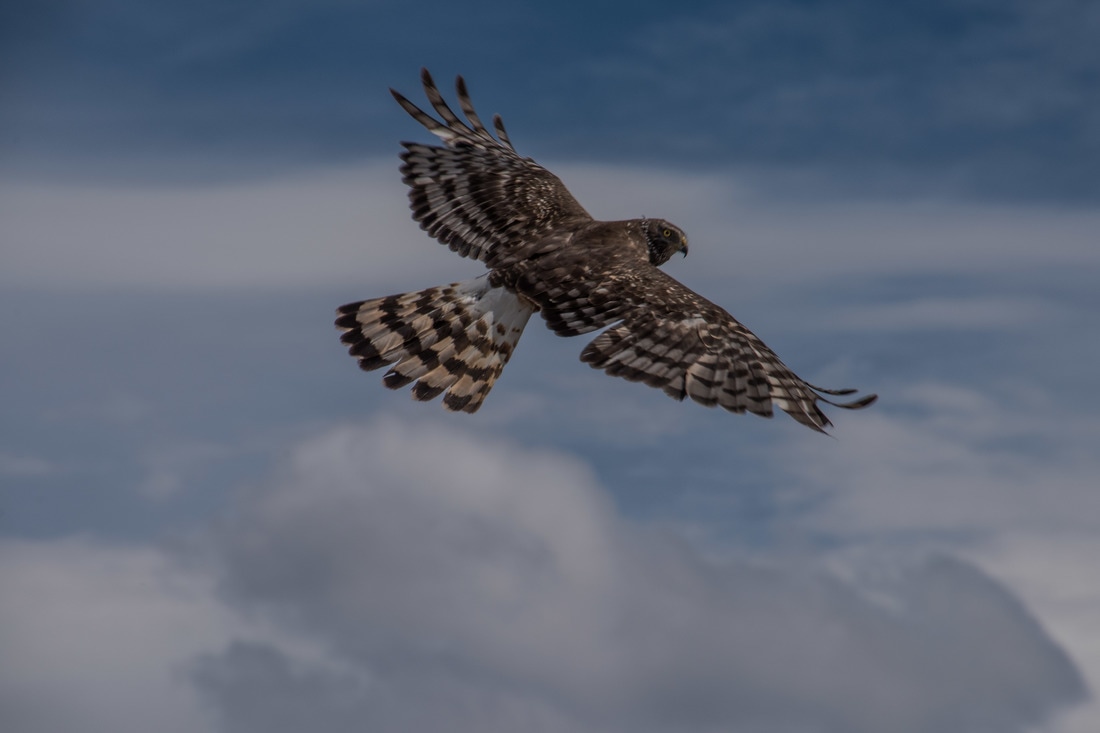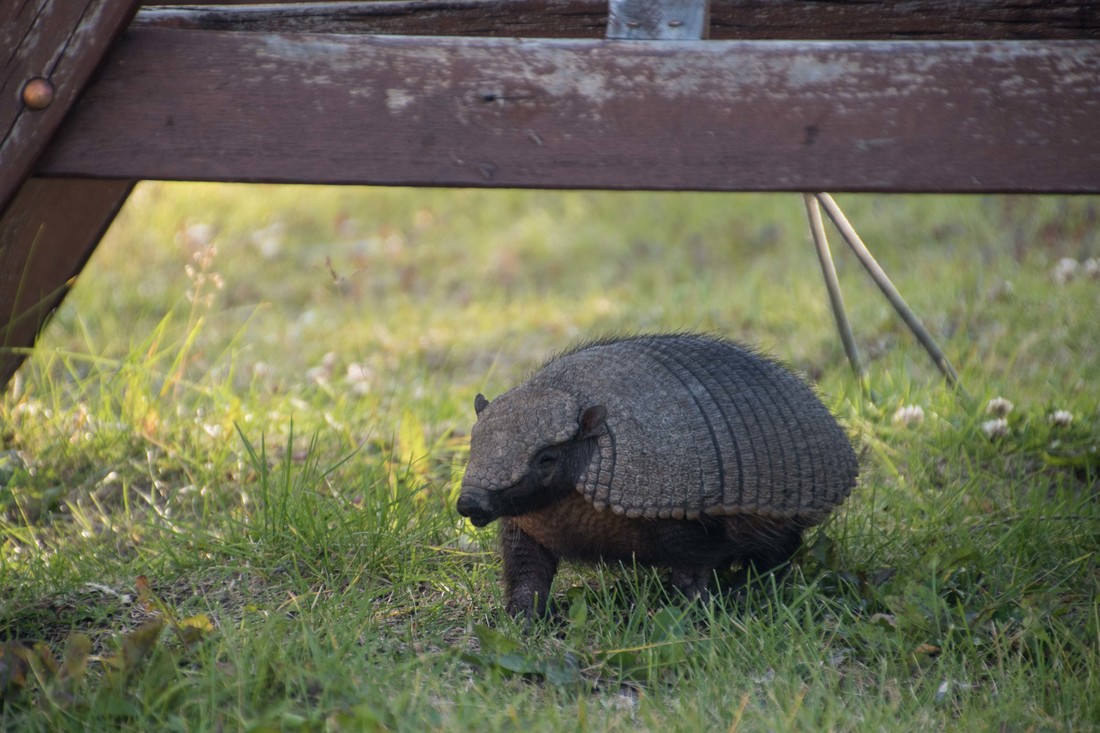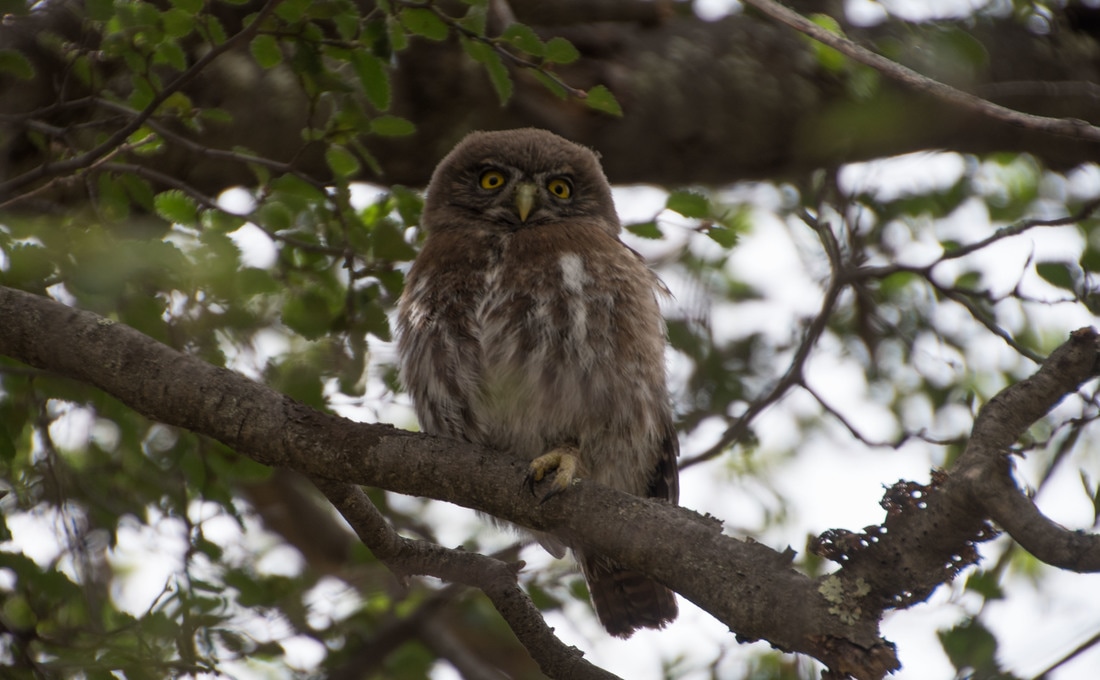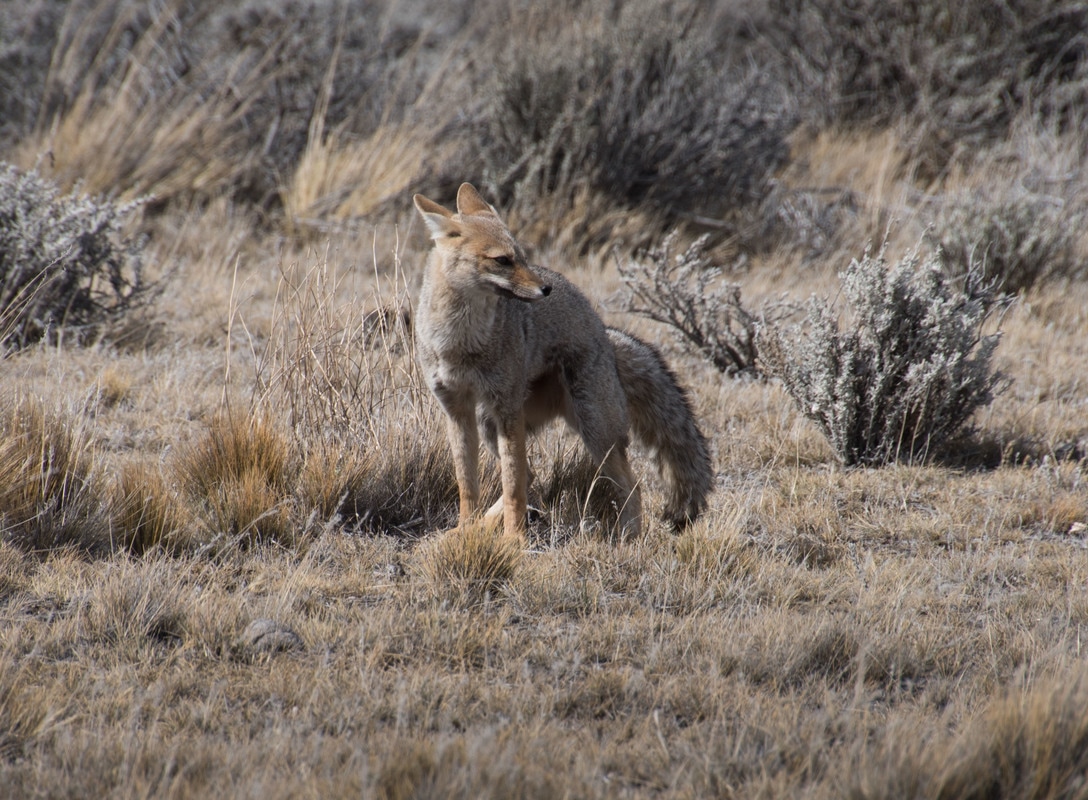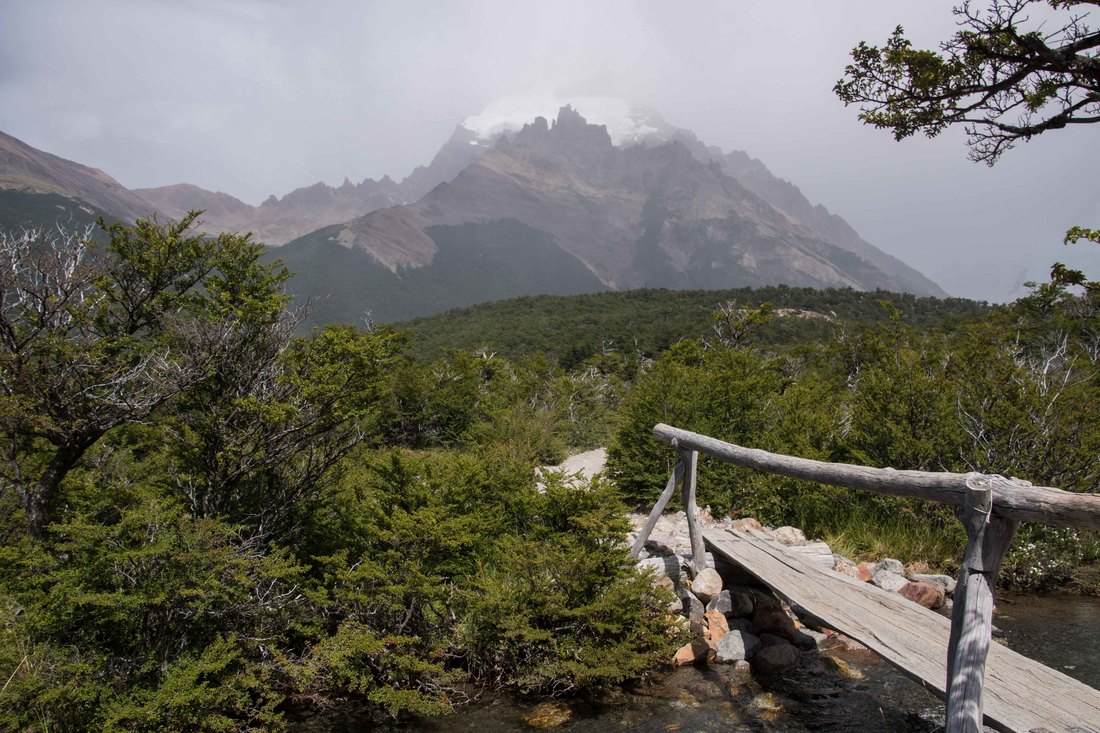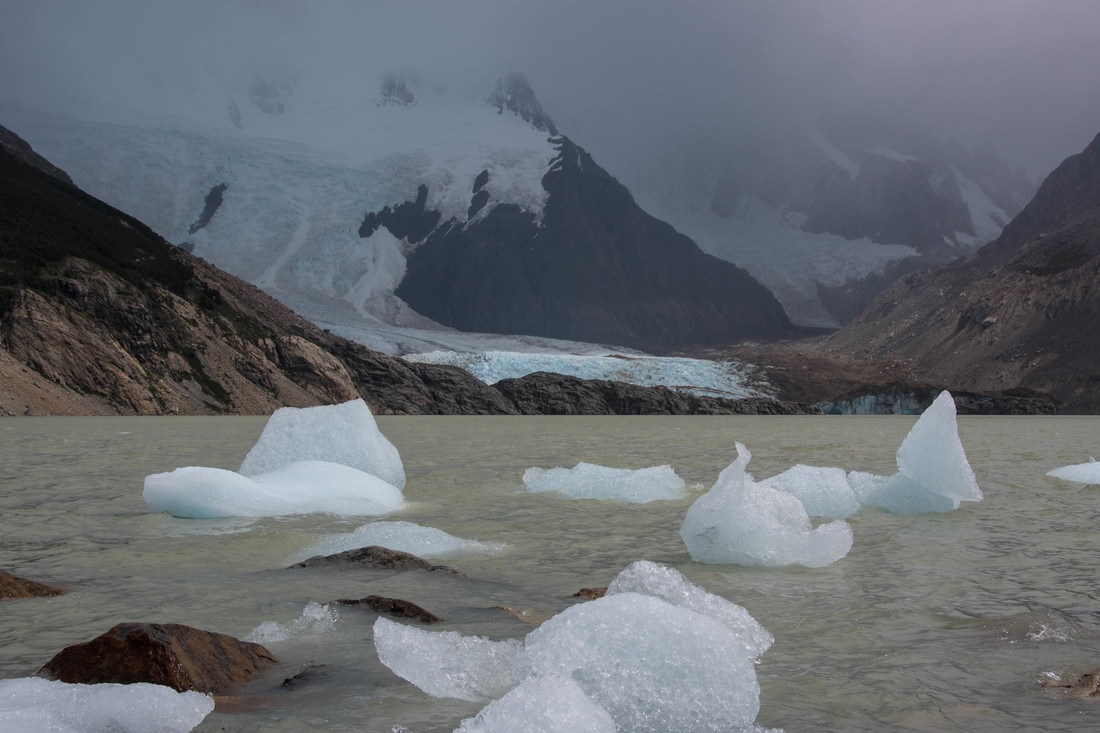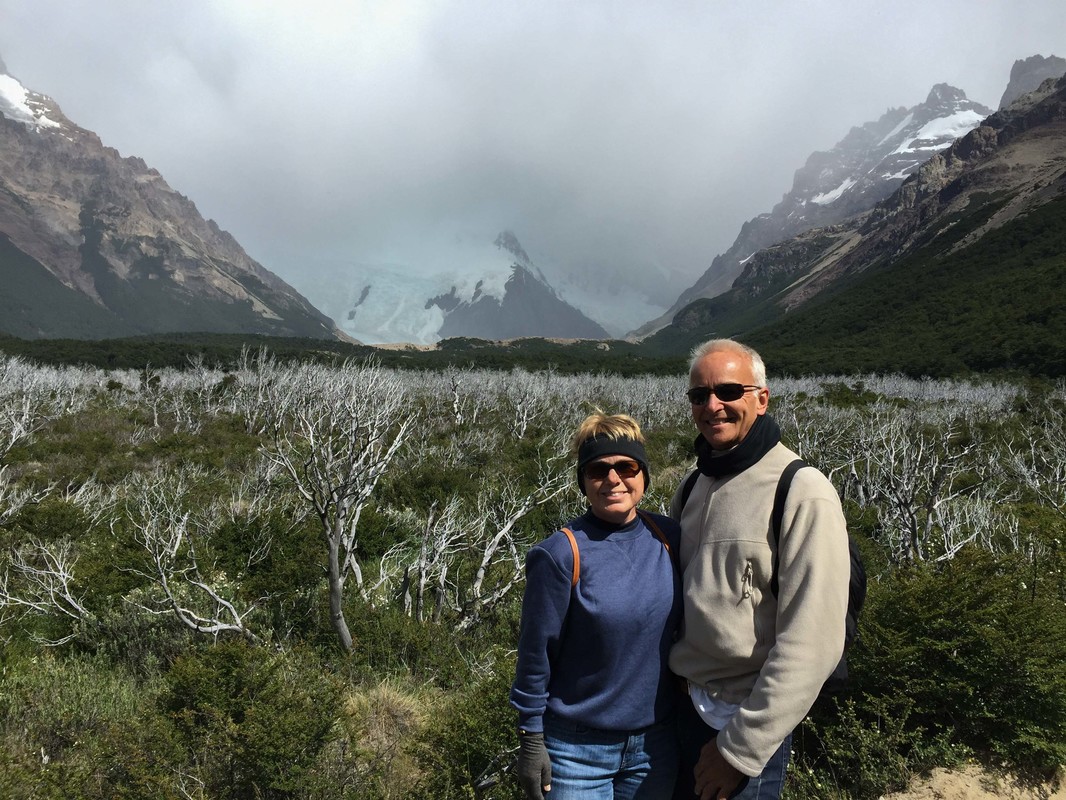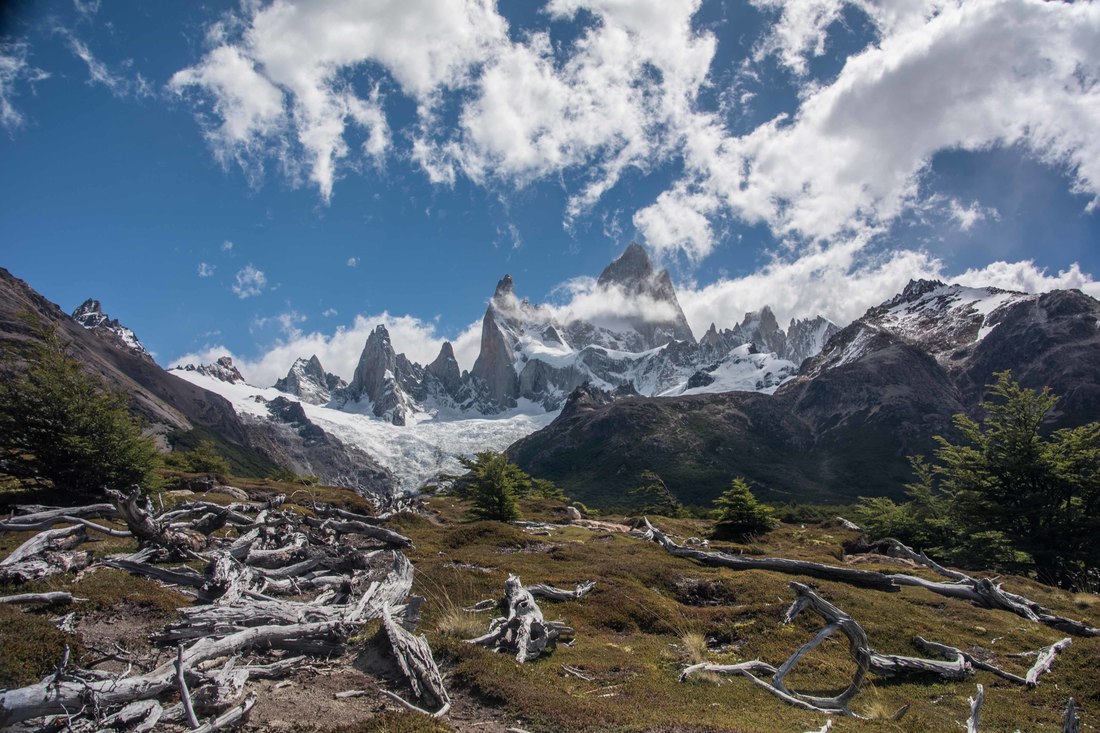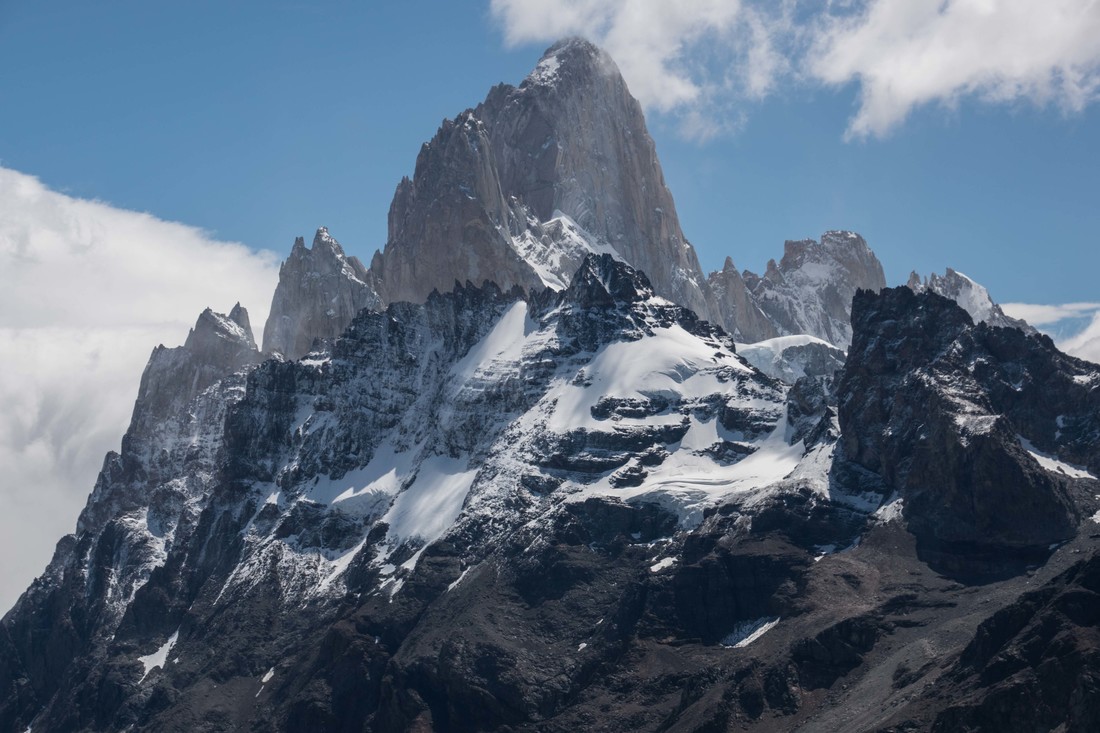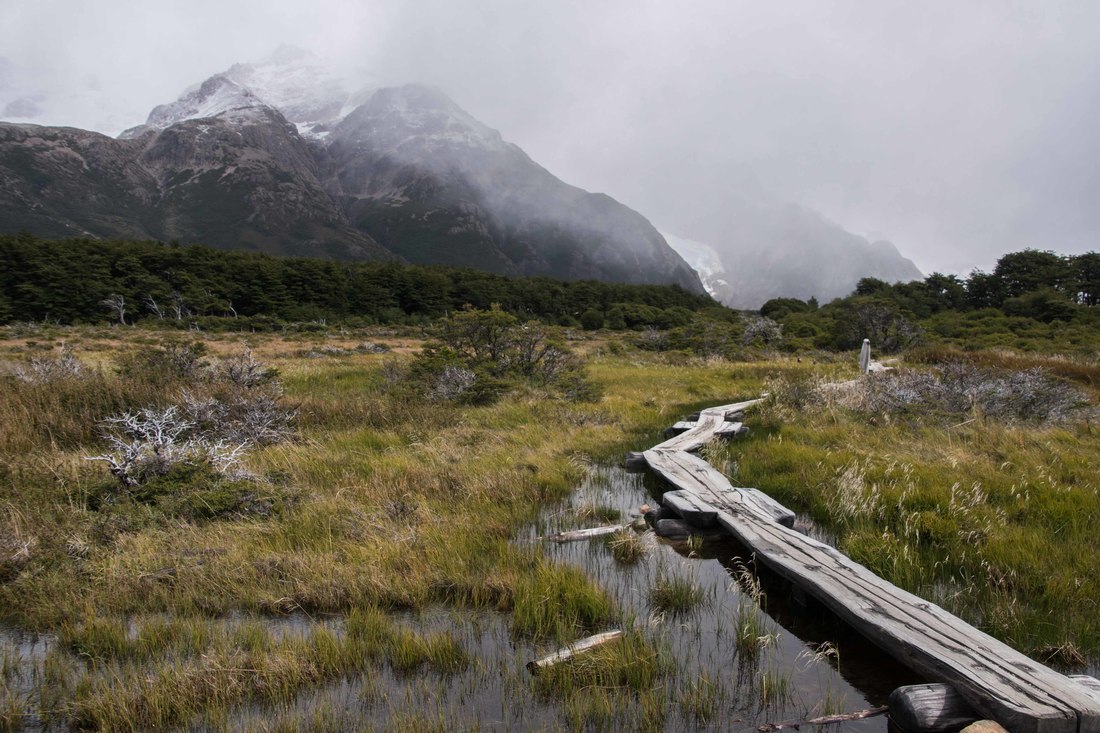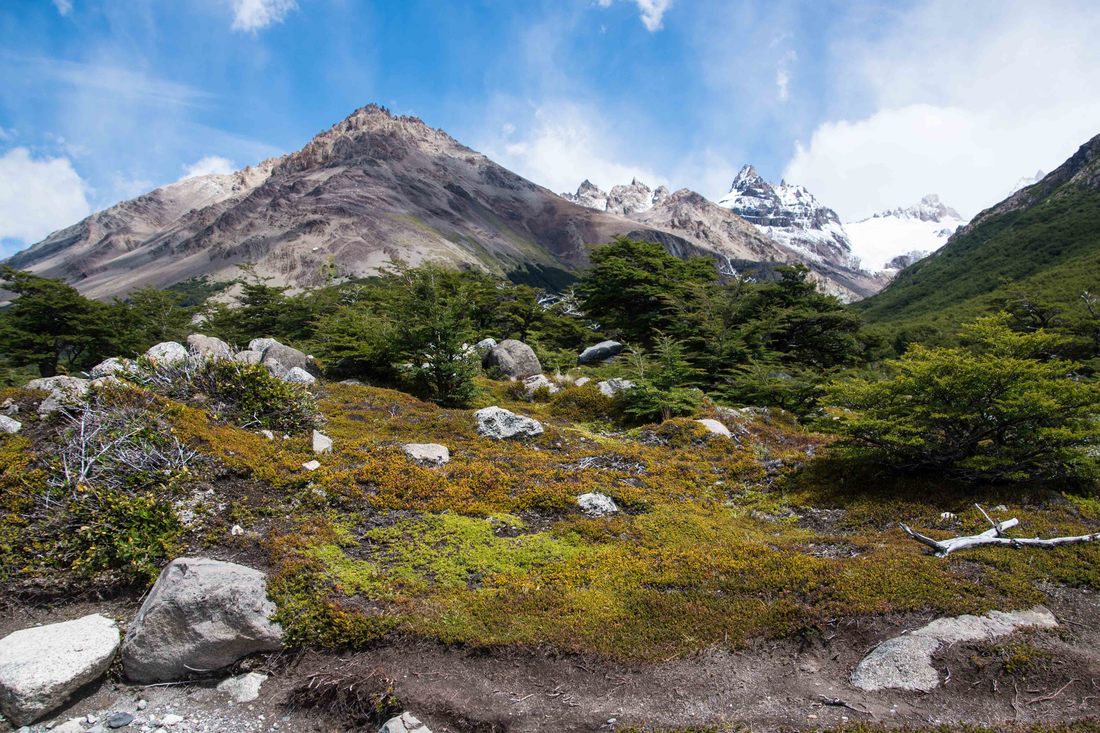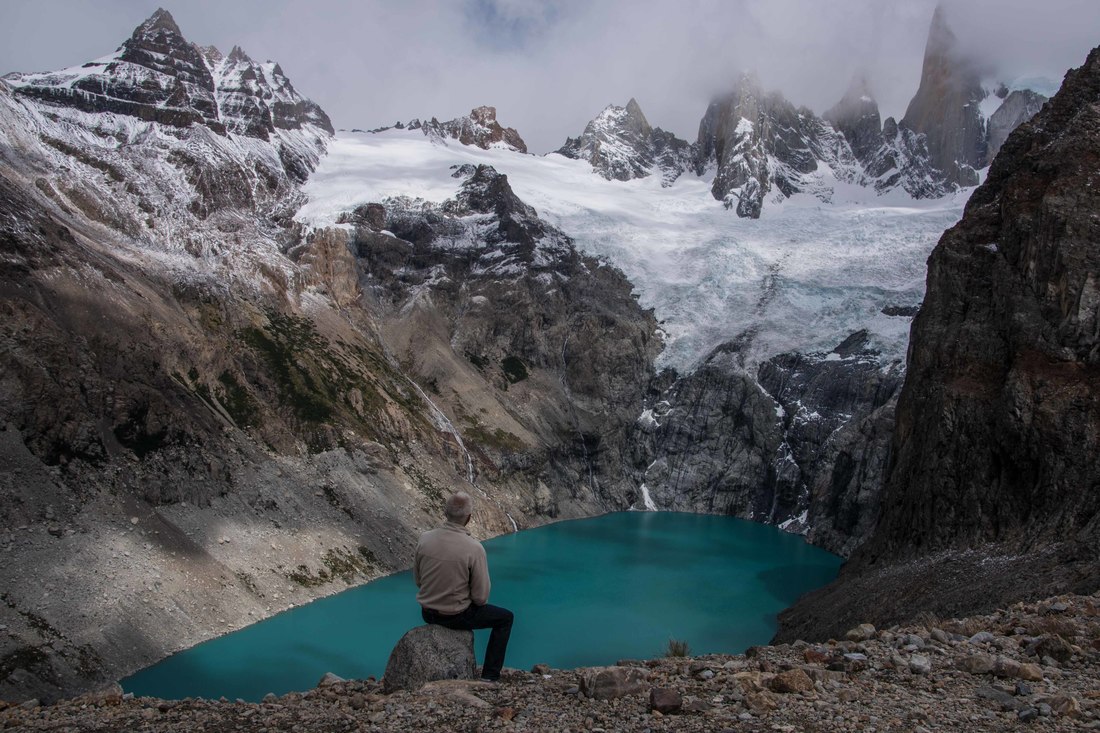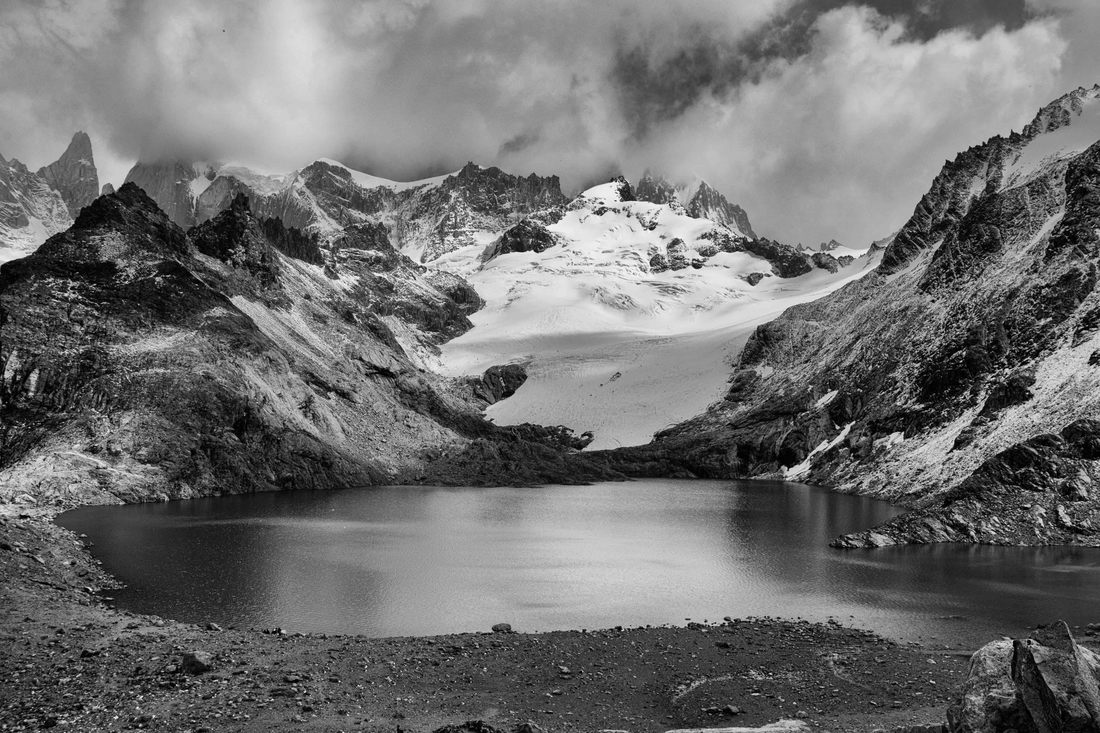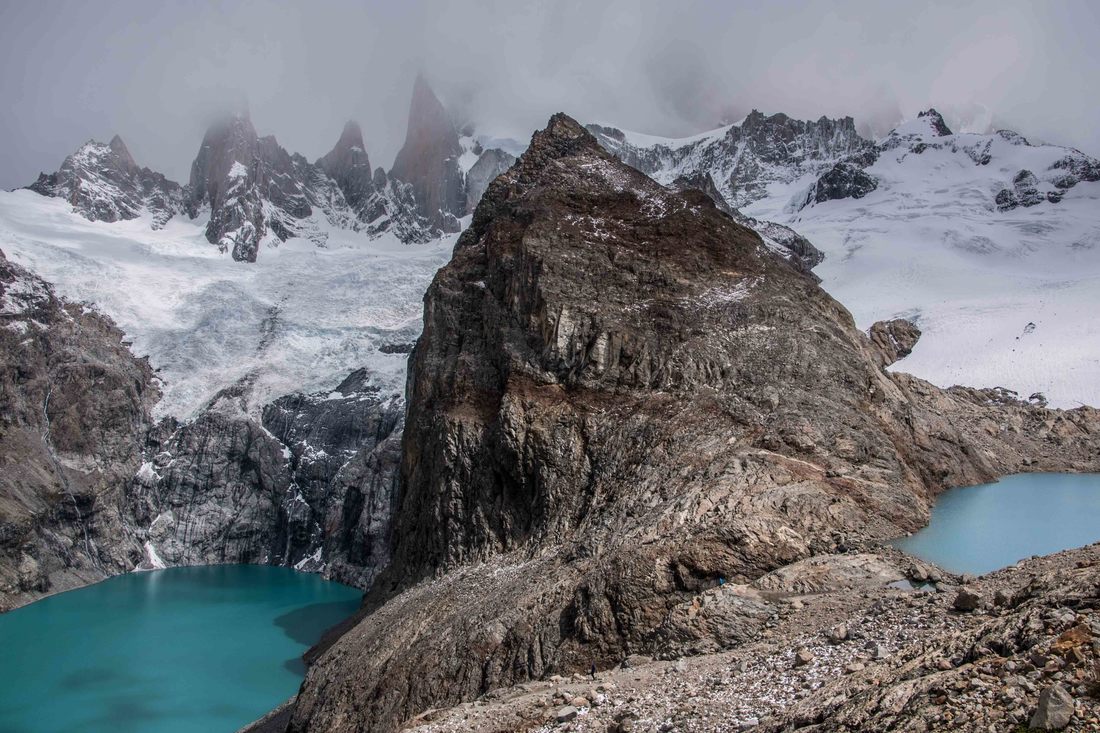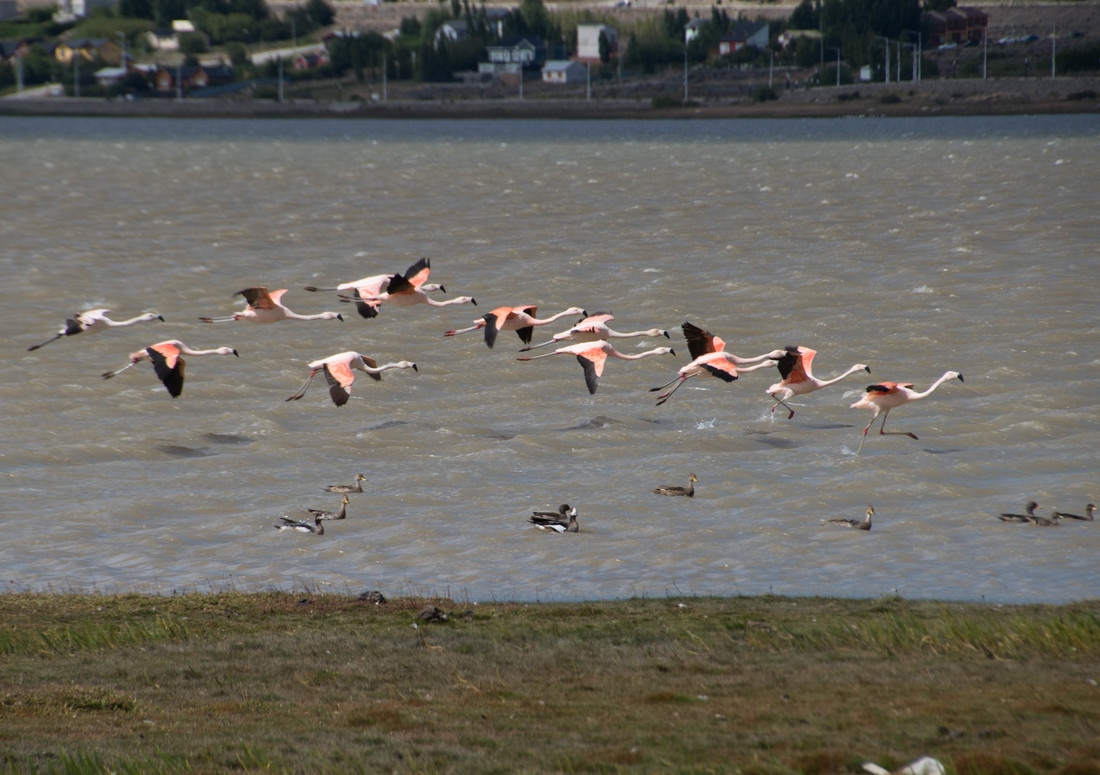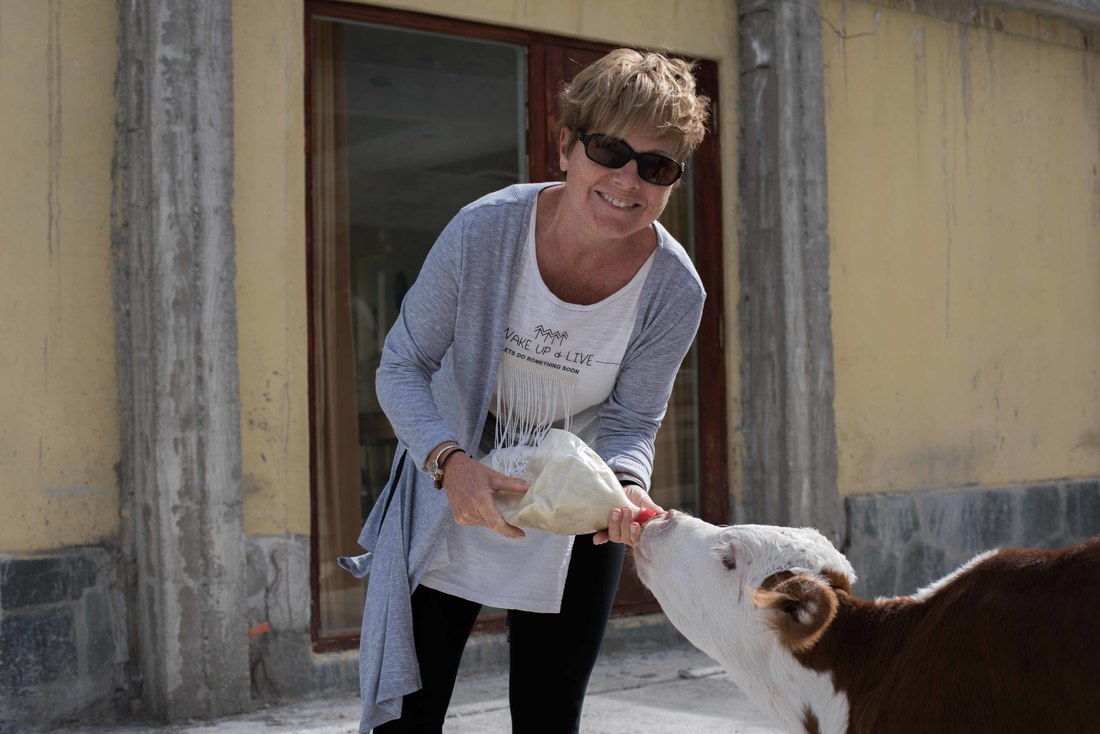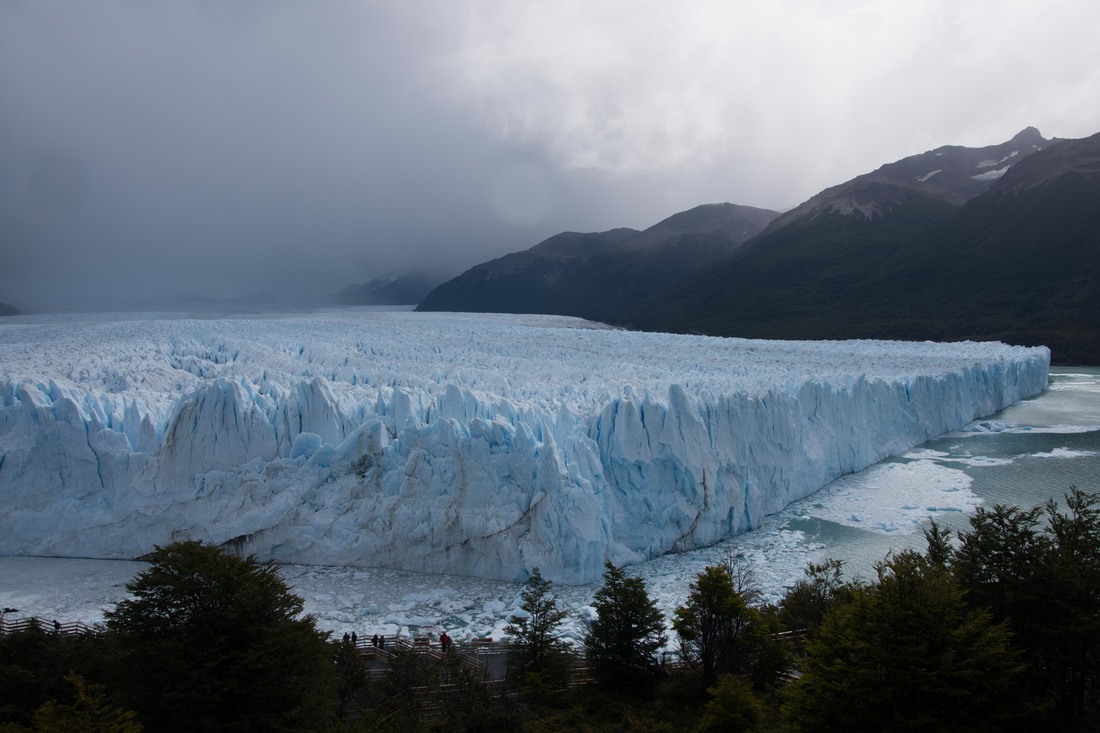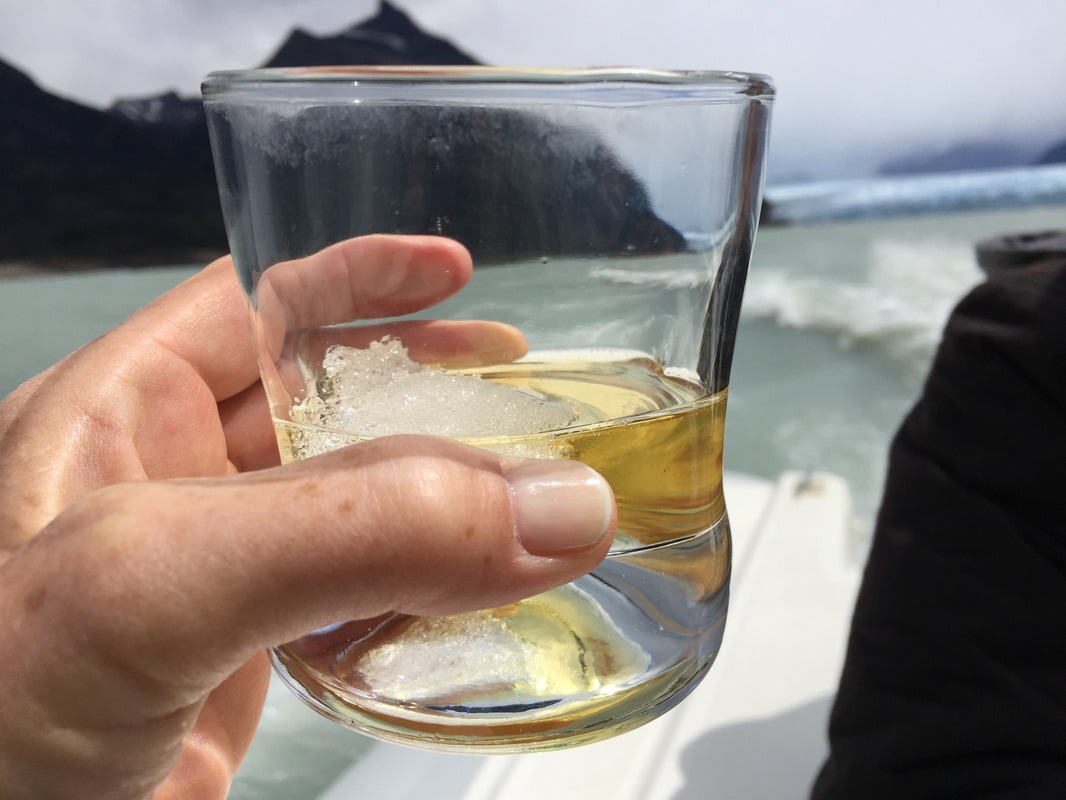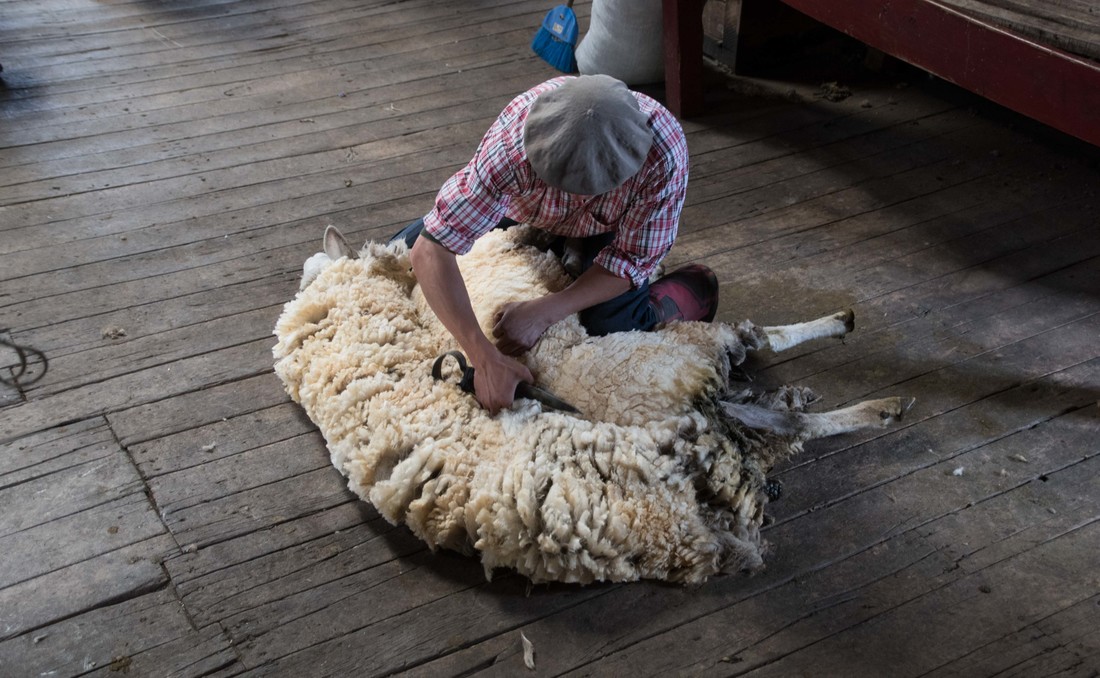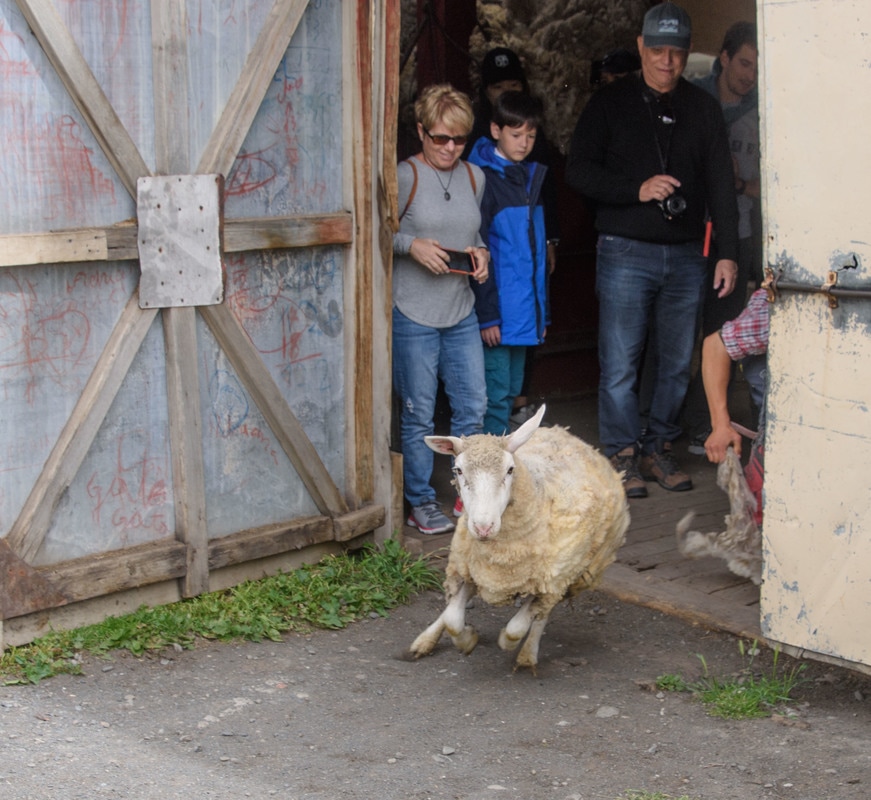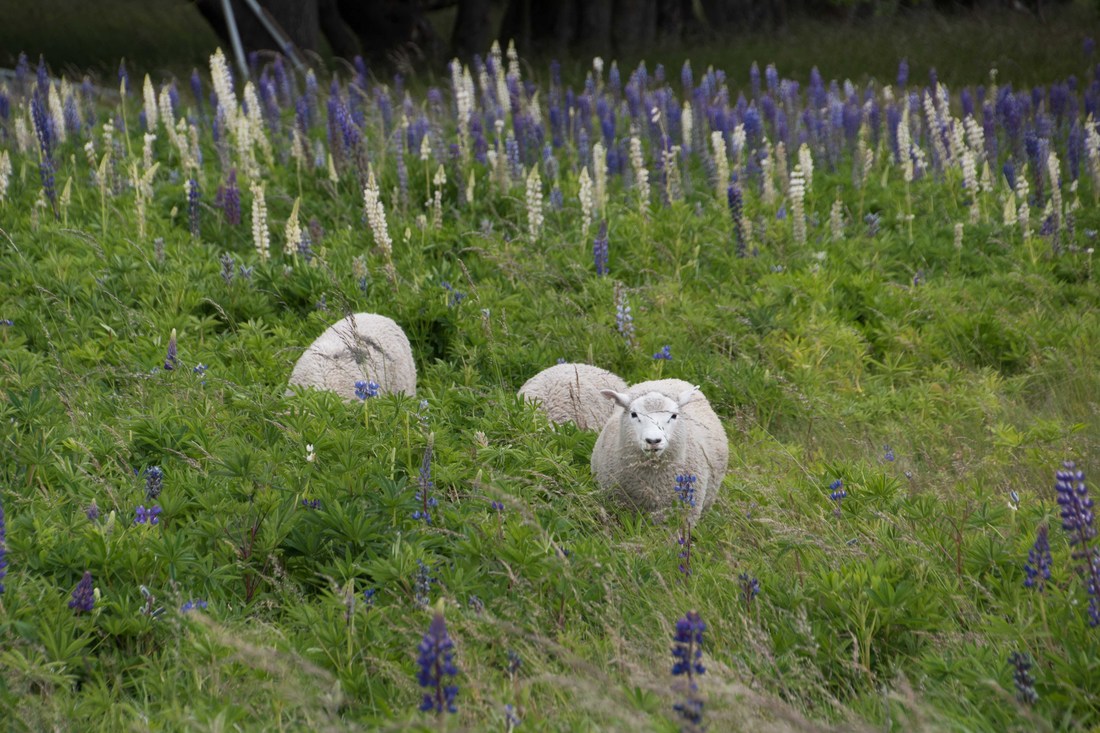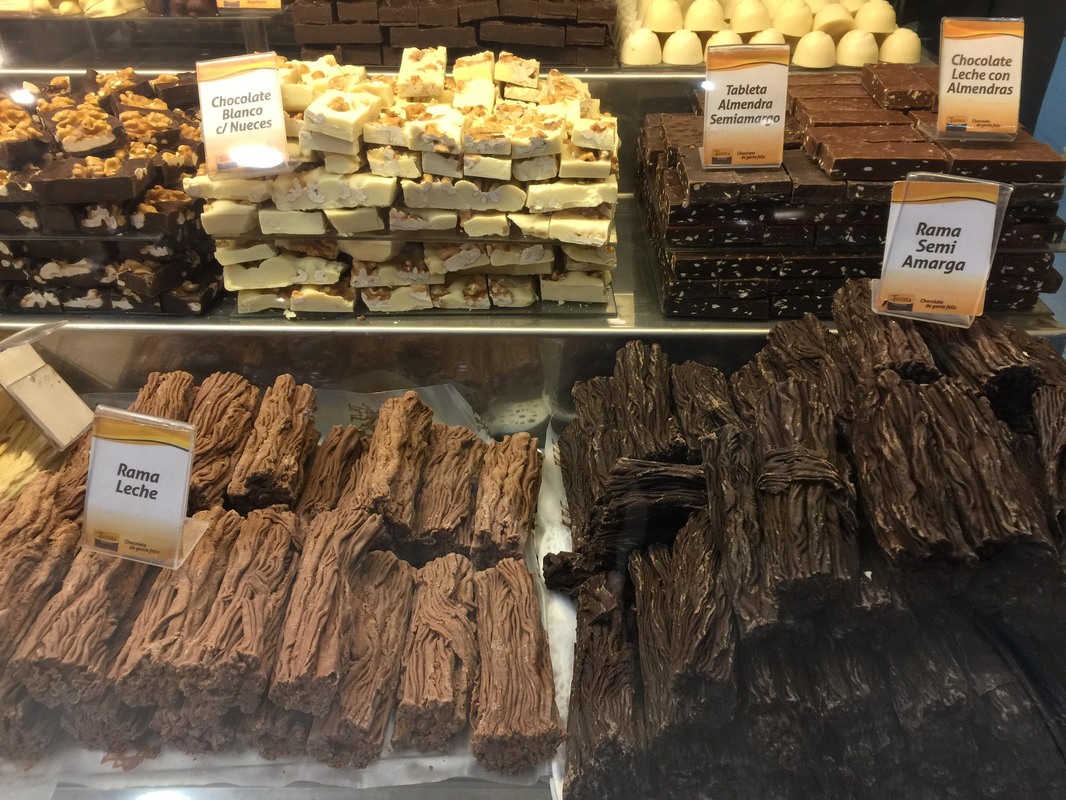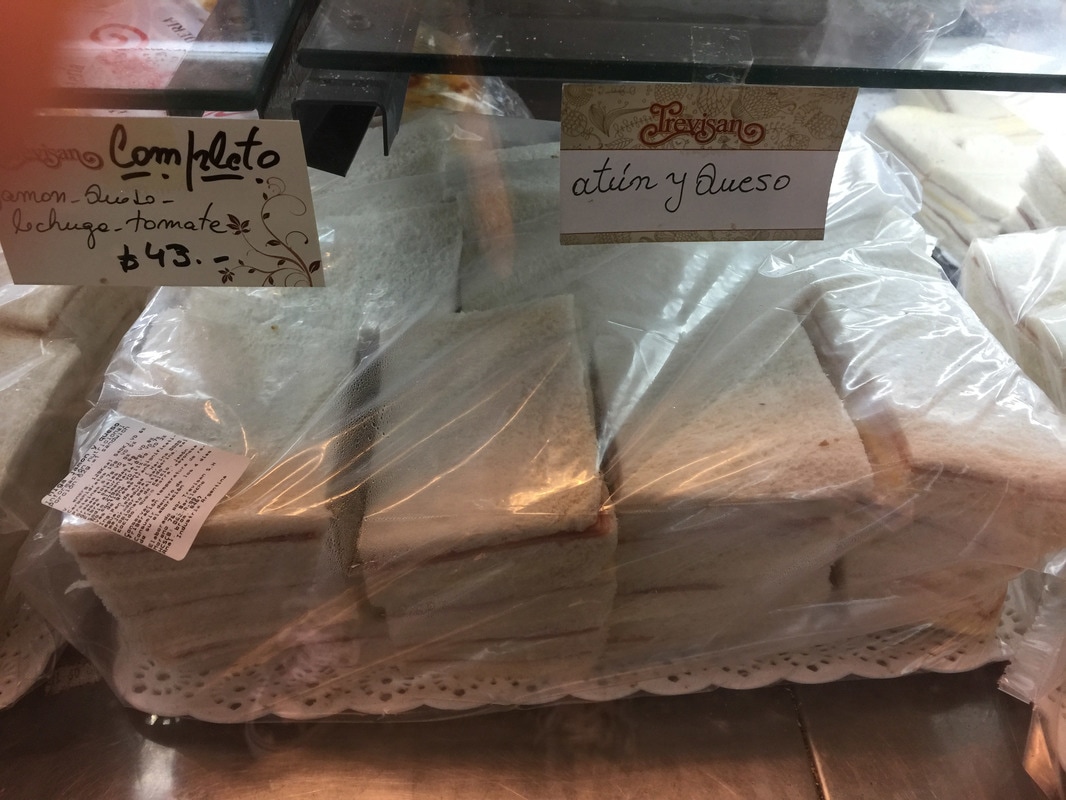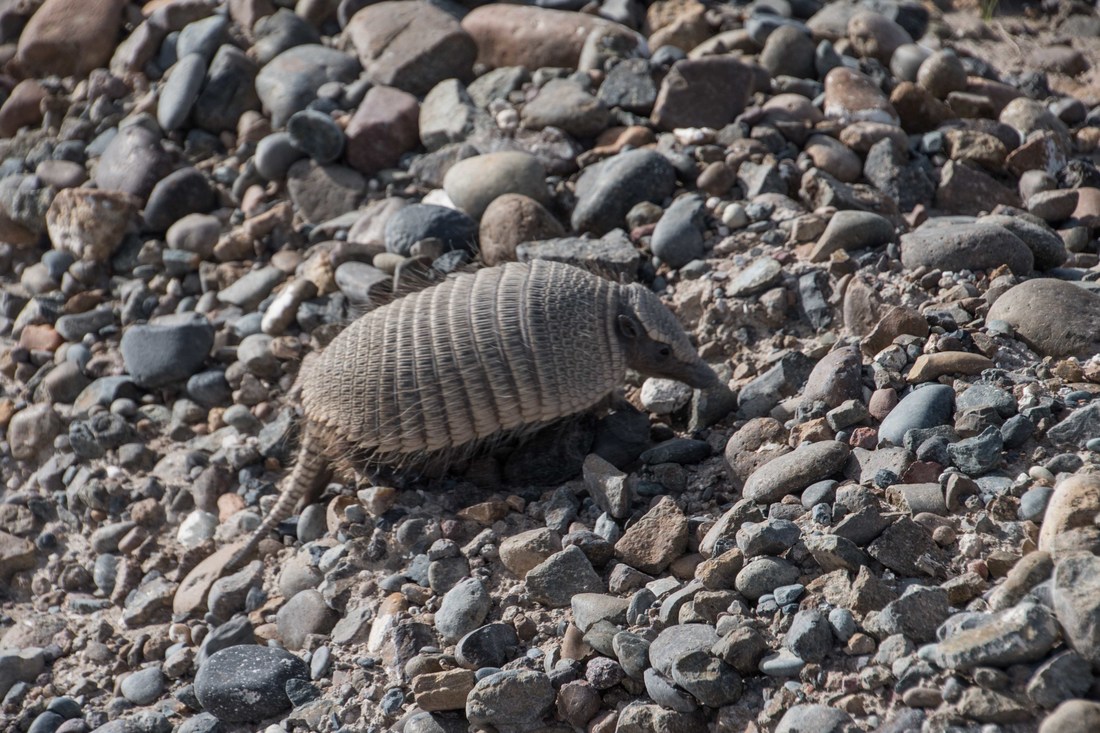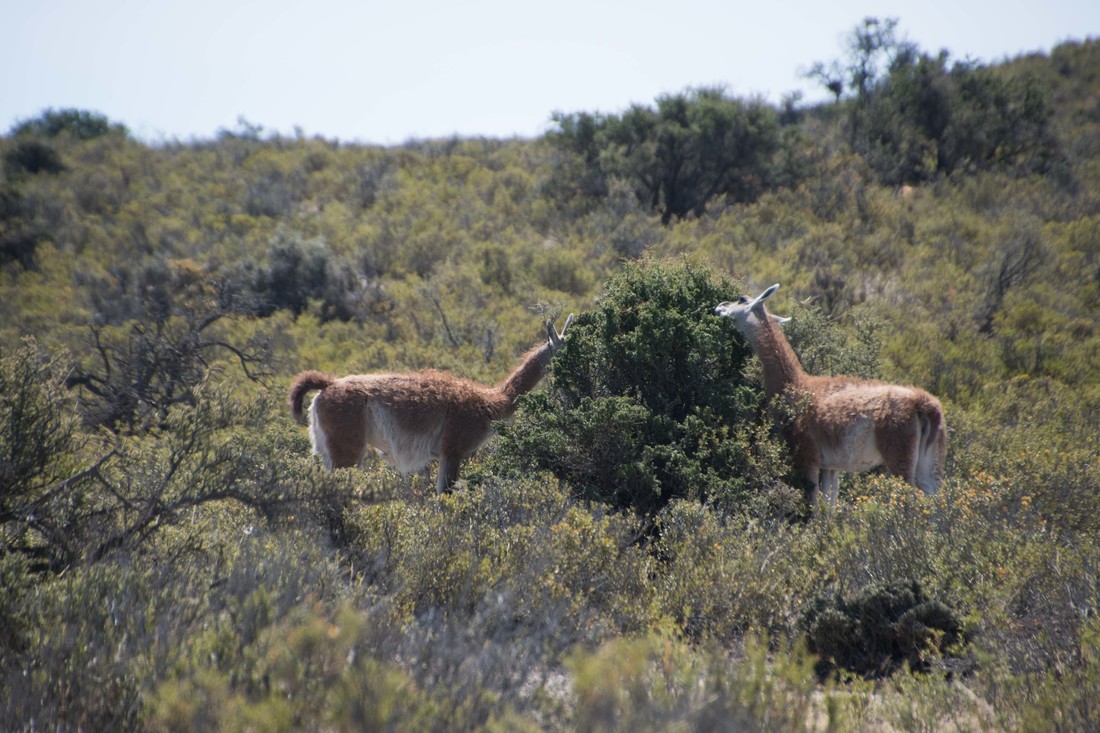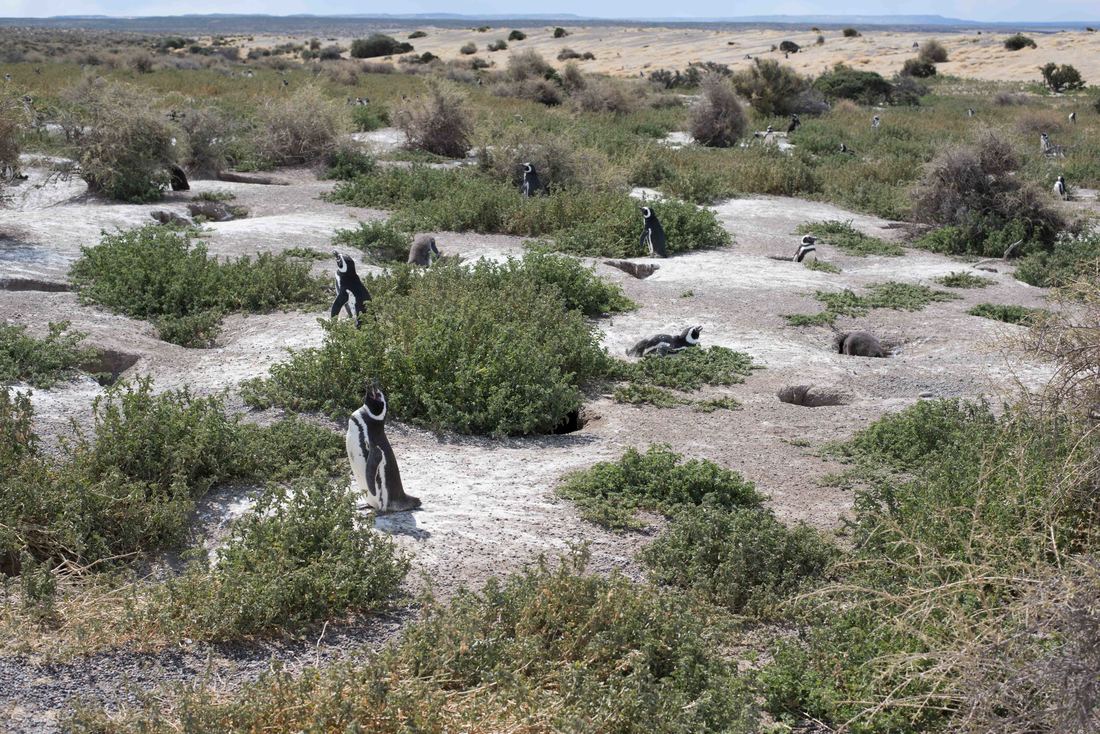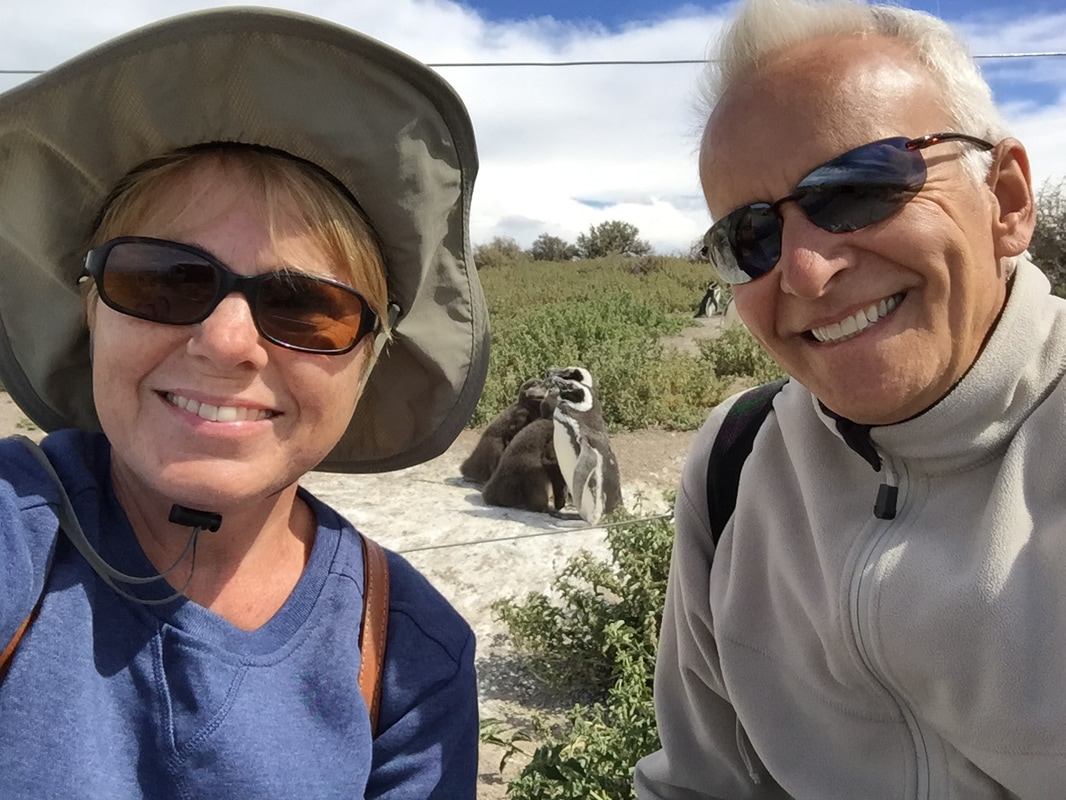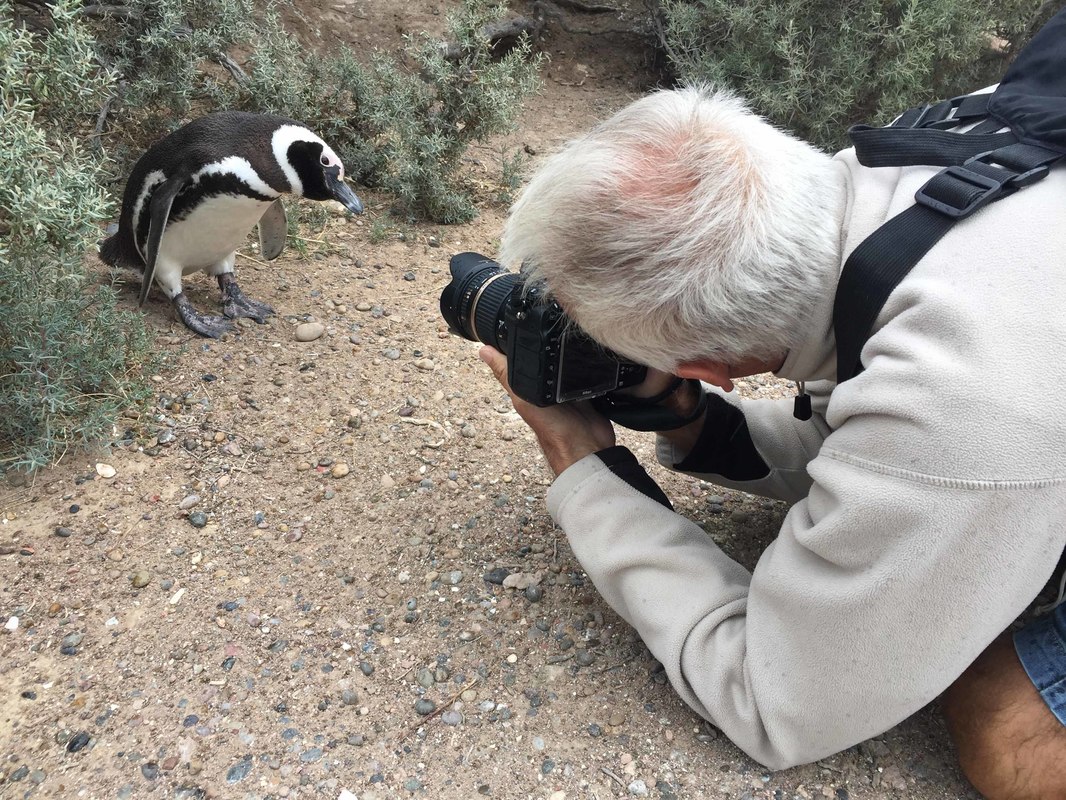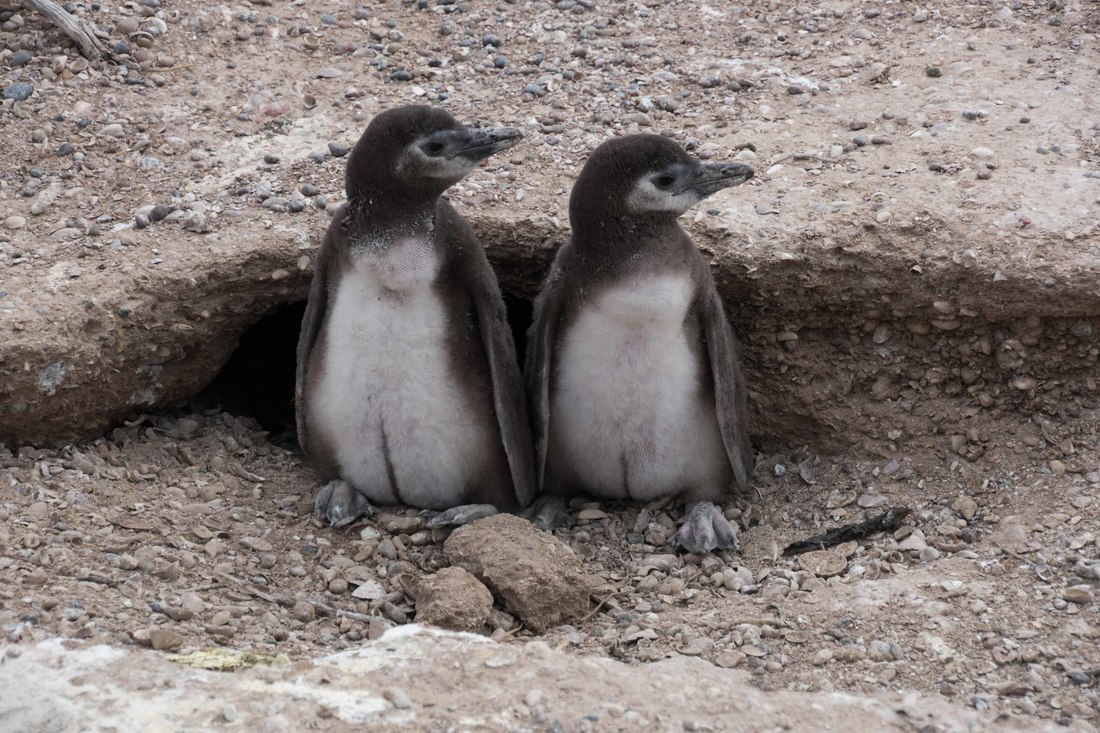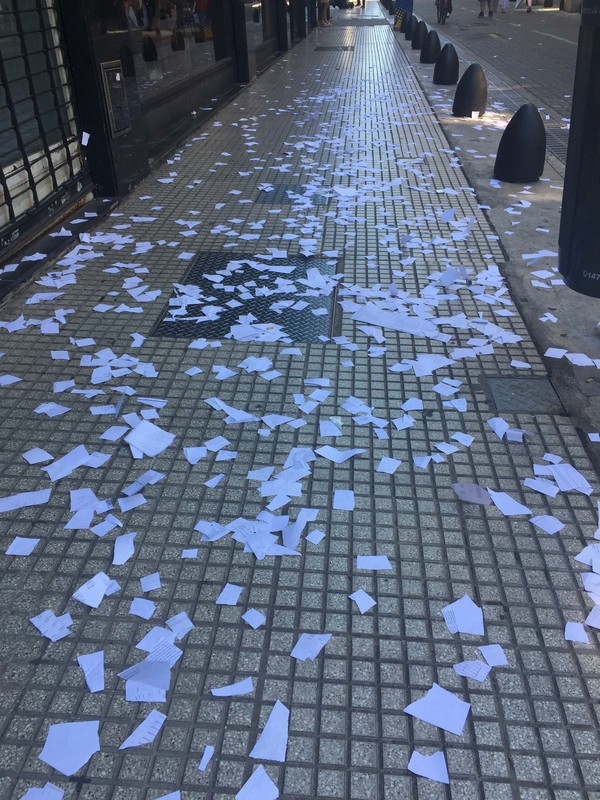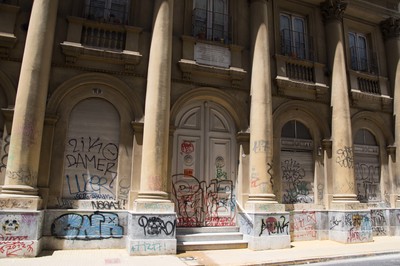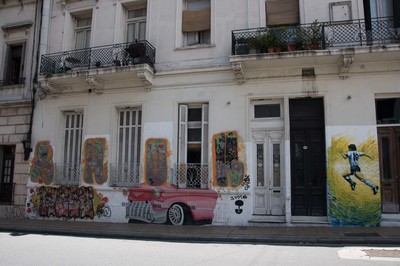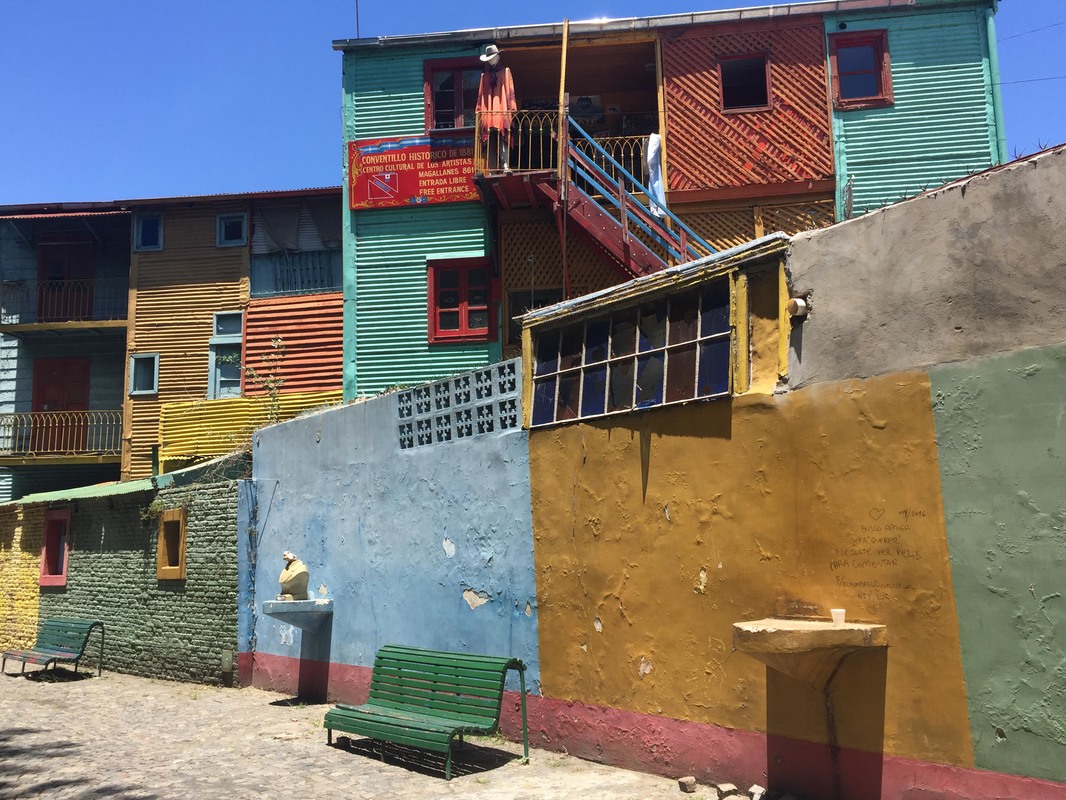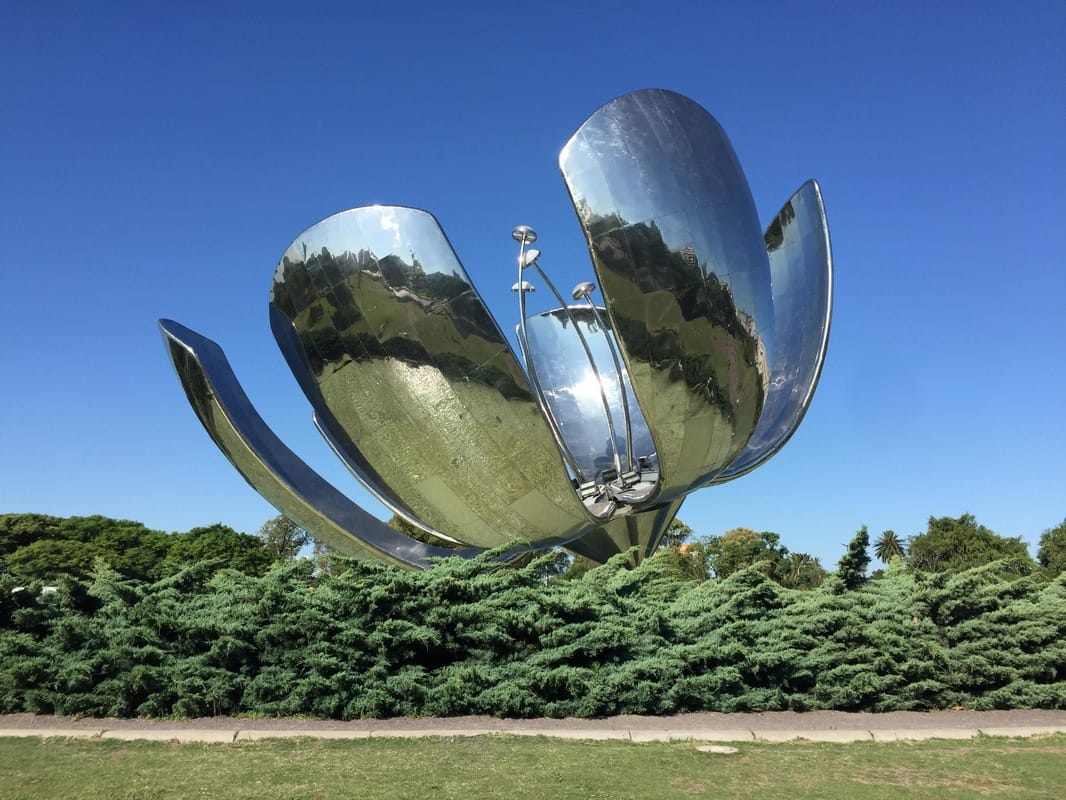Carnaval included a good dose of tossing colored powder or spraying people with a foam. I thought if I stood far enough away to take a picture they wouldn't get me, but when I turned my back a handful landed on my head - luckily it was white on white for me. A heavy police presence and riot gear kept everything fairly tame. (Cafayate, Feb 24)
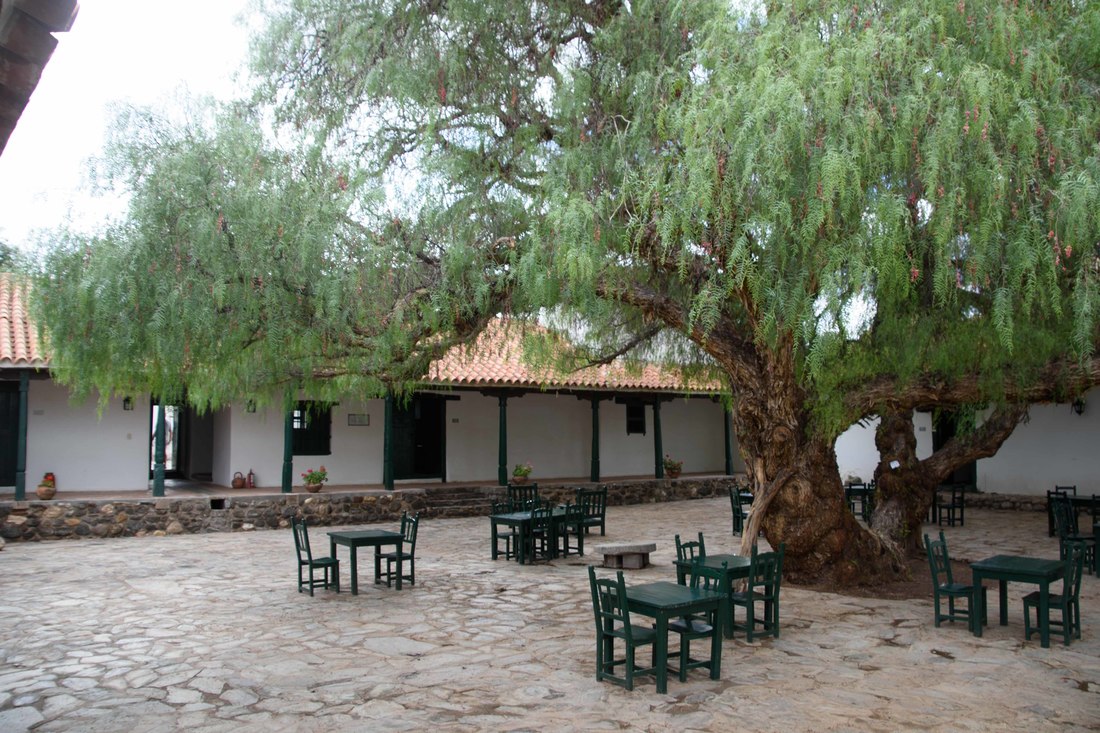
With our just-in-time booking approach we got caught in a total shortage of rooms during the lead up to the largest carnaval in the north. It left us bouncing between a humble hostel, a lakeside resort and this hacienda (once the residence of the last governor of the region appointed by the King of Spain, no less). In a purely opportunistic move, the hostel charged us more than any other room during this S.A. trip ($175). (Molinos, Feb 22)
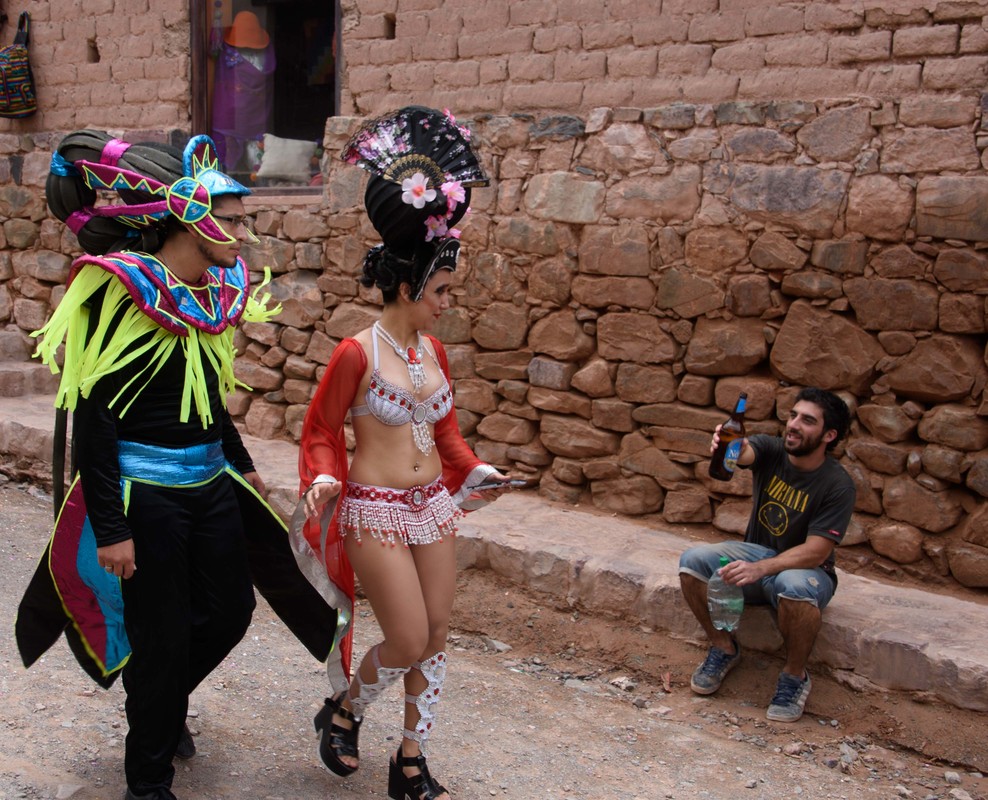
The carnaval of note in this area technically begins fifty days before Easter: the "devil" is dug up from his previous years burial place and paraded through town amid dancing and drinking that goes on for eight days. With the big party starting the following weekend, the band, the dancers and it appeared the revelers were in full rehearsal mode. (Purmamarca, Feb 19)
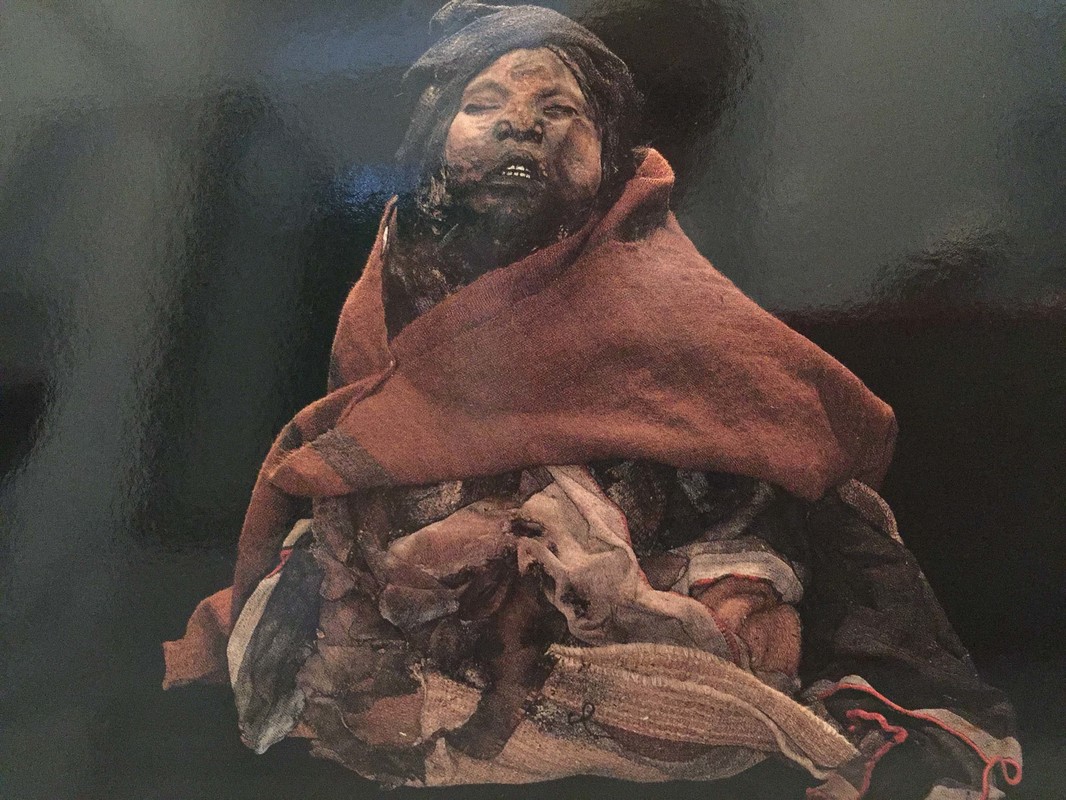
The Inca culture extended as far afield as northern Argentina and as we've explored this region there have been a few Peruvian déjà vu moments. This museum centred around an archeological expedition that unearthed 3 sacrificed children who remained intact at the top of 6700m mountain. The one on display was nicknamed Lightening because the heat of a lightning strike had burned her face. Fun, albeit macabre fact: The children were generally from the most elite families so as to offer the gods only he best. (Salta, Feb 17)
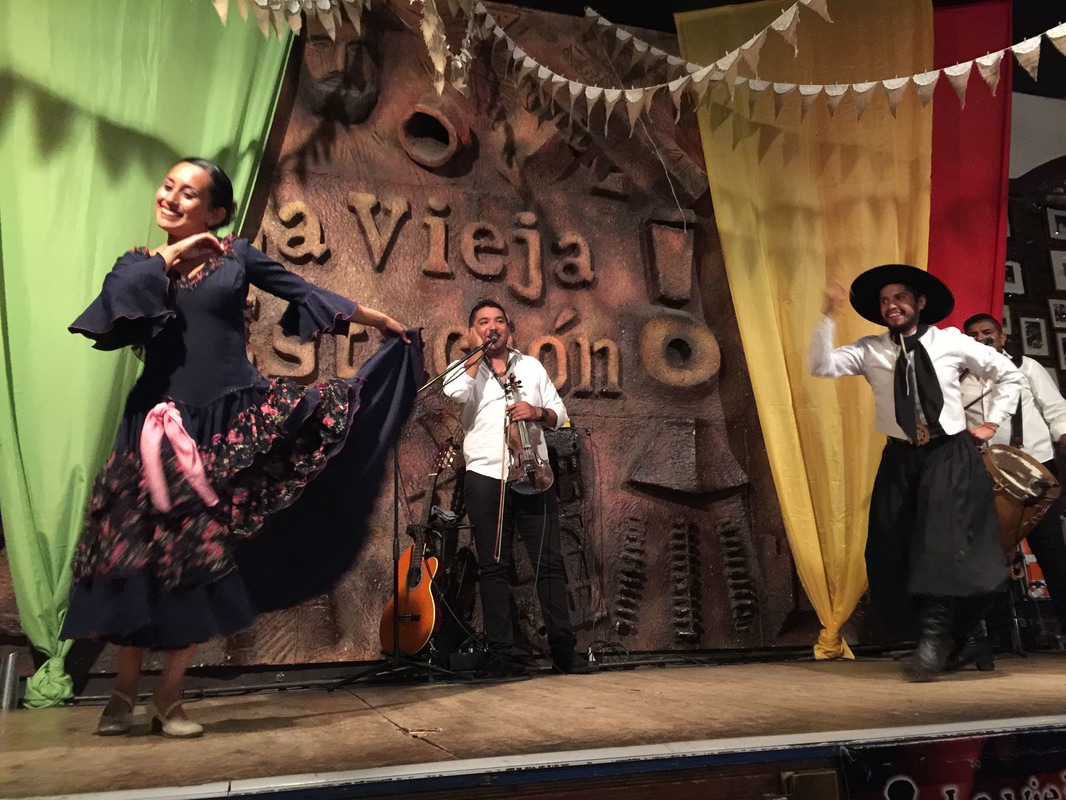
With restaurants not opening until 8-9pm we've still not adapted well to this country's eating routine. But to experience a pena style restaurant we dined late while listening to folk music and watching traditional dancers. It was surreal walking home at midnight and passing a main park filled with families picnicking - the place looked more lively than we'd seen it all day. (Salta, Feb 16)
These peeling bark trees (maybe Platanus trees) looked like art. In Eastern Argentina we've seen them line entrances to towns, main streets and paths in parks - gorgeous all in a row. (Mendoza & Salta)
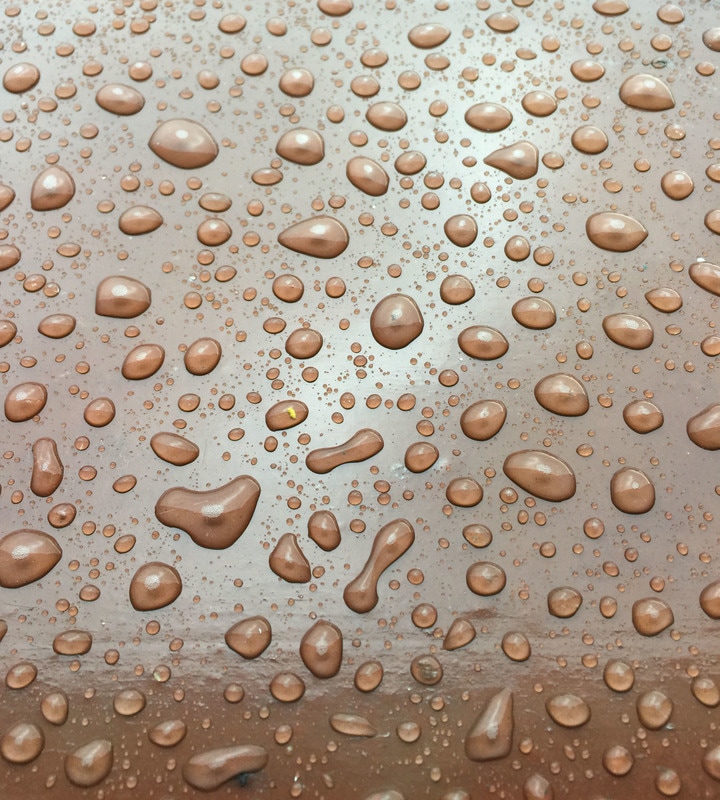
On an 18hr bus ride we fell asleep amid the Andes' southern arid zone and awoke in the northern tropical zone. Lush green mountains stood to the east while acres of sugar cane and tobacco plants grew roadside. And along with the green there was rain - the first we'd seen in ages. (Mendoza to Salta, Feb 12)
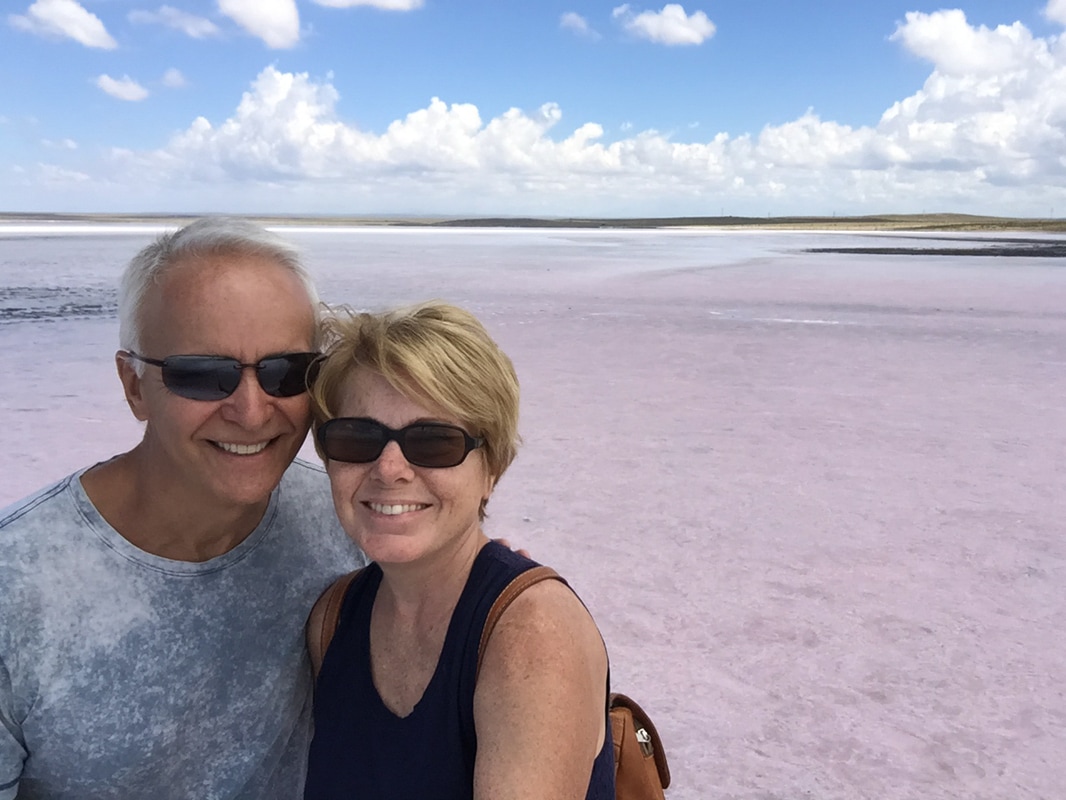
This small salt flat ranges from pink to white. As the salt dries in the sun it loses its pink colour, caused by microorganisms, and ends as pure white at its driest when they can no longer survive. Fun fact: In contrast, Himalayan pink salt takes its colour from trace minerals. (Salinas el Diamanté, Feb 8)
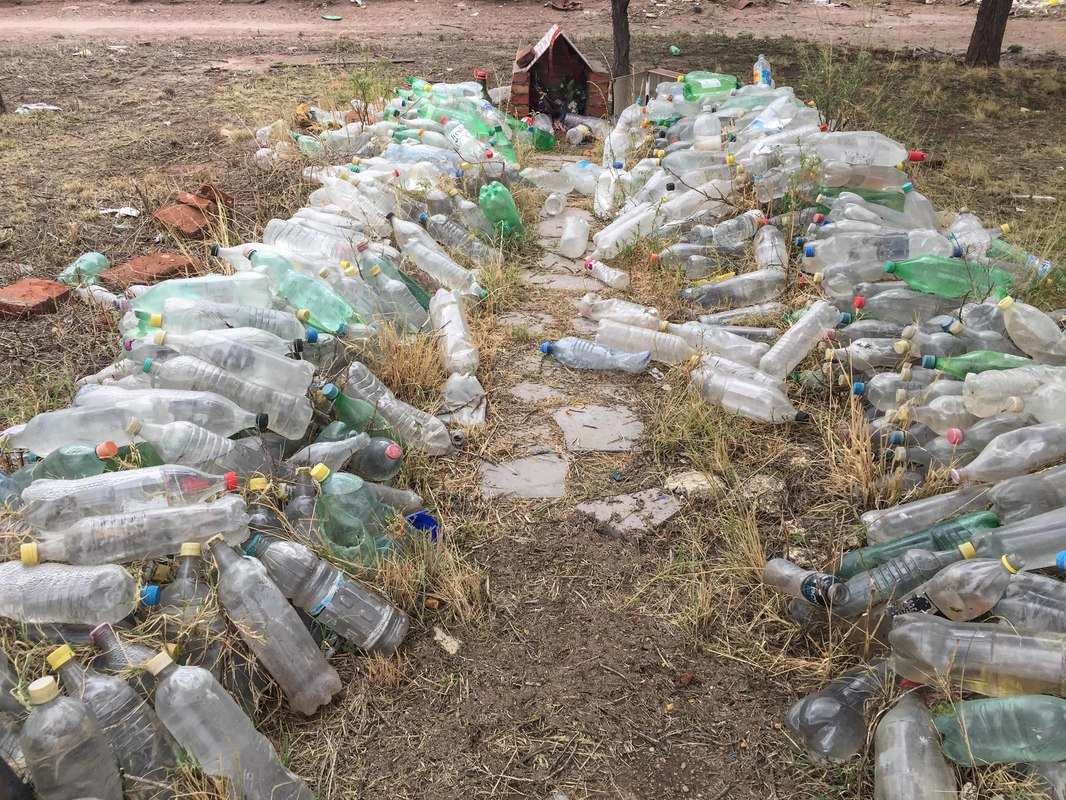
We've passed many of these roadside shrines. Legend has it that Deolinda Correa died of thirst and heat exhaustion while accompanying her husband who was fighting in the 1840's civil war. Argentines associate her with protecting travelers hence she is popular with truck drivers. The water bottles are intended to quench her thirst. This has been by far the most we've seen. (San Rafael, Feb 7)
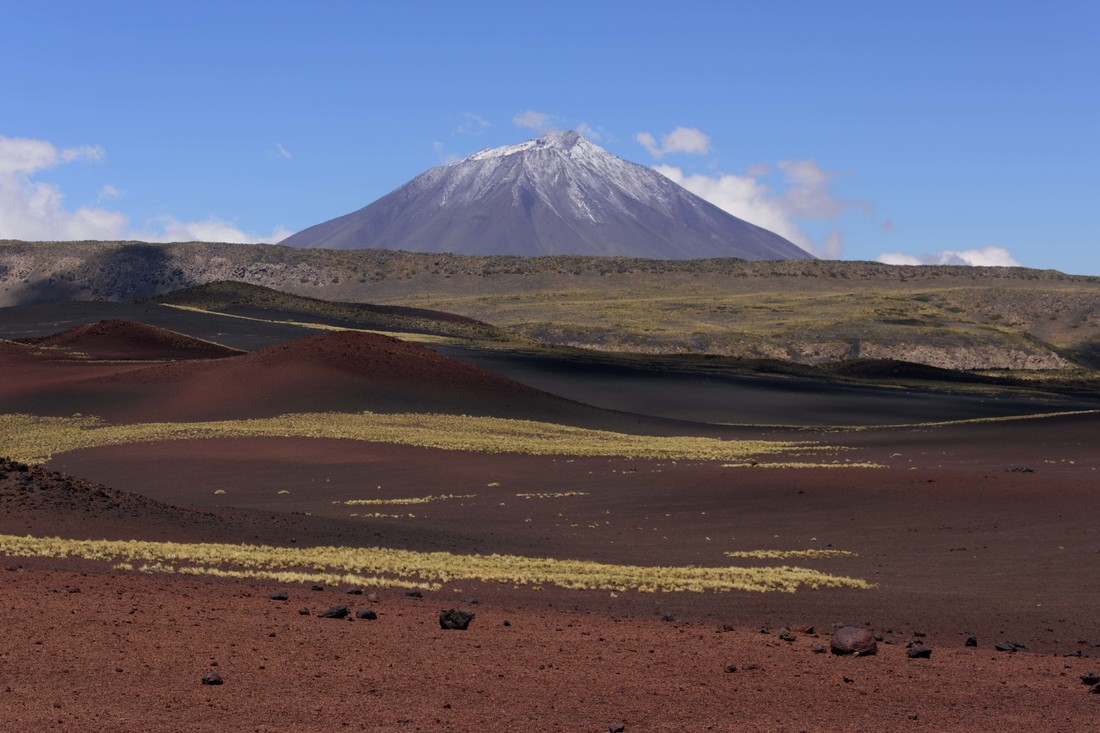
We decided to leave the rental car behind in favour of a tour driver navigating hours of gravel roads to explore the Payunia Reserve, an expanse dotted with 800 volcanoes. All of the world's iconic types of volcanoes were represented there. The above section of land was covered with iron oxide that looked like red velvet from afar. (La Payunia, Feb 5)
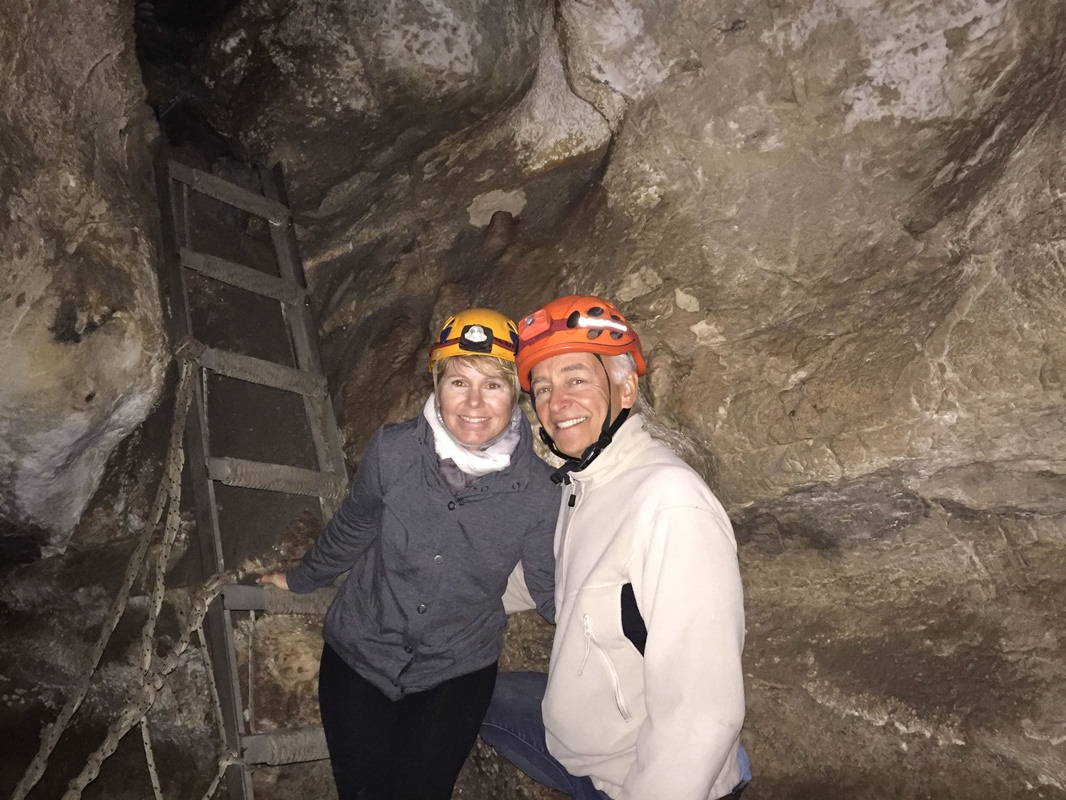
During the caving guide's opening spiel we were picking out Spanish words like claustrophobia while a guy started deep breathing - we knew we were in for some fun. Our English version of the speech was "are you ready to go". As we moved from the first to fourth cave chamber, the going got gnarlier and the group got smaller. By the last one it was just me and the guys while their wives hung back on safer ground. (Caverna de Las Brujas, Feb 4)
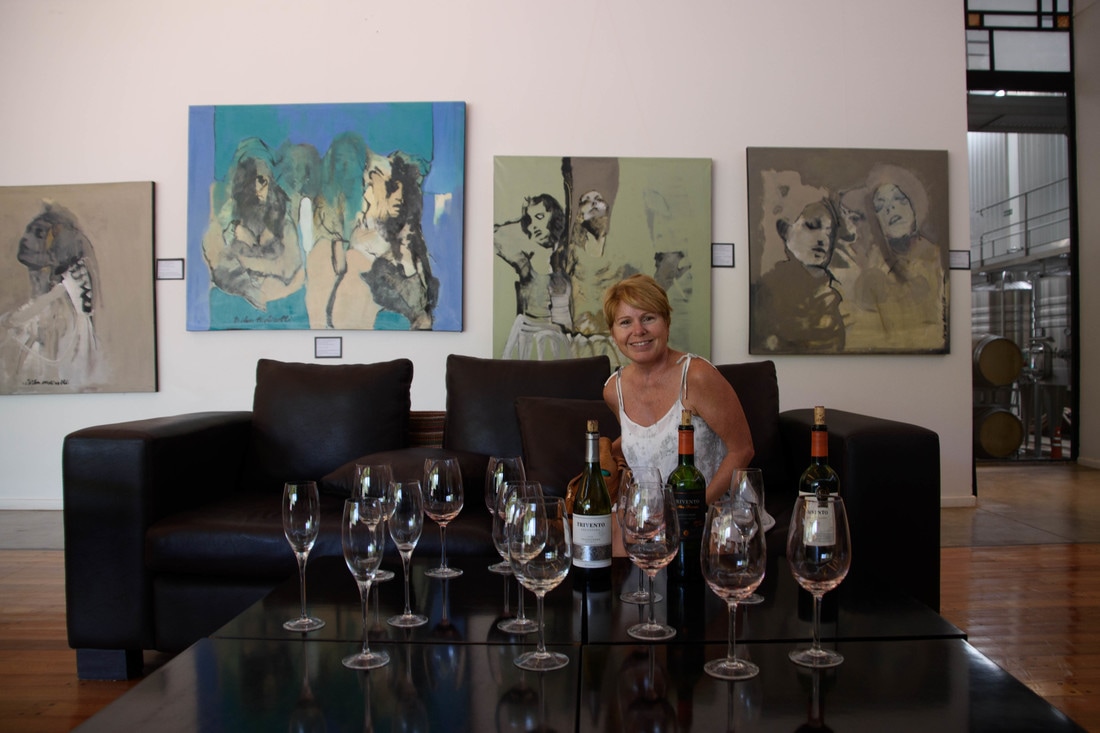
The approach to tastings was different than what we're used to. In this place we sat around the comfy couch with our samples, at another the tour was held sitting in a tree-house style platform overlooking the vineyard and shaded by a weeping willow tree, in a third the pours could be paired with a light lunch and in another winery all the tasters sat around a picnic table while the host poured and regaled us with wine myths and facts.
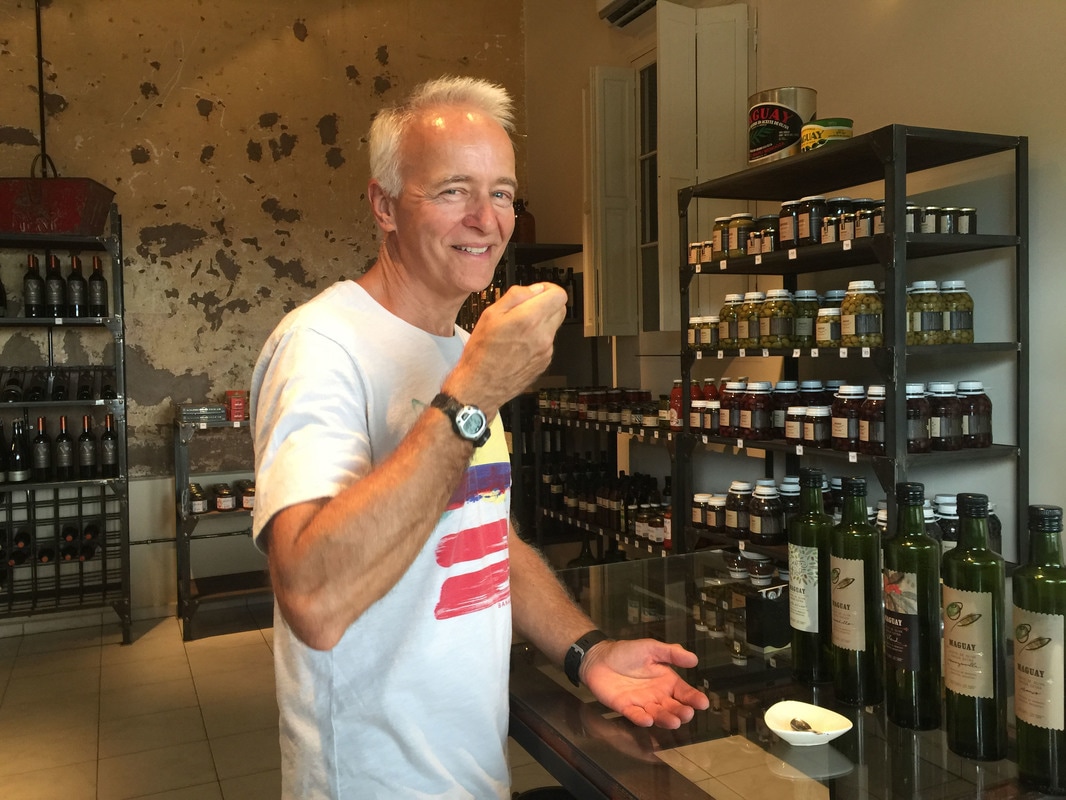
After wandering an olive grove and it's processing facility it was fun to taste the various oils. By comparison, I ate an olive straight off a tree - it was very bitter and left a sour coating in my mouth that only a wine tasting could get rid of. It's a brining process that converts the olive from inedible to tasty toothpick tender. (Mendoza, Jan 30)

After a decades old dream of taking a multi-day horseback riding trip in Argentina we tested the waters with 3.5hrs in the saddle. The scenery was spectacular as we climbed and descended 2 mountain peaks to glimpse vineyard views in the Uco Valley wine region below. It was a great outing but sadly I'm not sure if my knees would be up to many more hours. (Mendoza, Jan 29)

What a surprise, my stirrup leather had to have another notch added :) I must have just made the height minimum. Of course I couldn't reach the stirrup when I had to re-saddle which prompted help from the gaucho. Trying to not to touch my behind, the awkward effort wasn't pretty and resulted in a pulled muscle around my ribs.
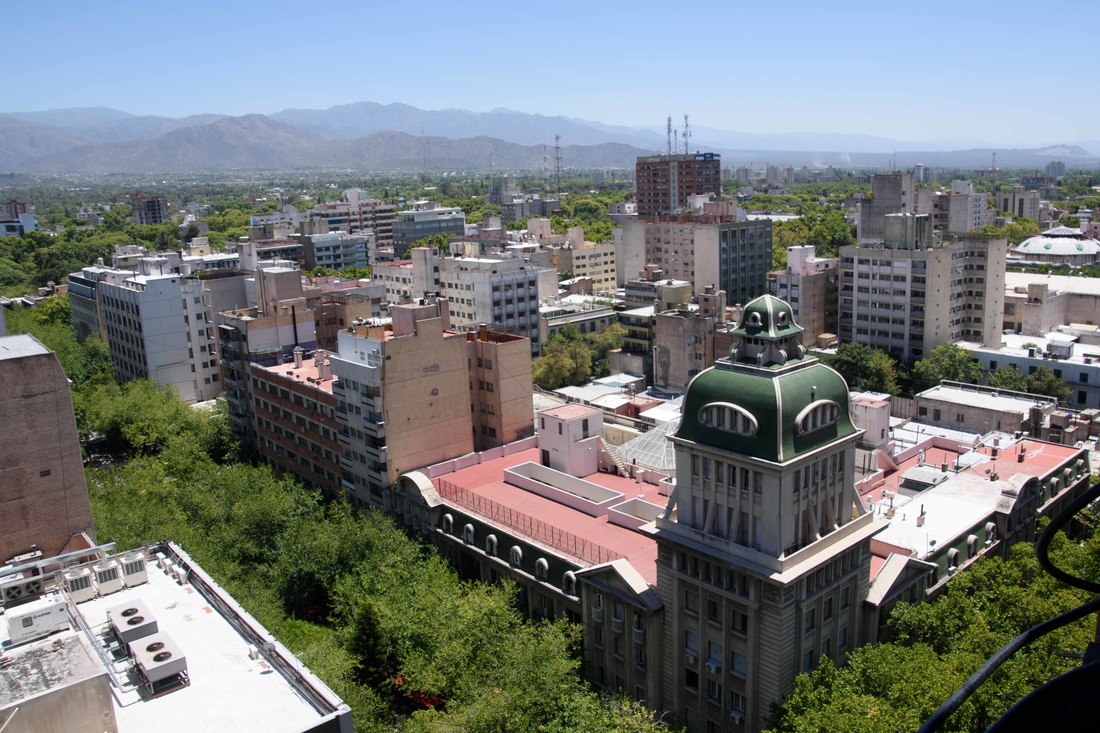
This beautiful oasis city was cleverly designed to mitigate the 40° summer heat by lining its streets with tall, voluminous trees that have by now joined at the top to create a full shade canopy. With a birds eye view atop a high rise we could hardly see the busy pedestrian street, with its red umbrella covered tables, below. Further out the trees traced the city street's grid pattern. (Mendoza, Jan 28)
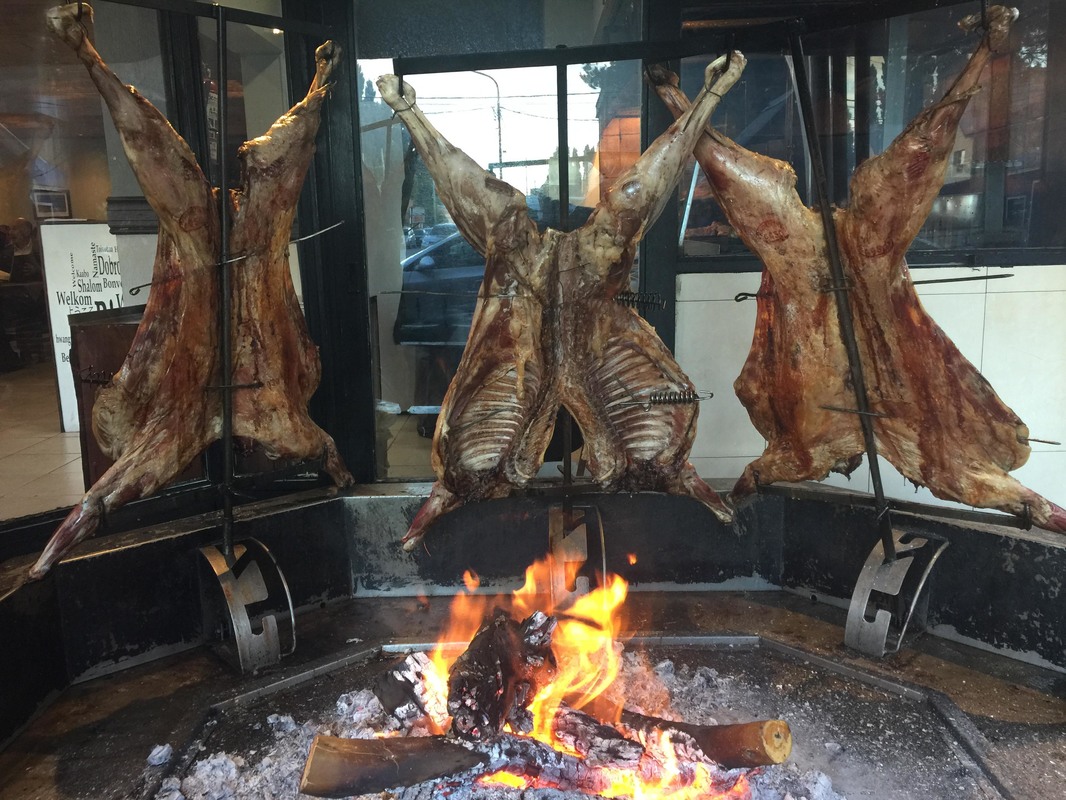
True to it's reputation, Argentina has been a carnivore's paradise. The parrilla style restaurant has become a favorite with the meat grilled as above and then a selection of cuts served on a hotplate. The pictures taken between Jan 7-22 are from the Patagonia region at the southern end of Argentina. (El Calafate, Jan 22)
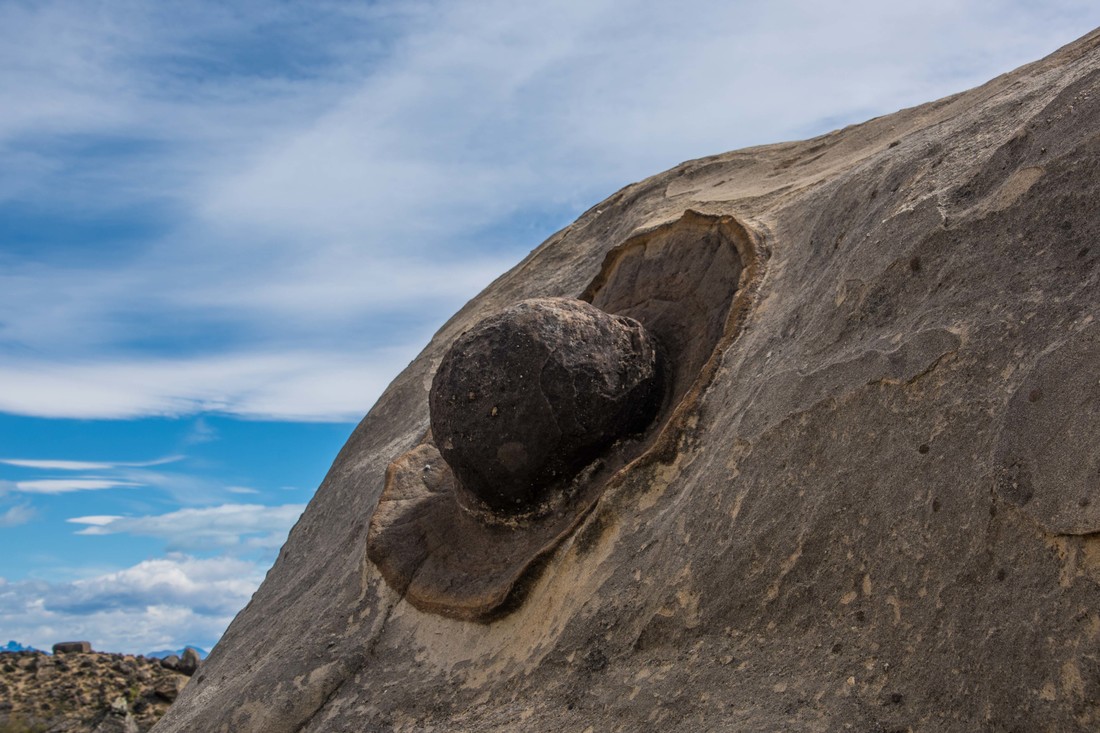
I hope there aren't any geologists reading this because they may well shake their heads... Very rare rock formations known as Mexican Hats are found in this region. They were made up of iron oxide particles, shaped over time into an orb by water currents and then later covered in sediment. Glaciers got involved and the rock started to erode, but the iron did not, leaving these unique formations. The adrenaline of the day came from the 4x4 ride into the hills to see them. (El Calafate, Jan 22)
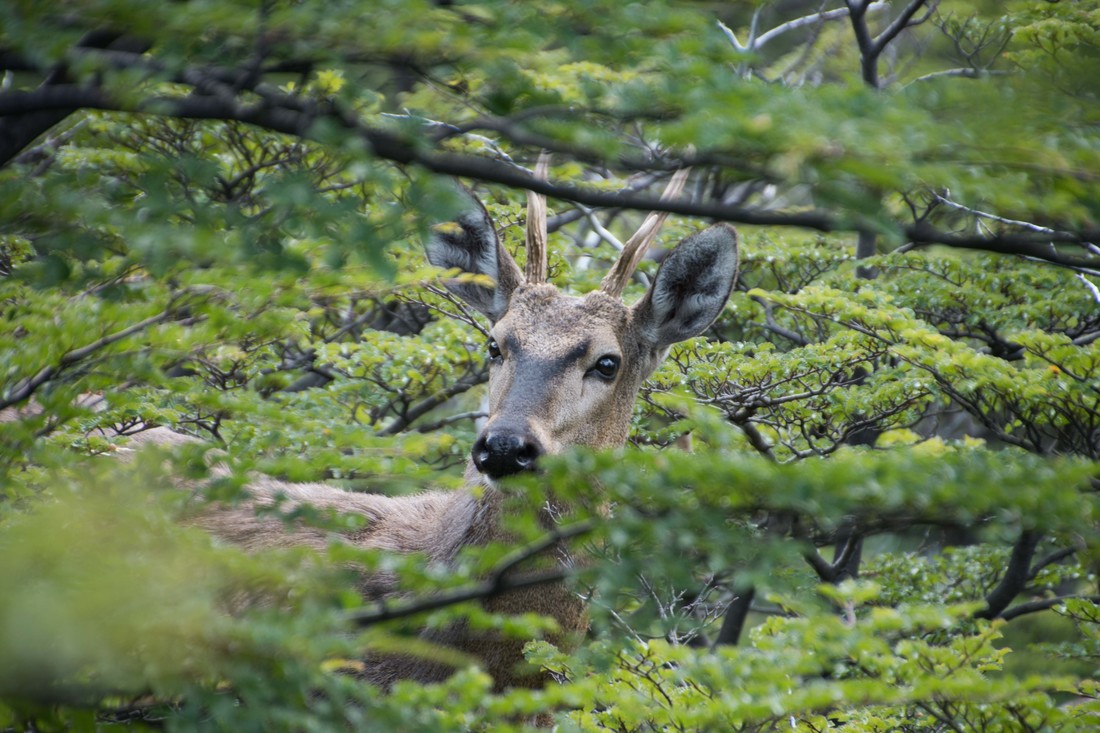
For years we've seen the ubiquitous "patagonia" brand on outdoor clothing, but after spending time in this vast space with its constant wind, scrub-land, wildlife, hiking/climbing and numerous glaciers we appreciate its namesake all the more. This part of the country has definitely been a highlight. Critter sightings along the way... Above: The endangered Huemul, nicknamed the Ghost of Patagonia because of the rare sightings. Rangers asked us to report any encounters and a fellow hiker said he'd been coming to the area for 15 years and hadn't spotted one before.
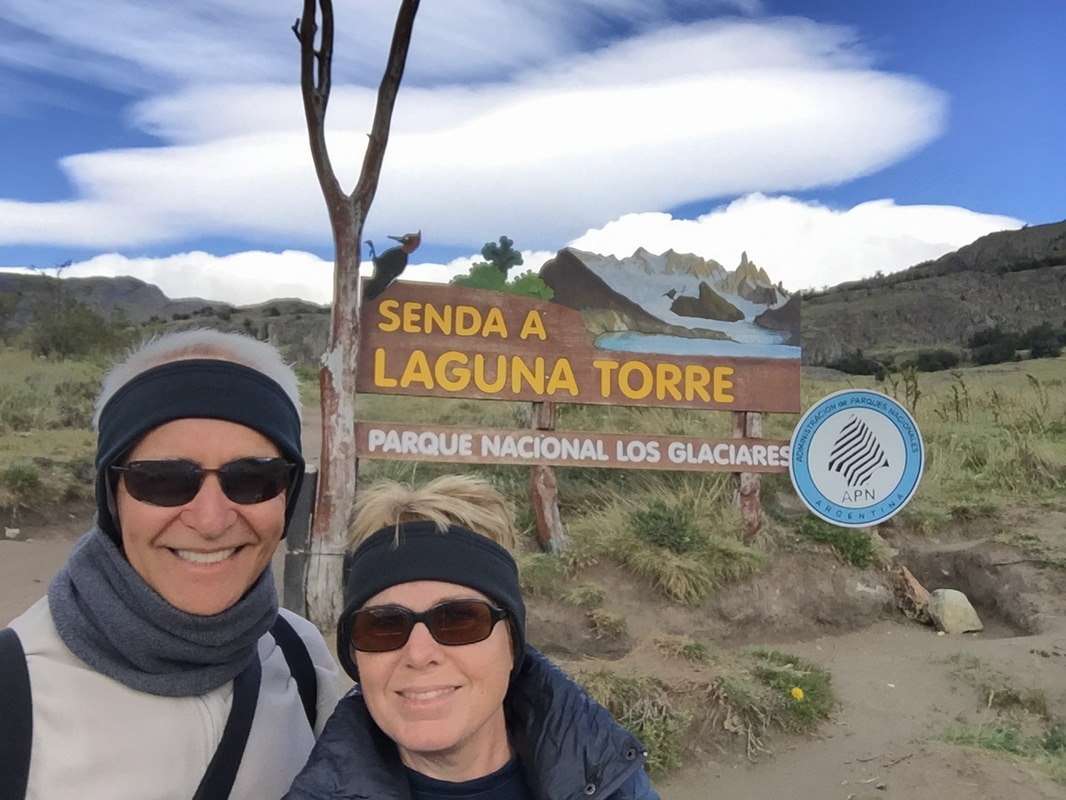
After a scenic 3 hr ride with a birds eye view from from the top floor of a double decker bus, of rolling hills, glacier milk lakes and rivers, herds of guanacos and the craggy Andes mountains in the background, we arrived in a town known as a hiking and rock climbing mecca. Two long days of hiking and wandering for us and an additional one for Rick provided spectacular views, Fitbit readings of 25-35km each day and some dinner time gluttony.
Above: Day one and we were all fresh at the beginning of the 18km hike. (El Chalten, Laguna Torre hike, Jan 15)
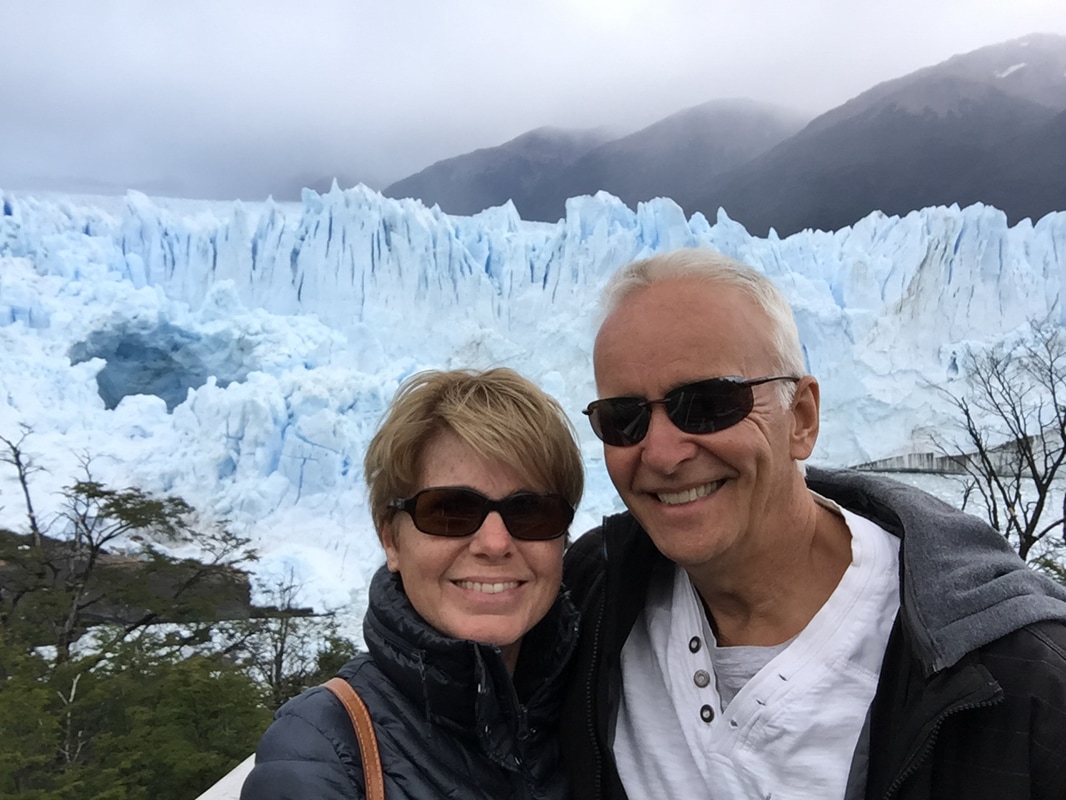
We approached the Perito Moreno Glacier's various angles by boat, forest walk and van. Because the behemoth is advancing 2m/day - one of the few in the world that isn't shrinking- it sounded alive with loud creaking, cracking and gunshot type noises. It was exciting to see a couple of ruptures from the outer edge with ice crashing into the water. (Los Glaciares National Park, Jan 13)
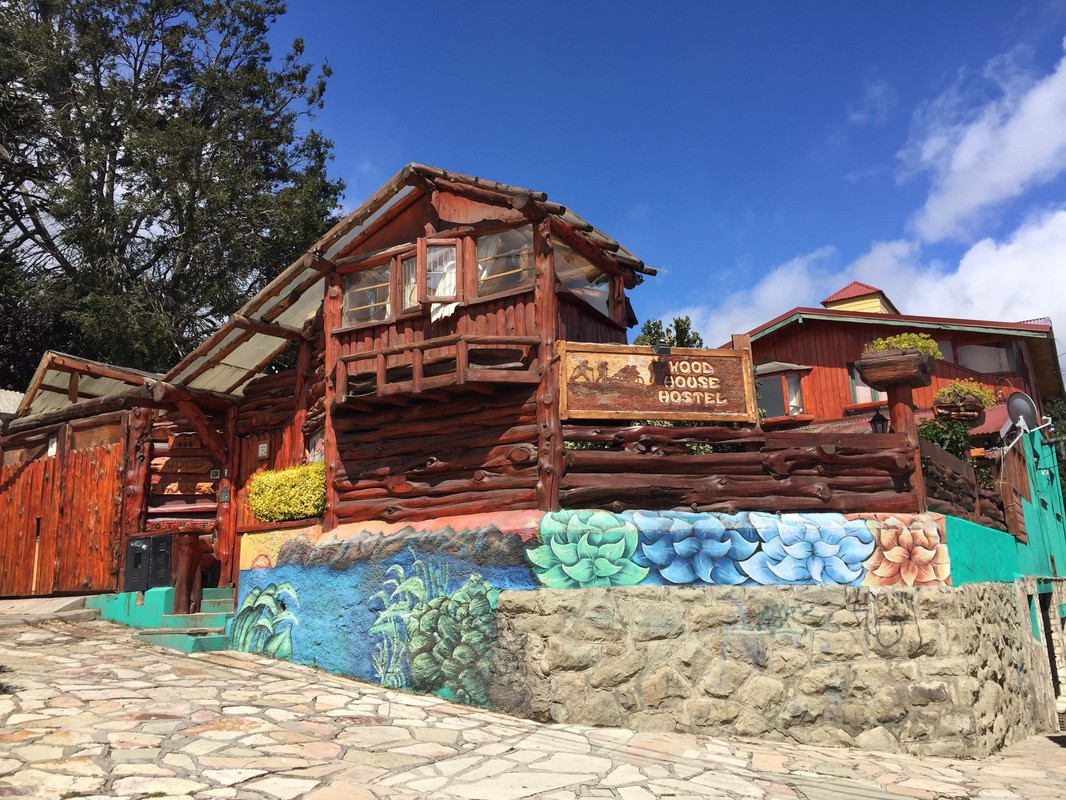
We've developed a fondness for taking in the scenery from comfortable lazyboy style seats on long bus rides - 14hrs to get here. This postcard pretty town with its Swiss alpine-style architecture is known for outdoor activities, chocolate and artisanal beer - what a great combo! (Bariloche, Jan 7-9)
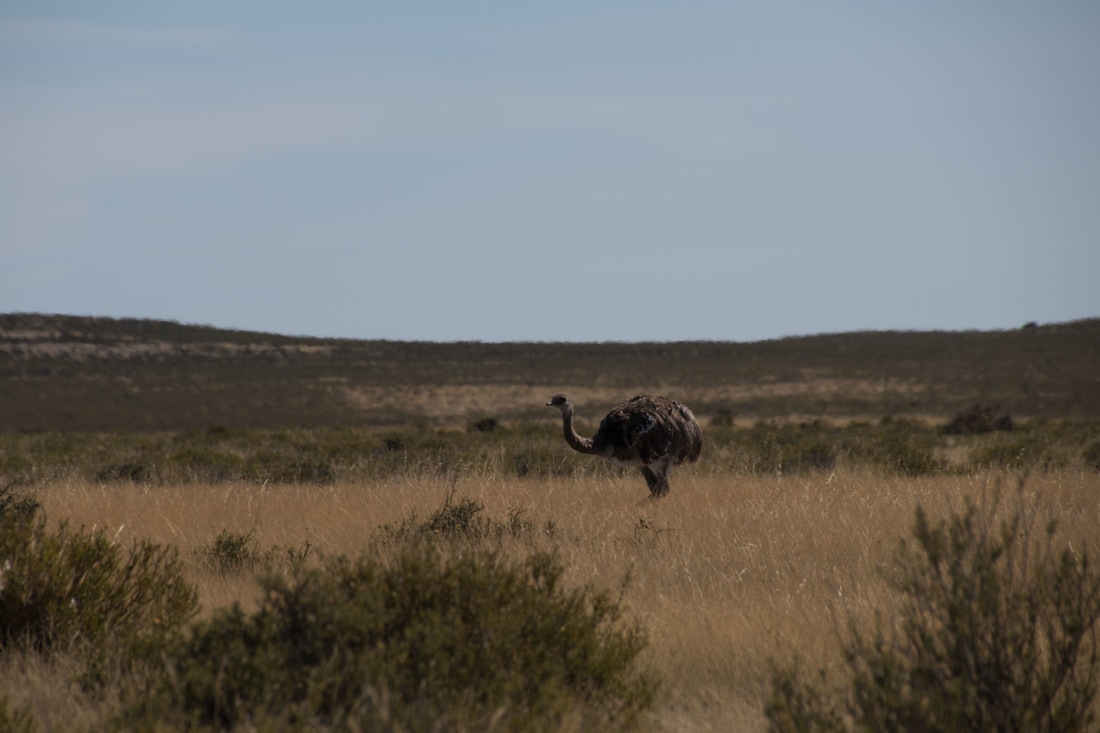
With the freedom of a rental car and the orderliness of the Argentine roads we explored the Patagonian steppe over a couple of days. The 300km of gravel roads that traversed the Valdez Peninsula Reserve offered great wildlife viewing - the animals all being cousins of their more well known counterparts. Above is the Lesser Rhea (Puerto Pirimades, Jan 6)
There seemed to be a lot of graffiti in the city, ranging from the ugly to the beautiful.
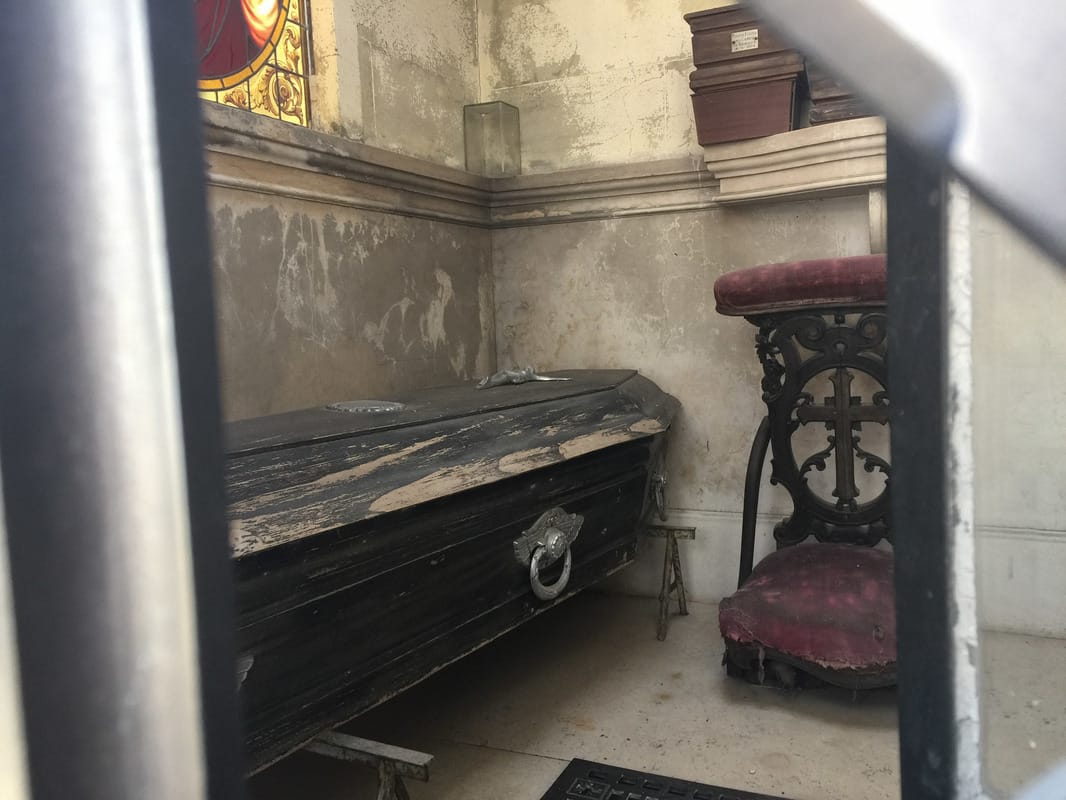
Some of the vaults were set up for the living to spend time with their loved ones. With a few families not paying to maintain their mausoleums they were in a state of disrepair - there were places where the coffins were exposed and within touching distance, adding to the general creepiness. (Buenos Aires, Dec 28)
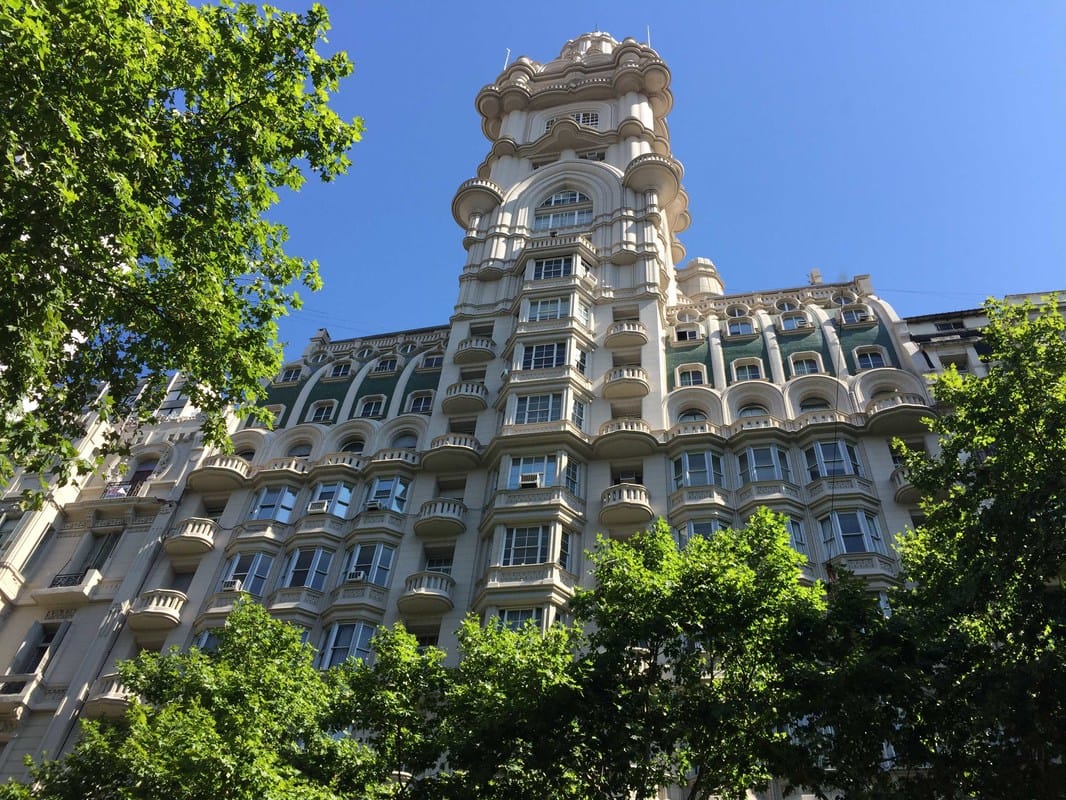
During one of our walking tours of the city a guide told us that the design of this building was based on Dante's poem, The Divine Comedy, where Dante travels through the afterlife; first to Hell, then up to Purgatory and finally to Heaven. It was such a unique building because the bottom (Hell) was relatively plain, then Purgatory more decorative and Heaven's top floors, with their whimsical balconies, looked like fluffy clouds against the blue sky. Inside, the elevator ends near the top of the Purgatory floors so that you have to walk the rest of the way to enter Heaven.
